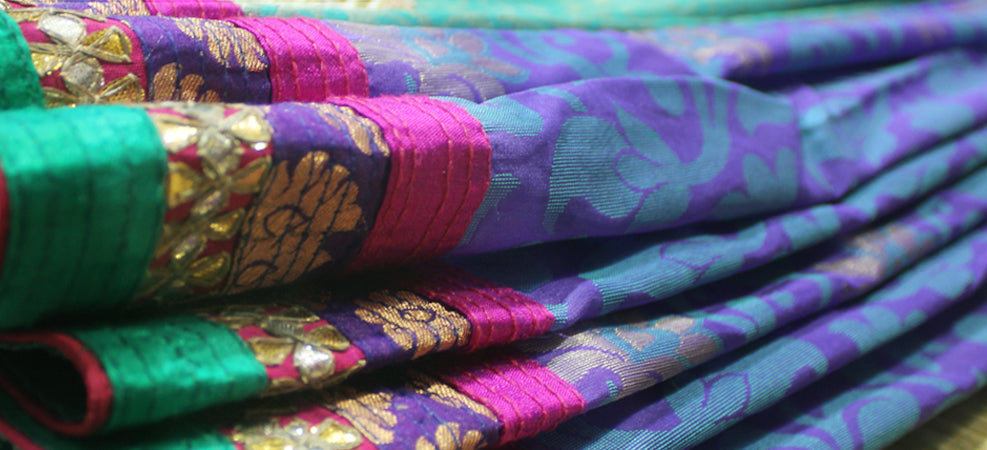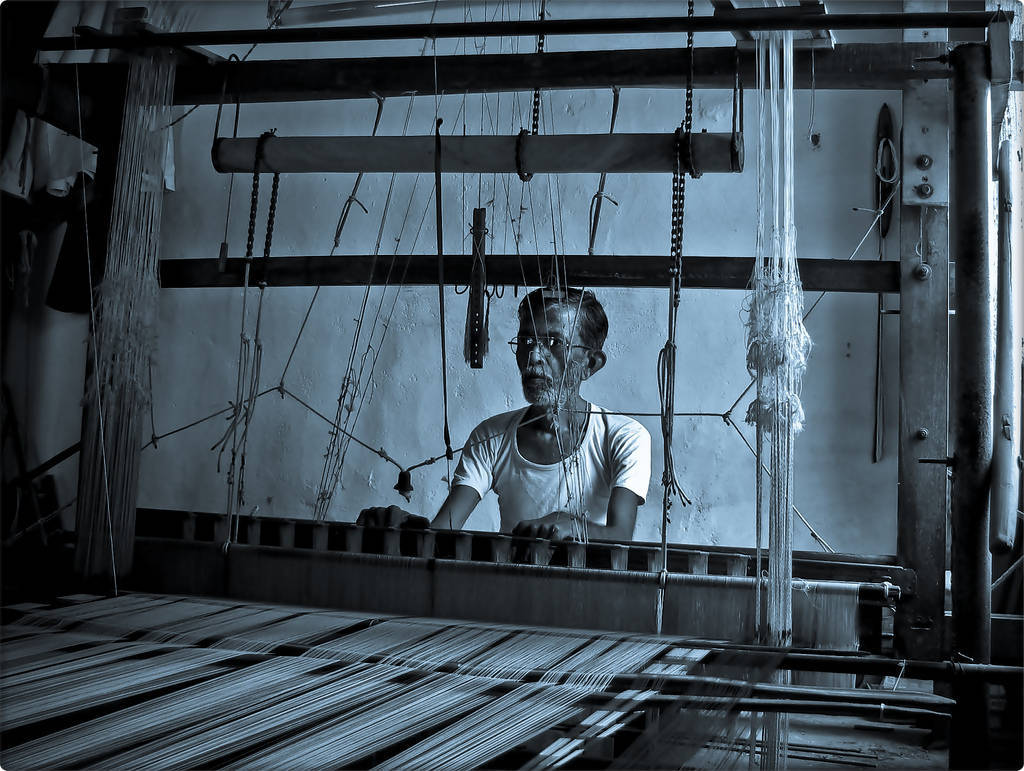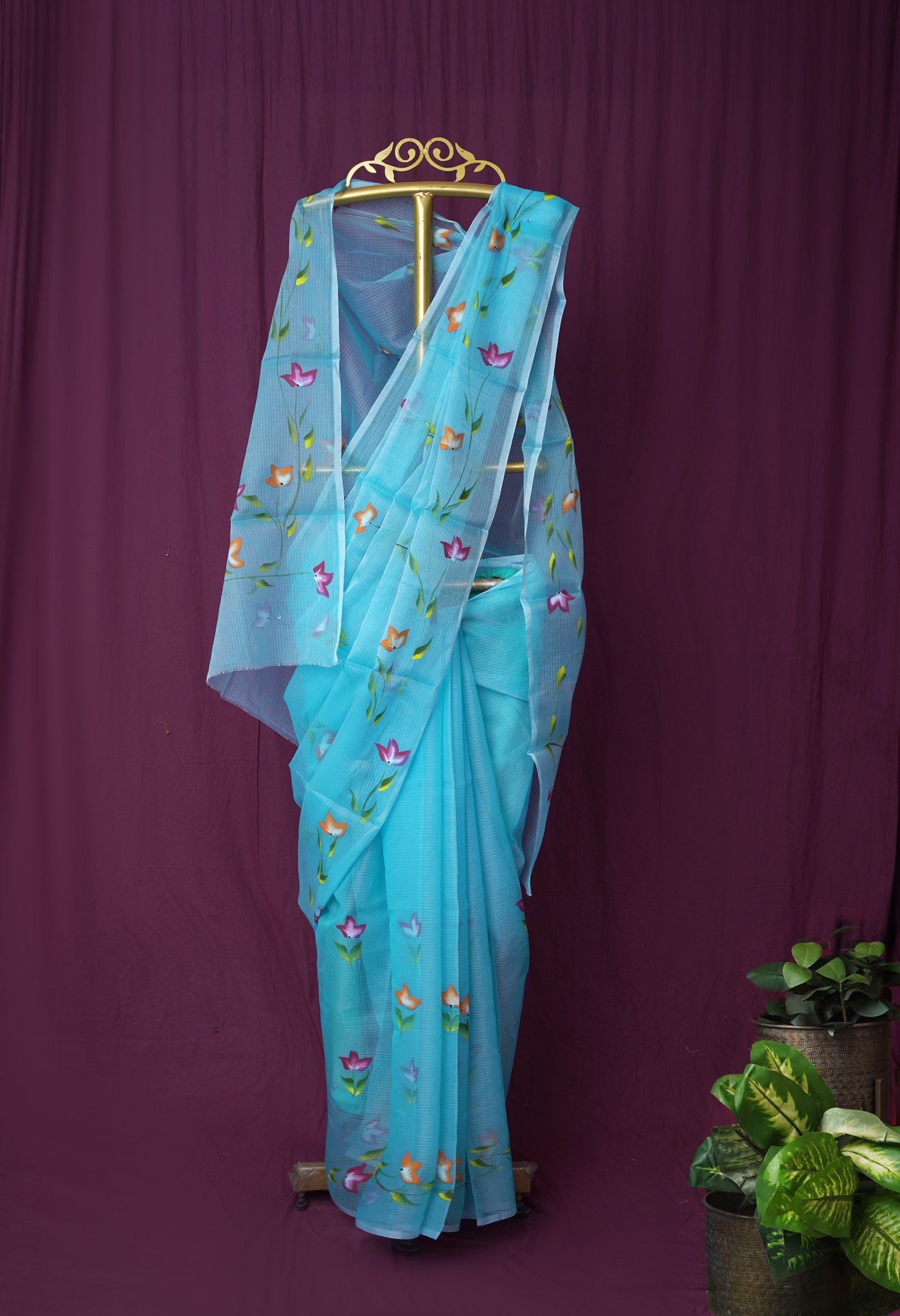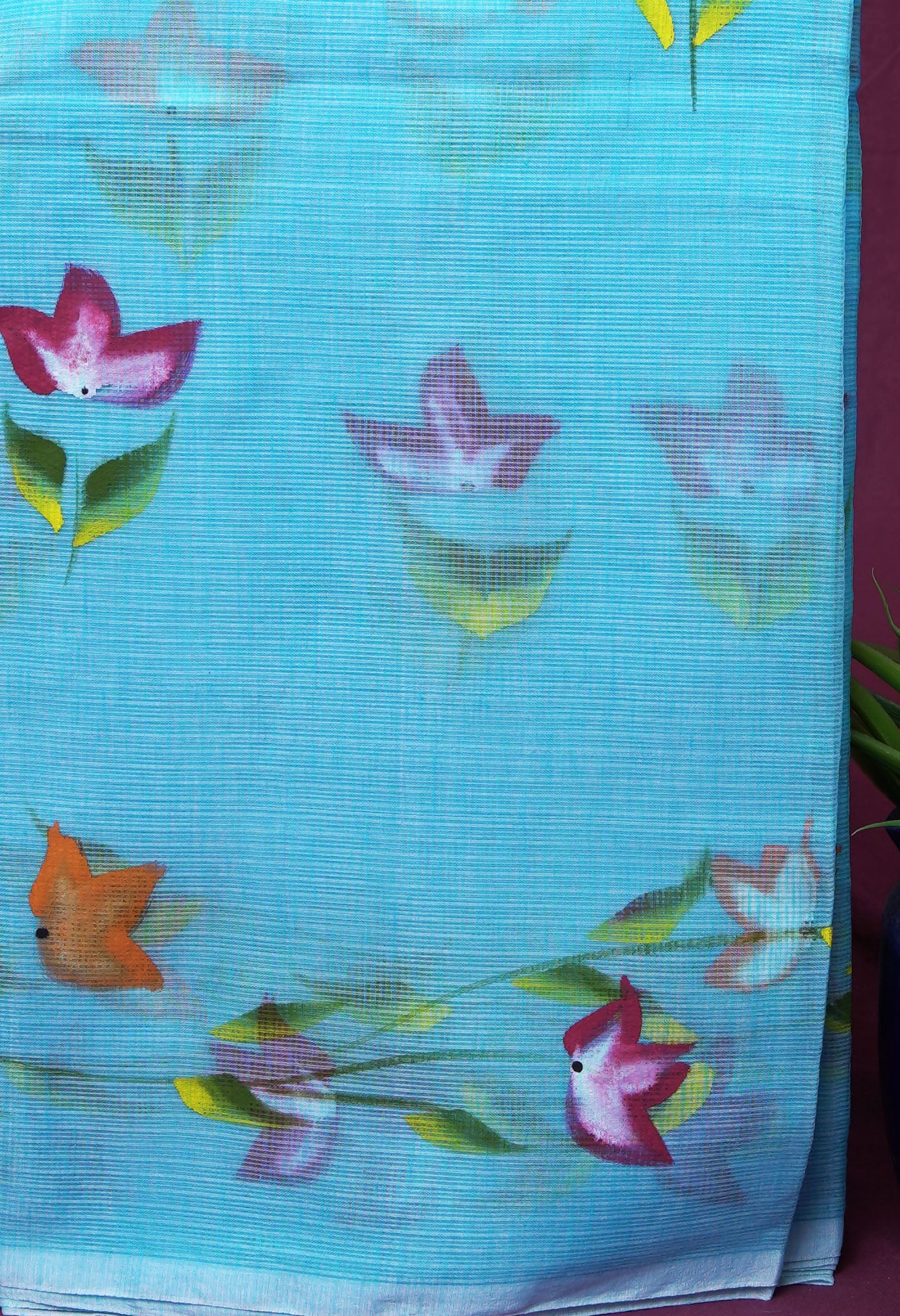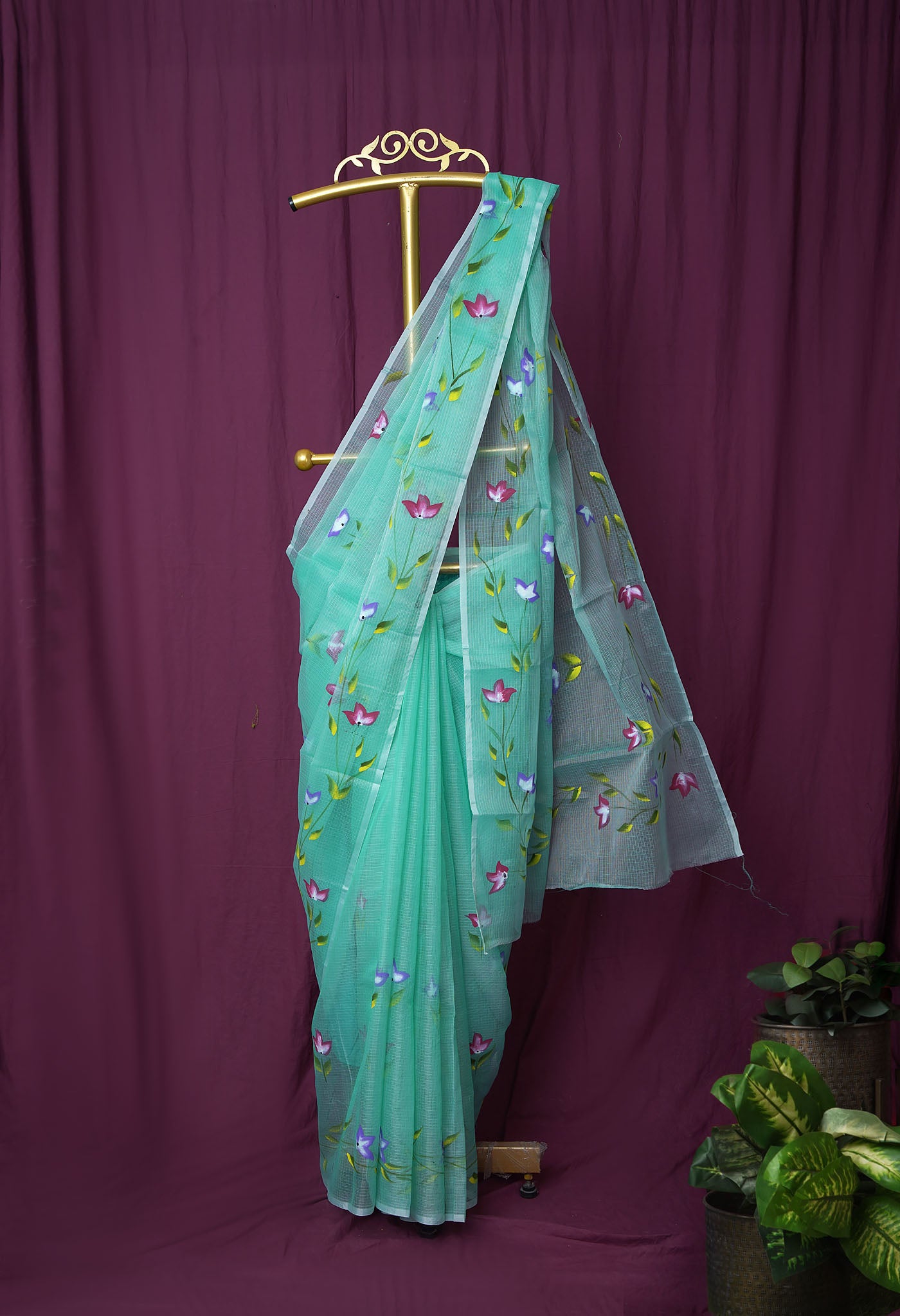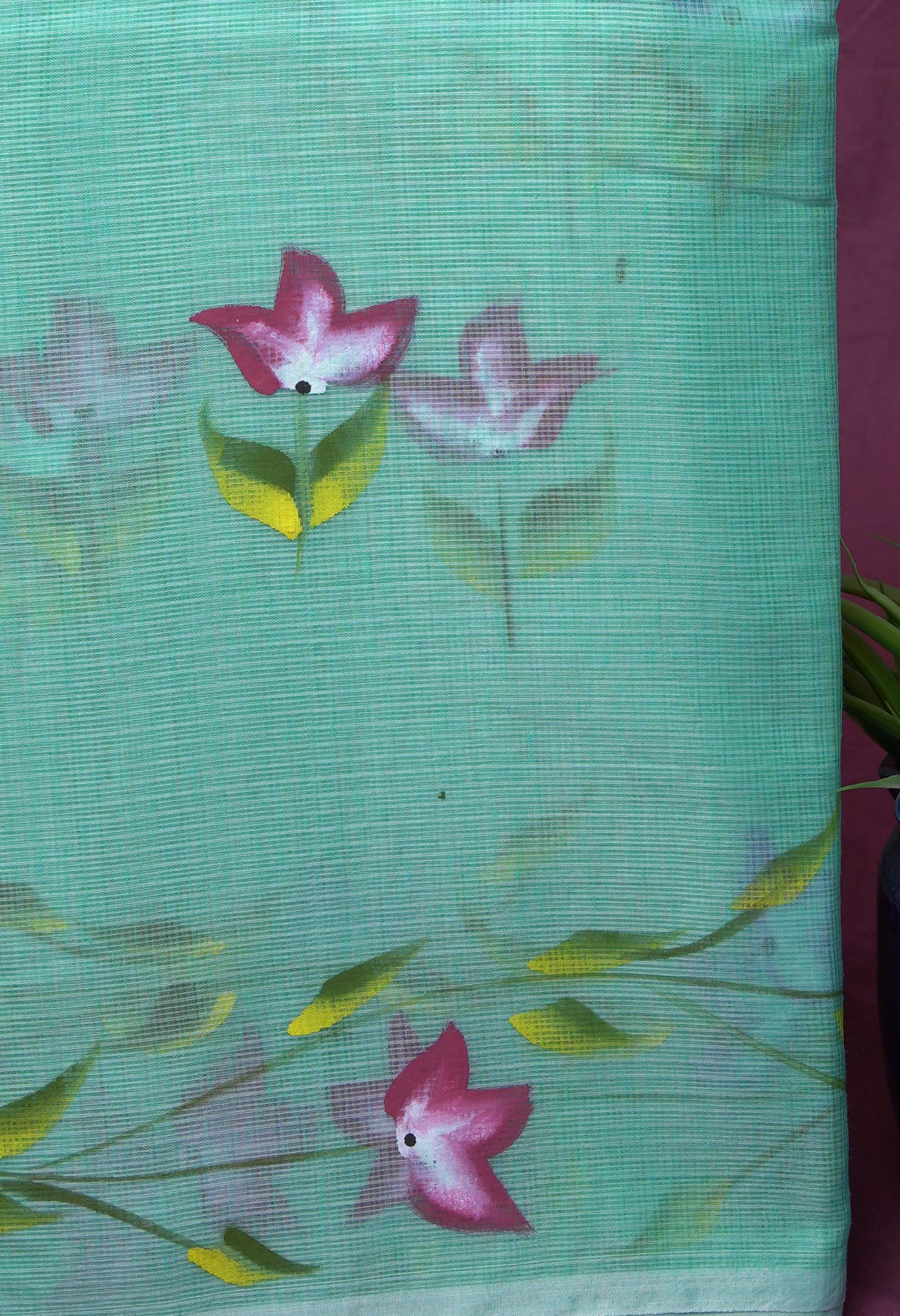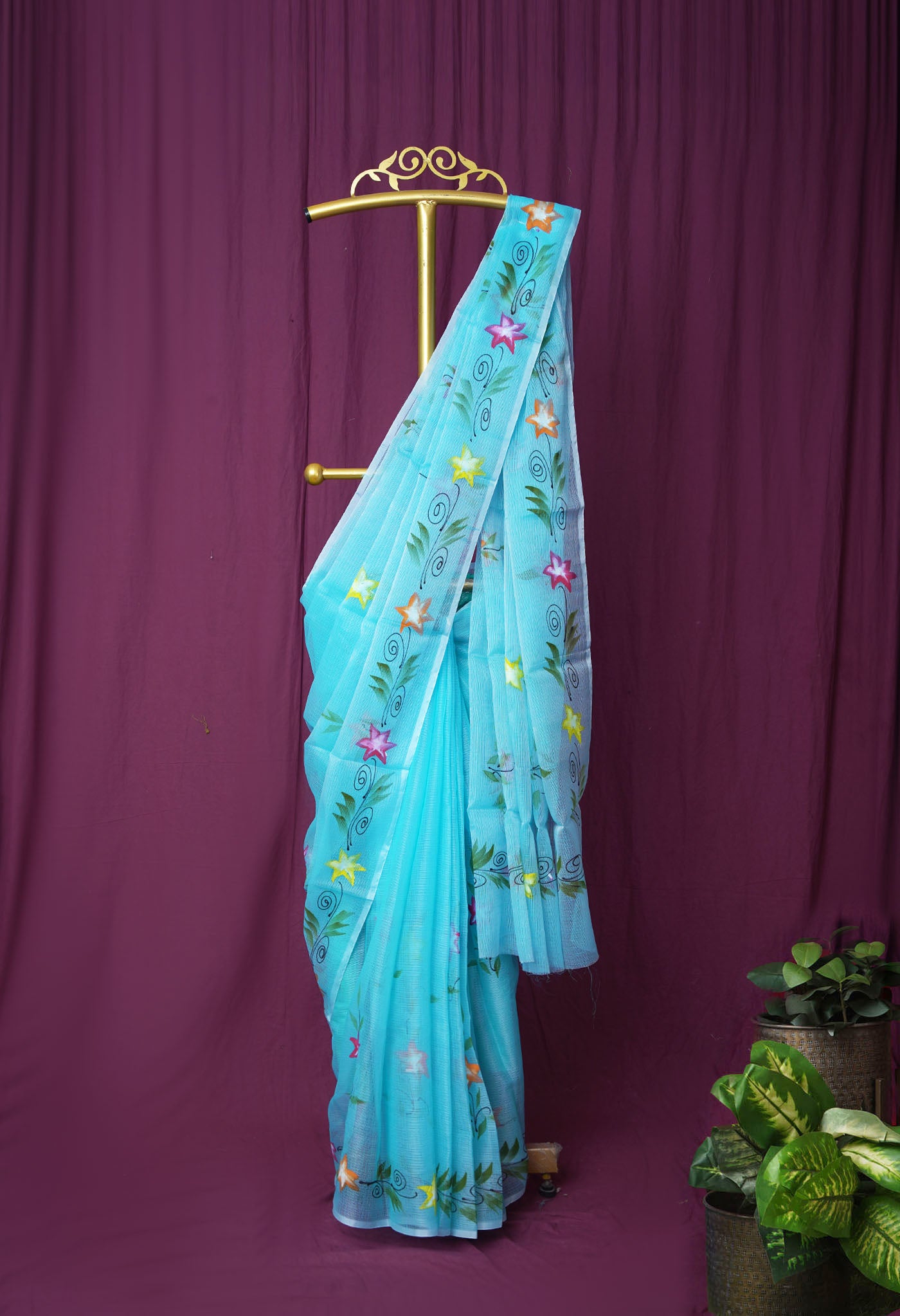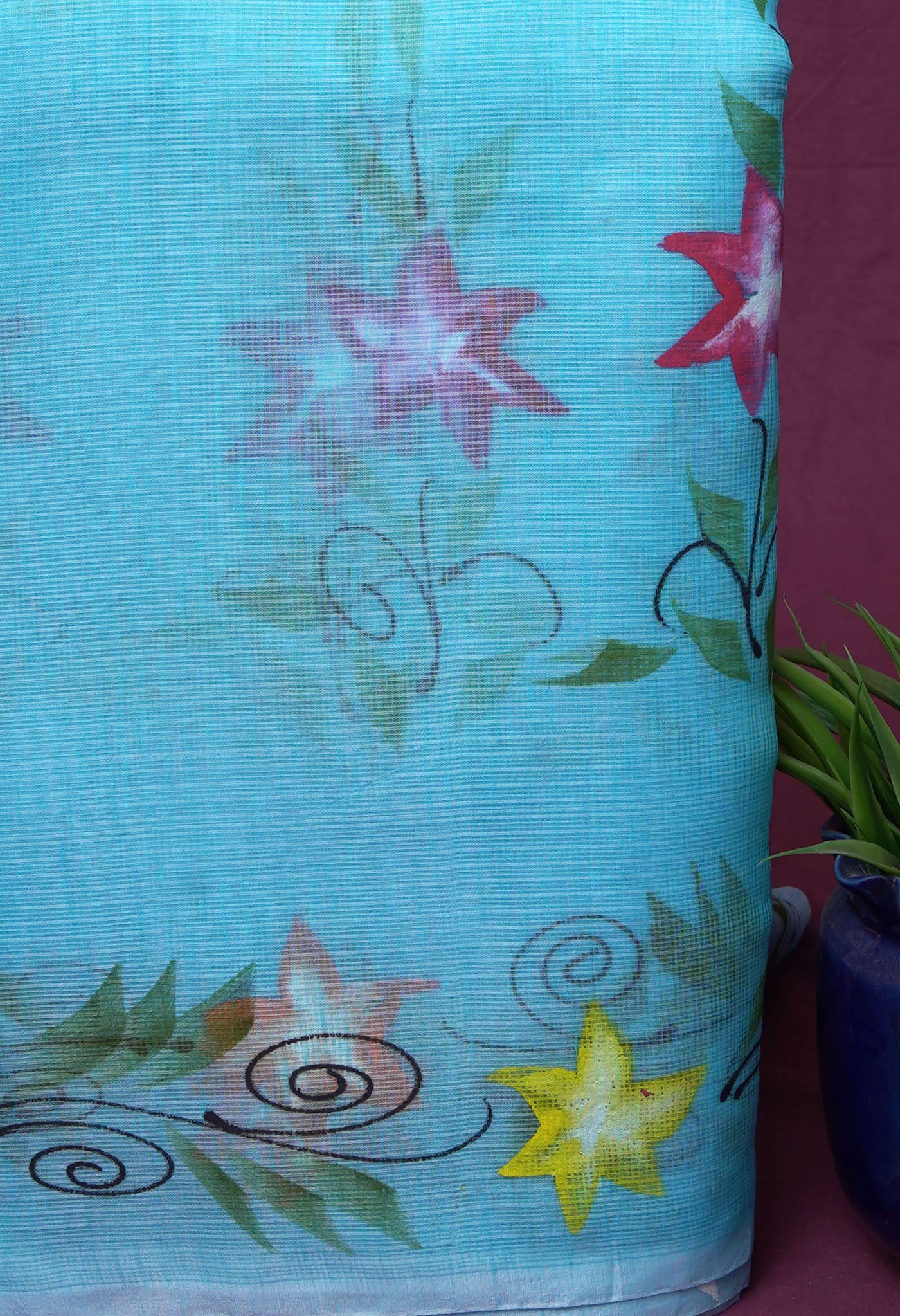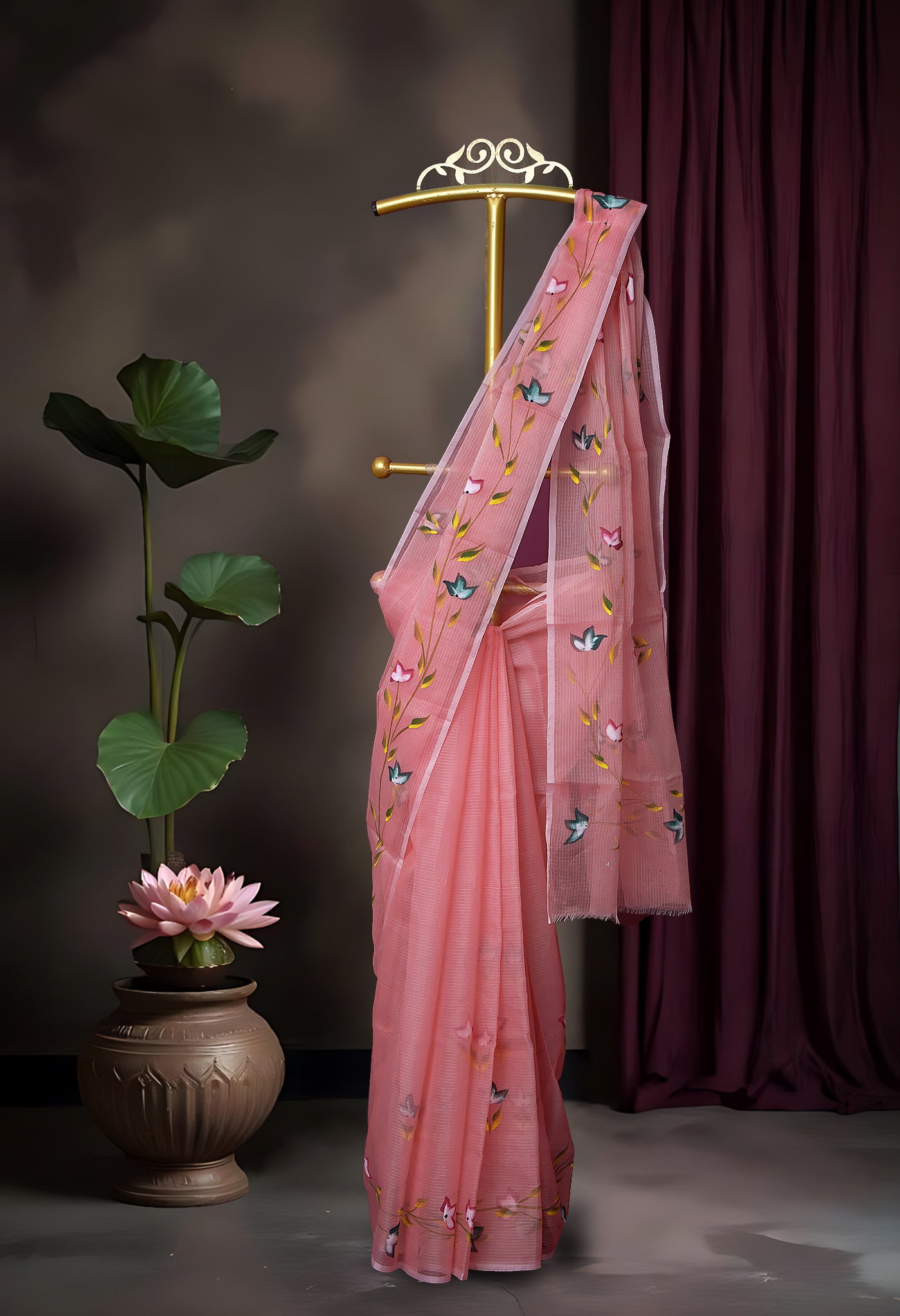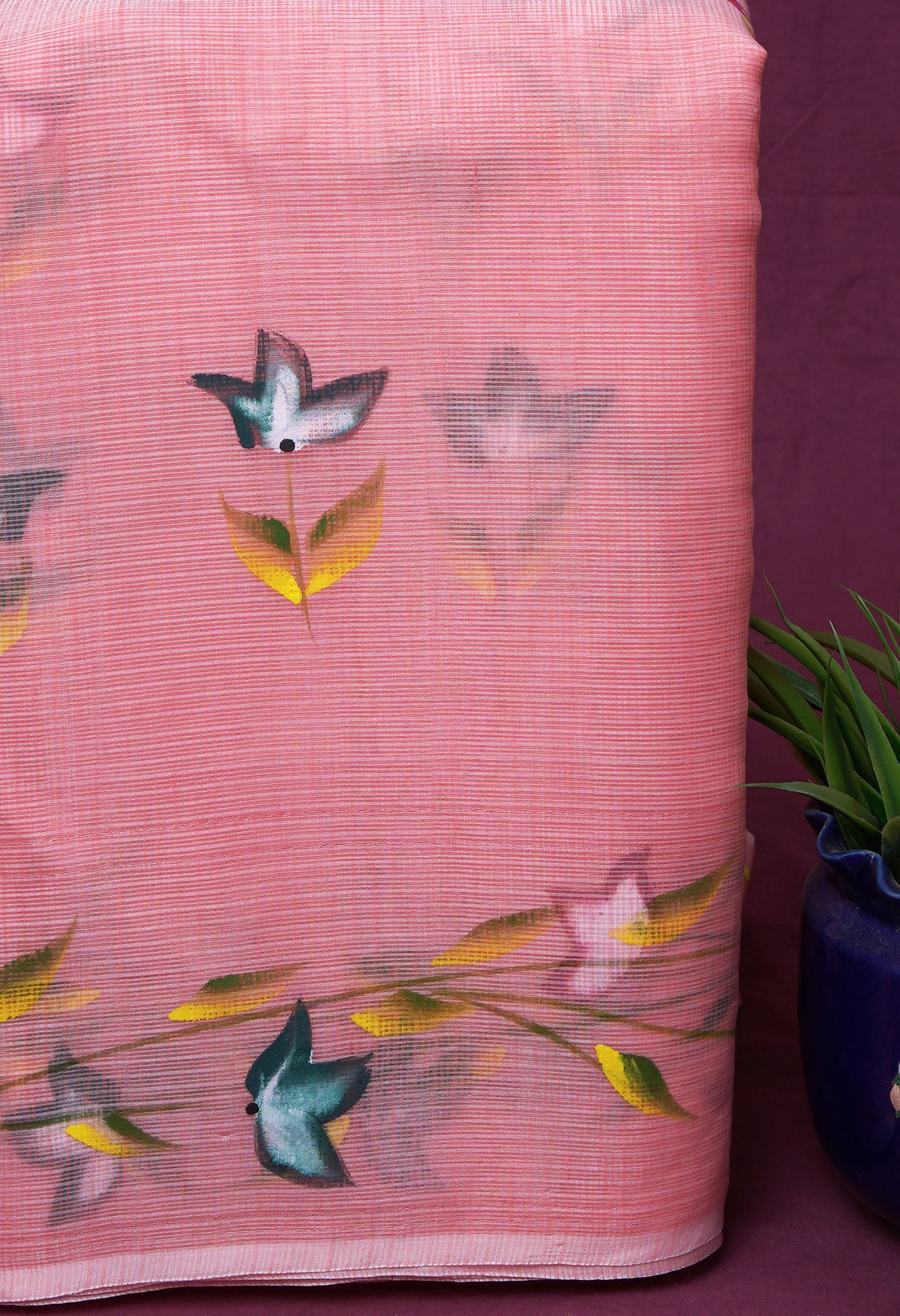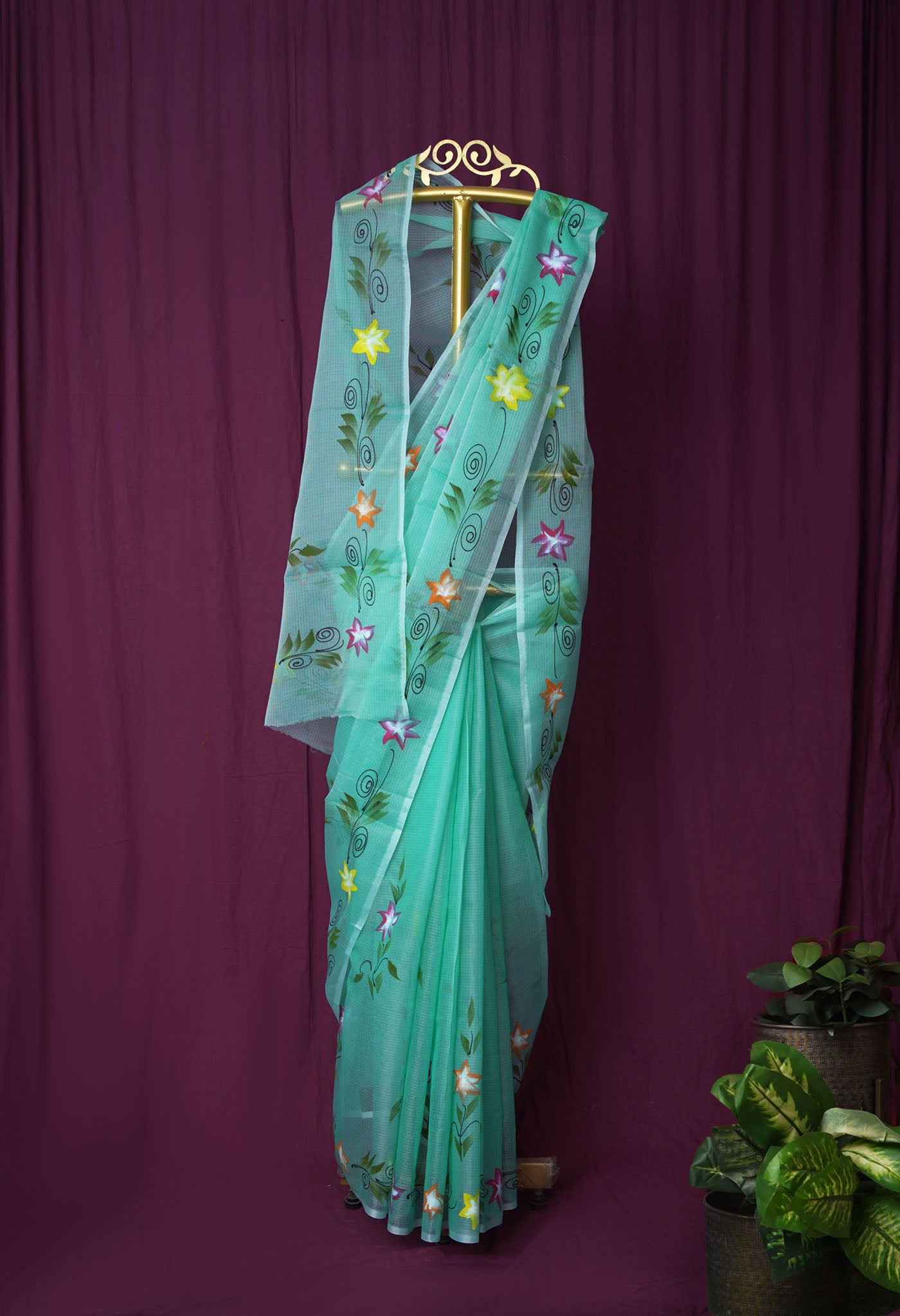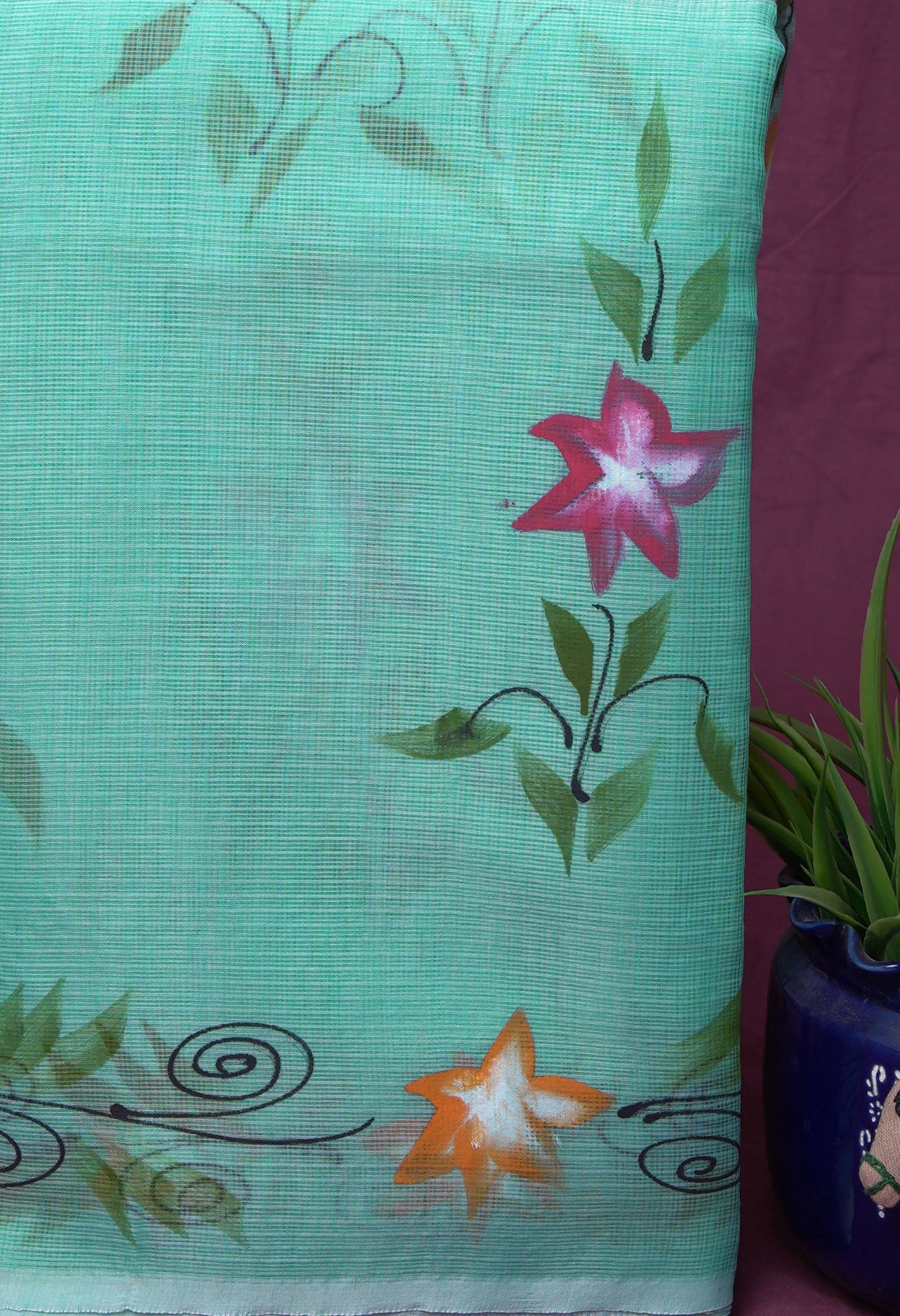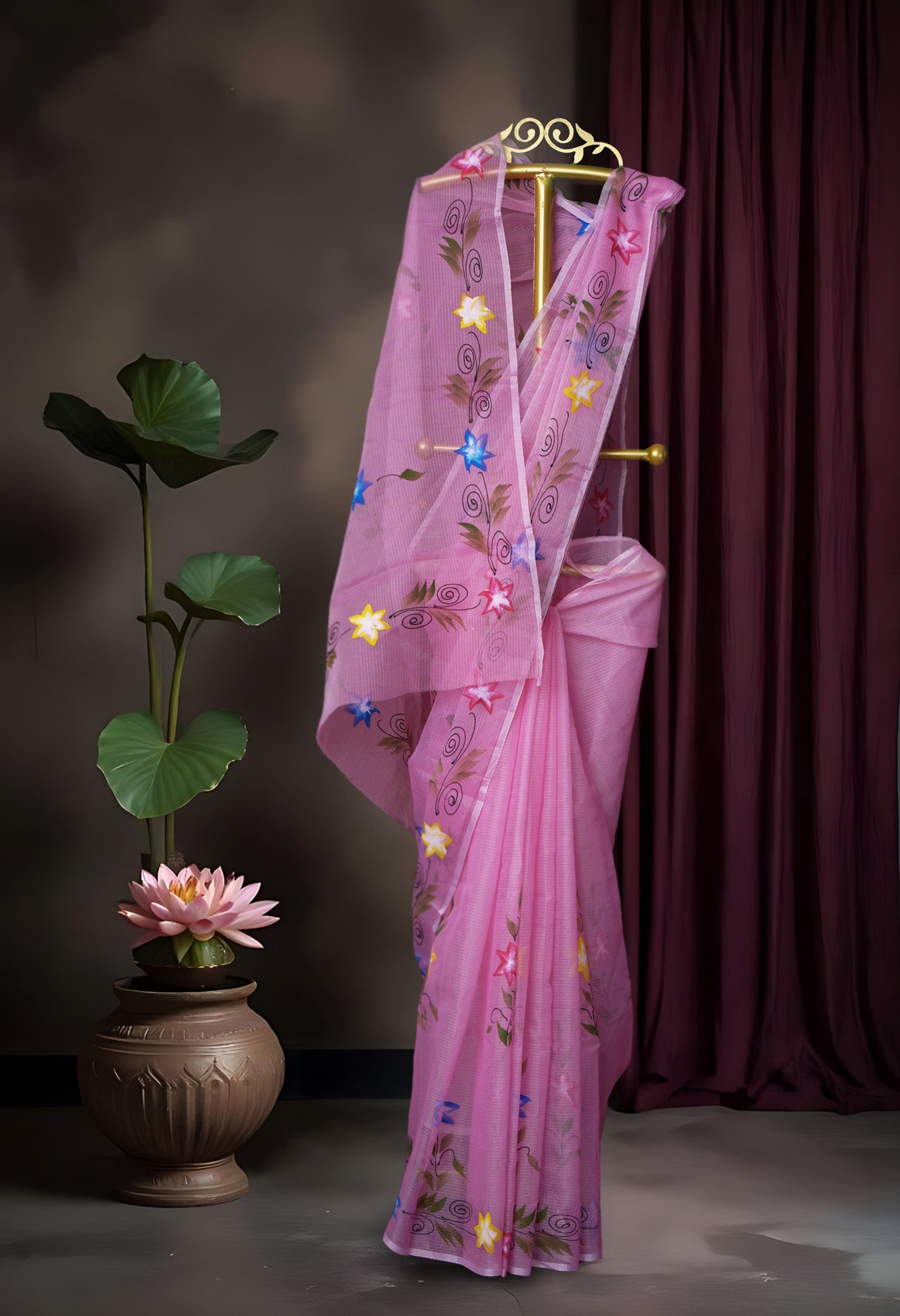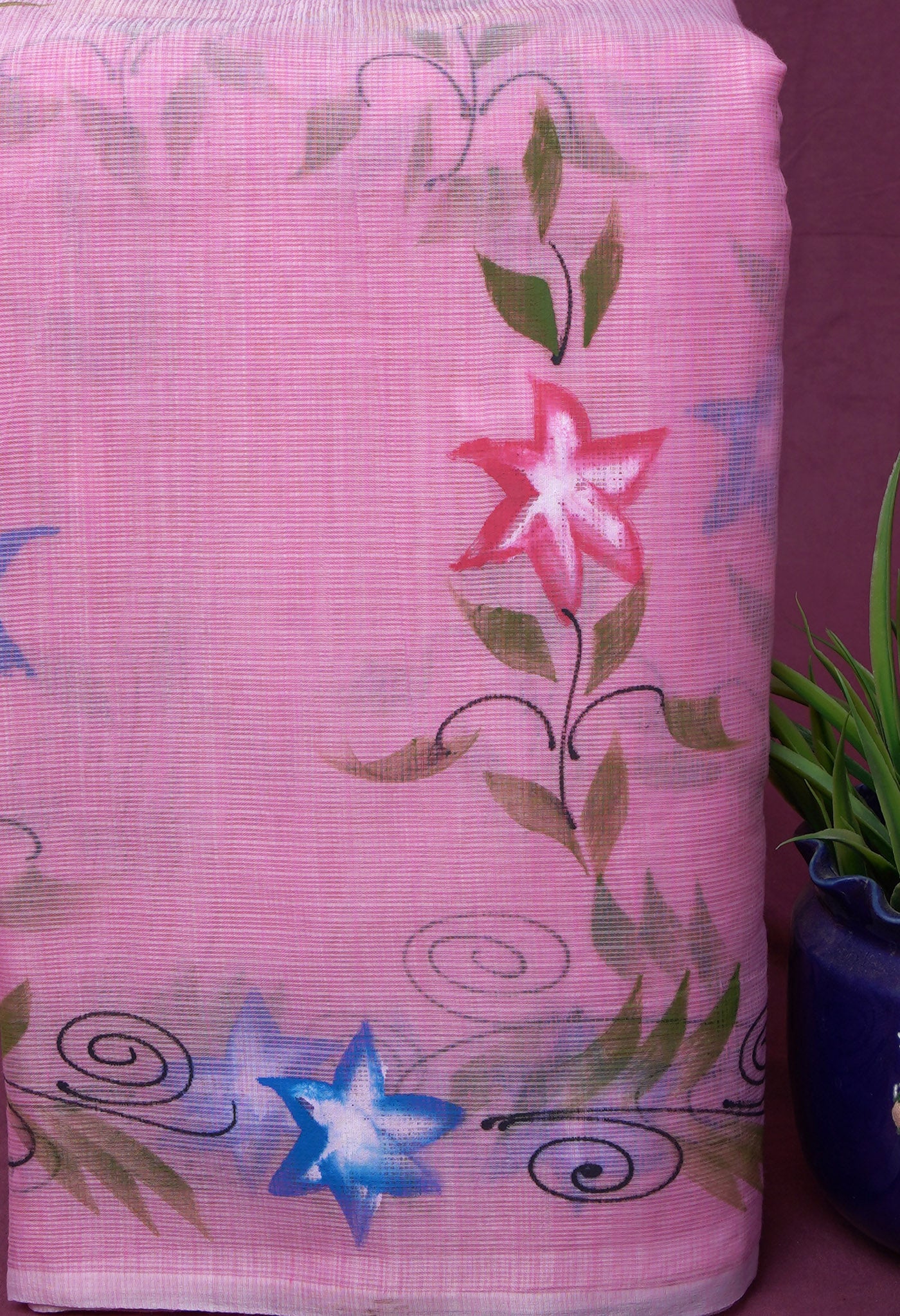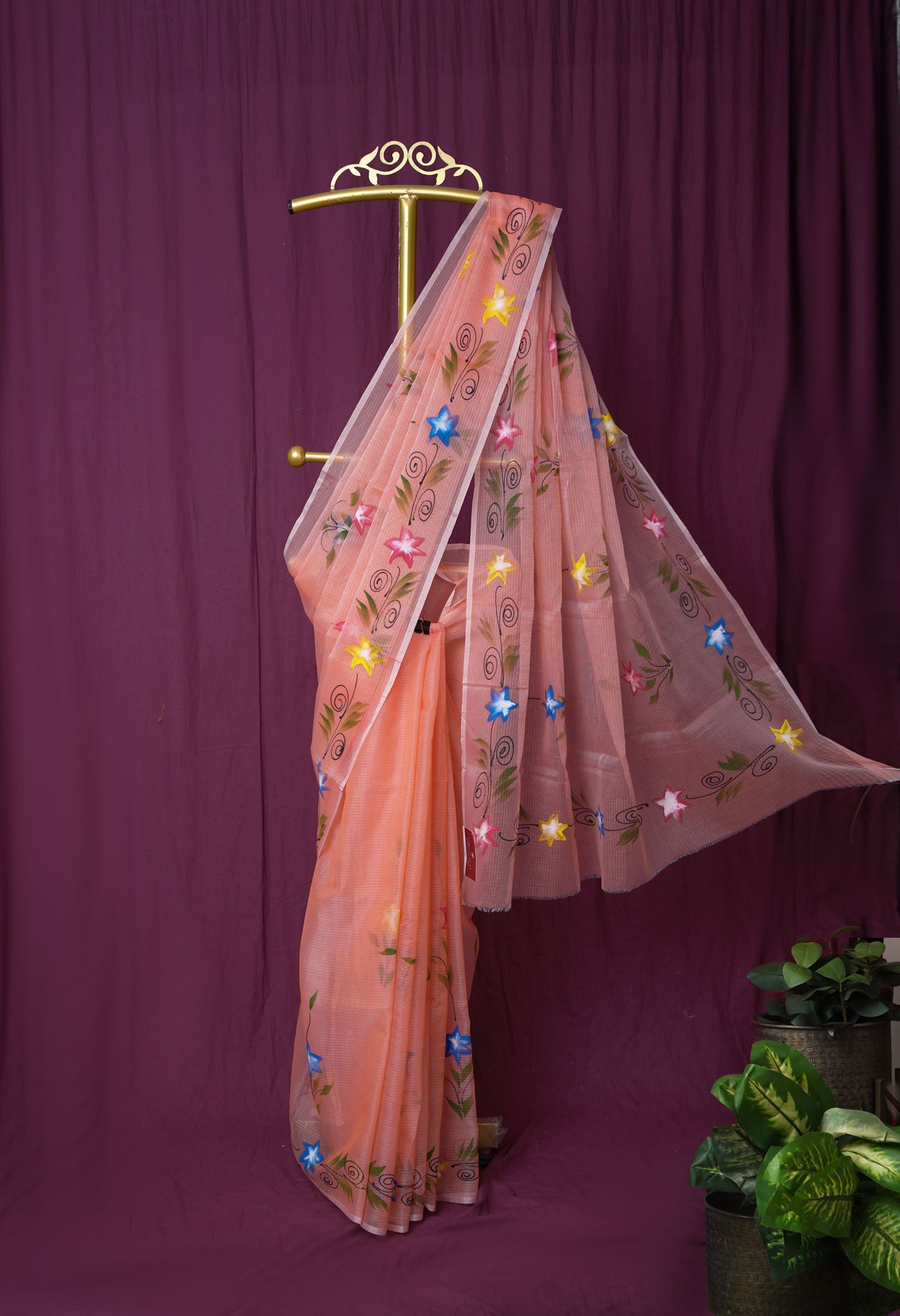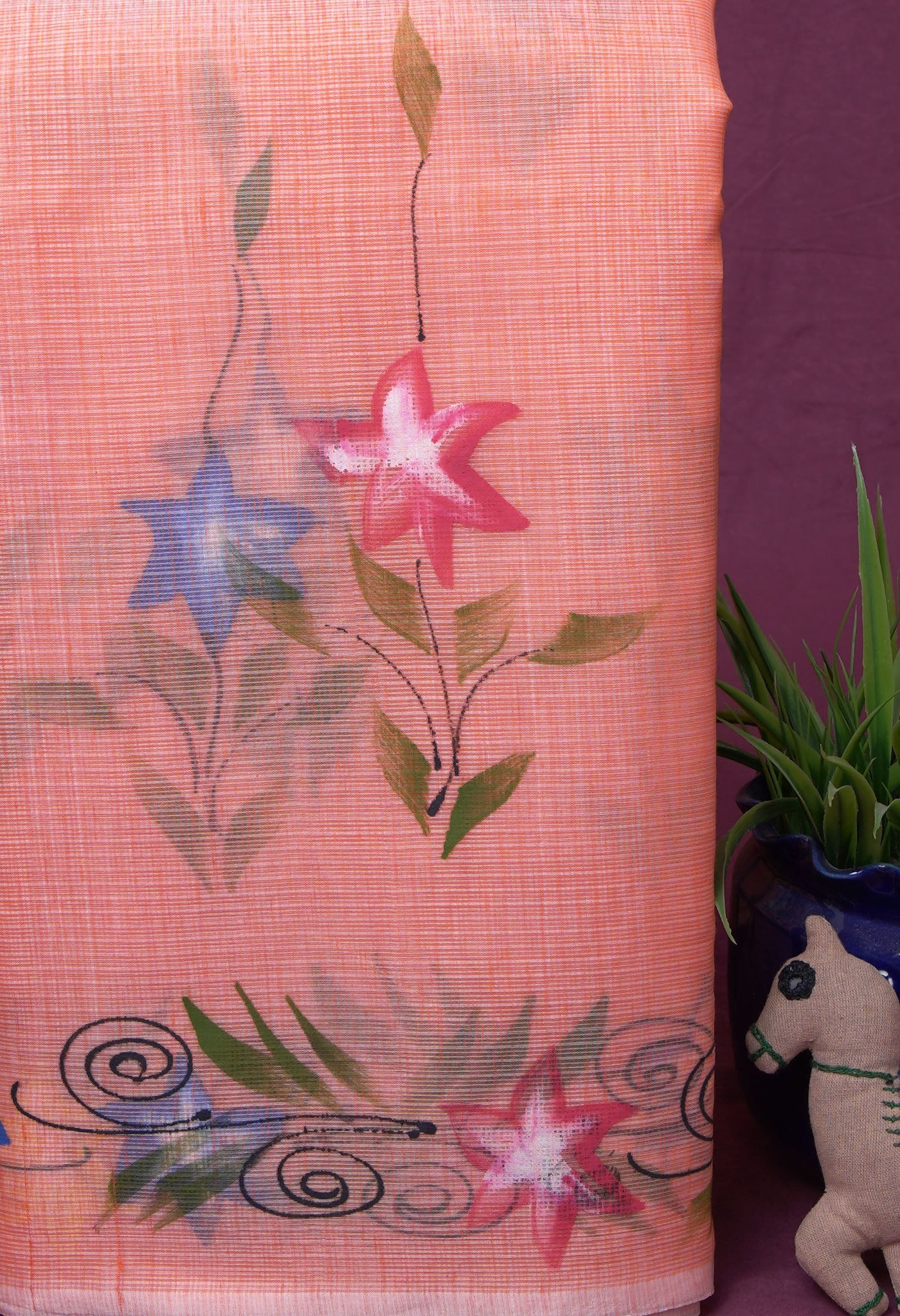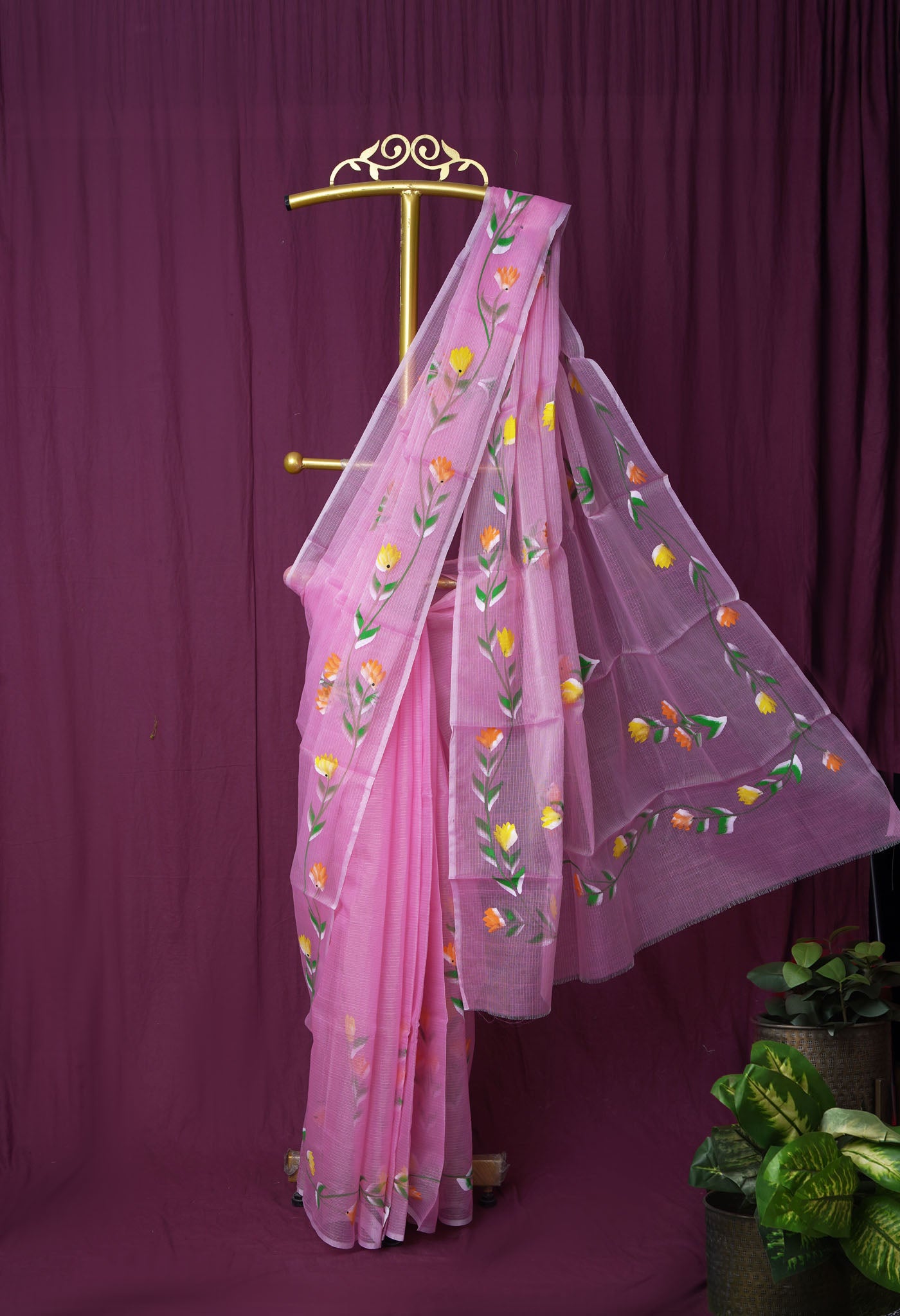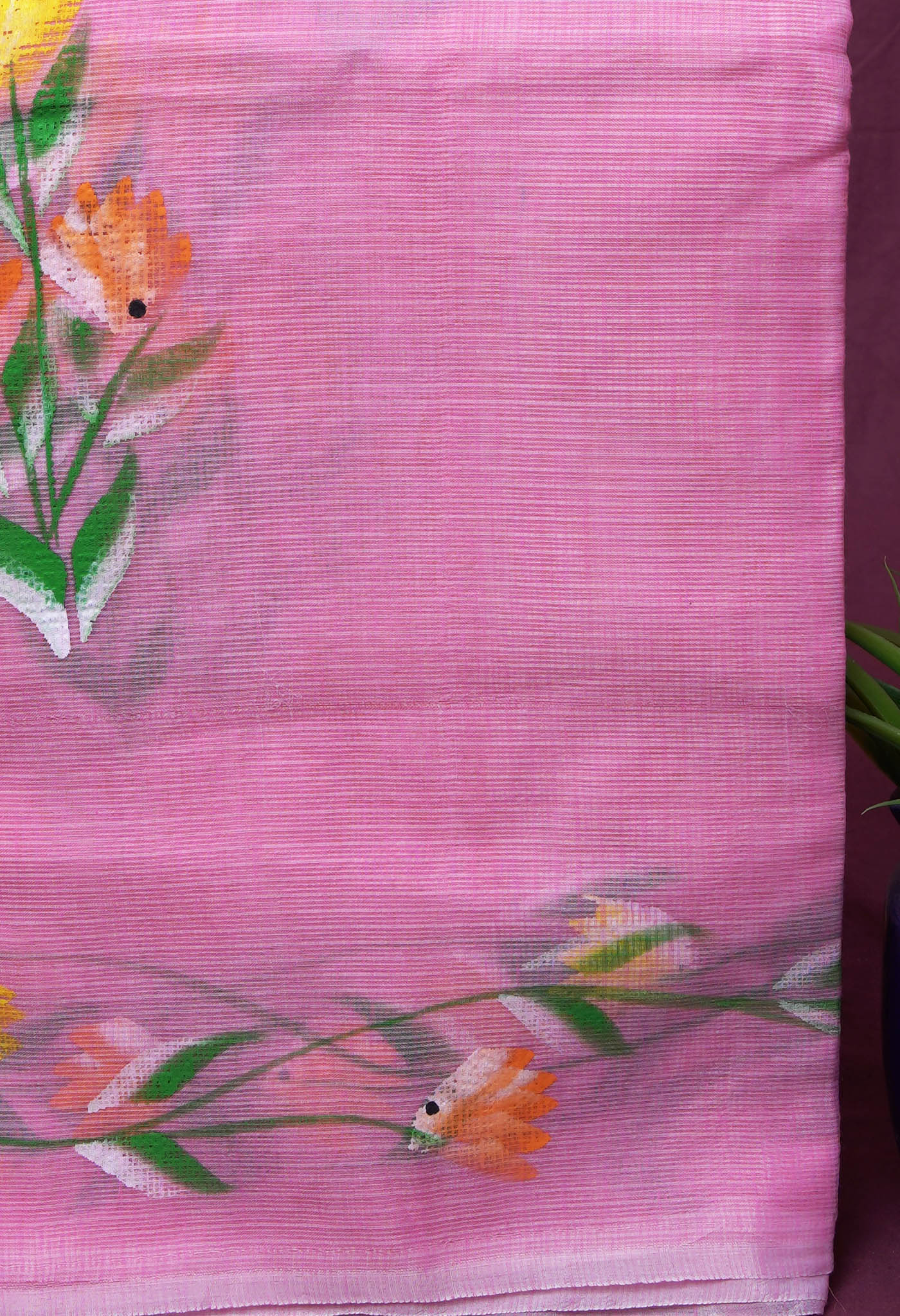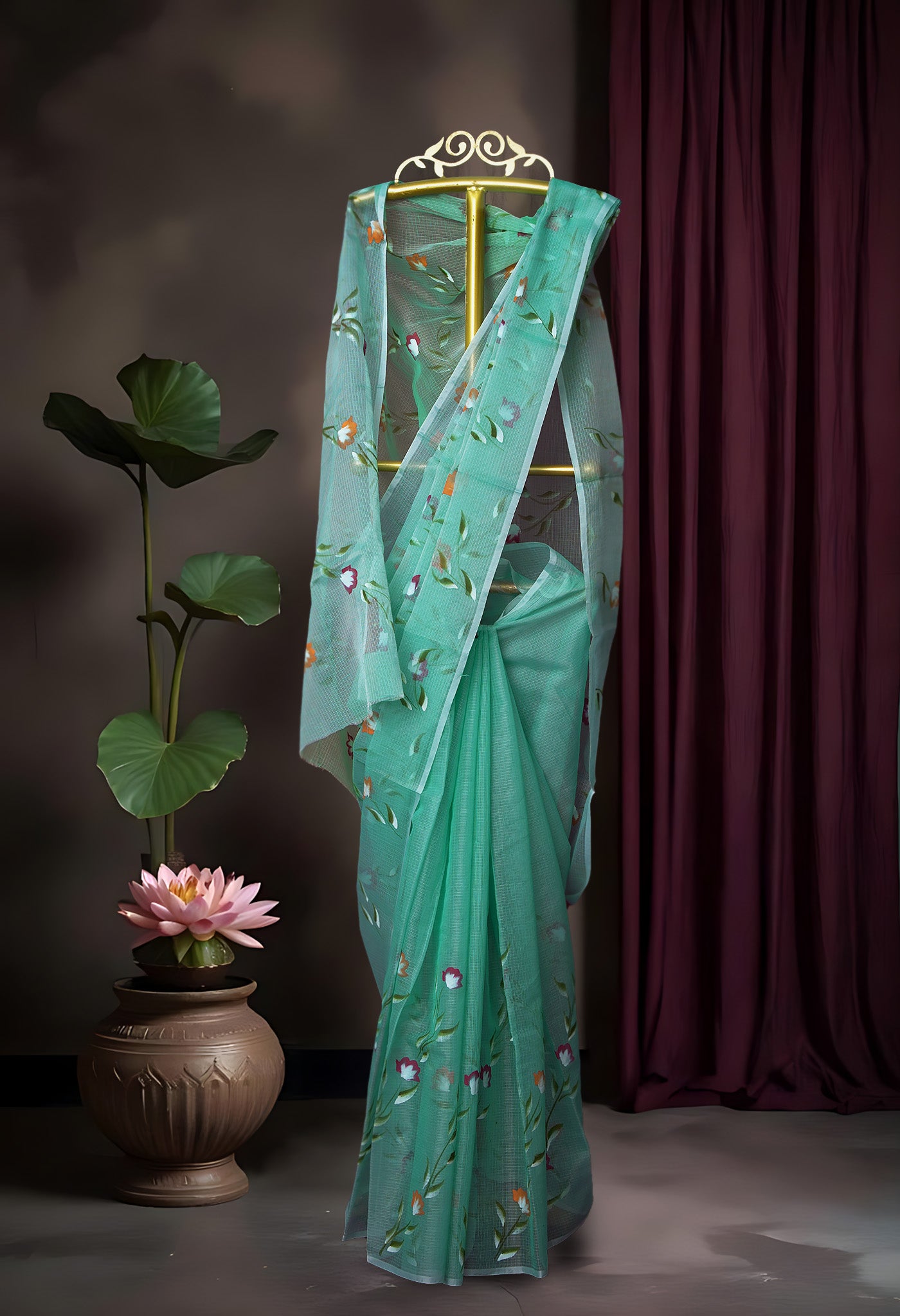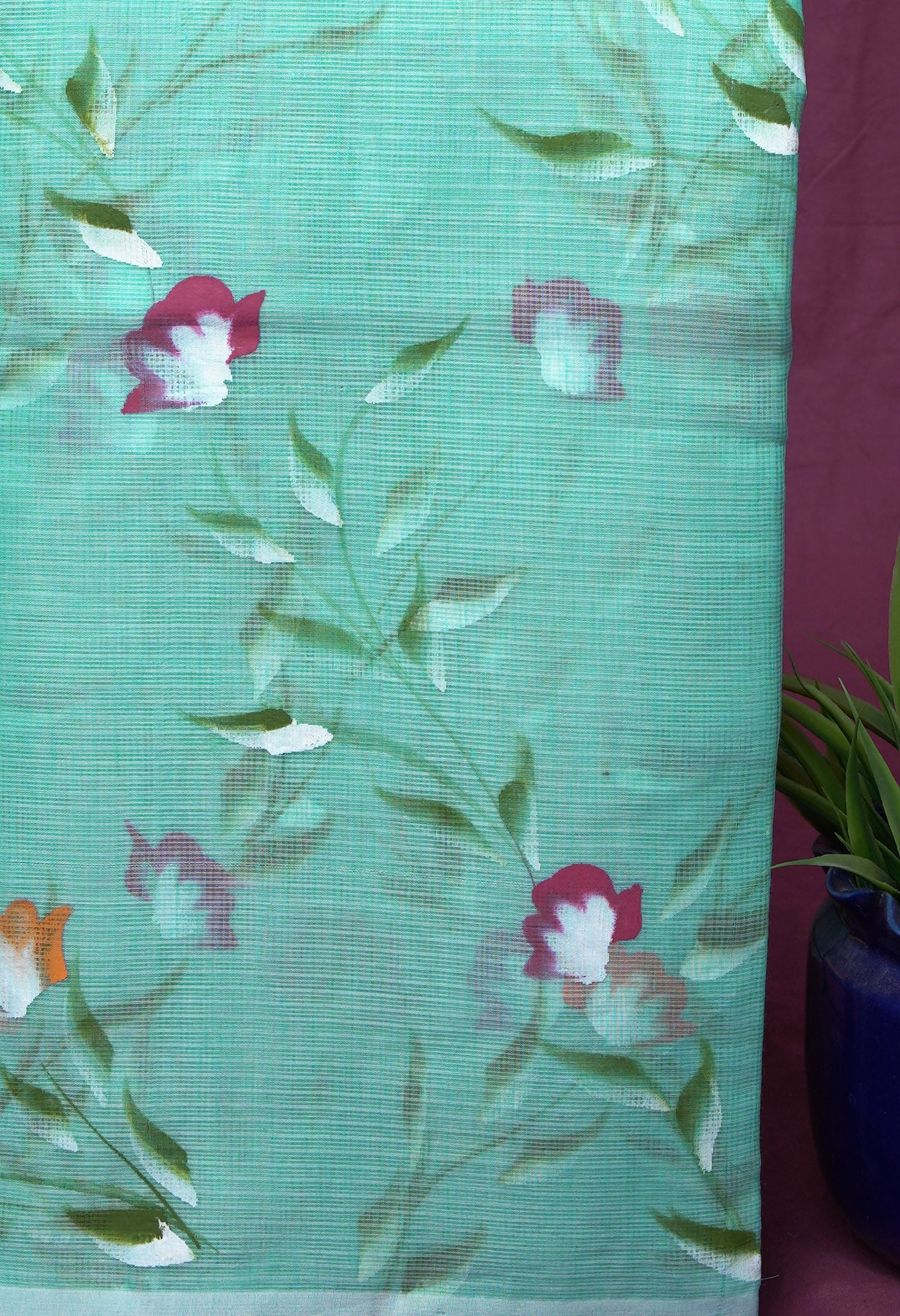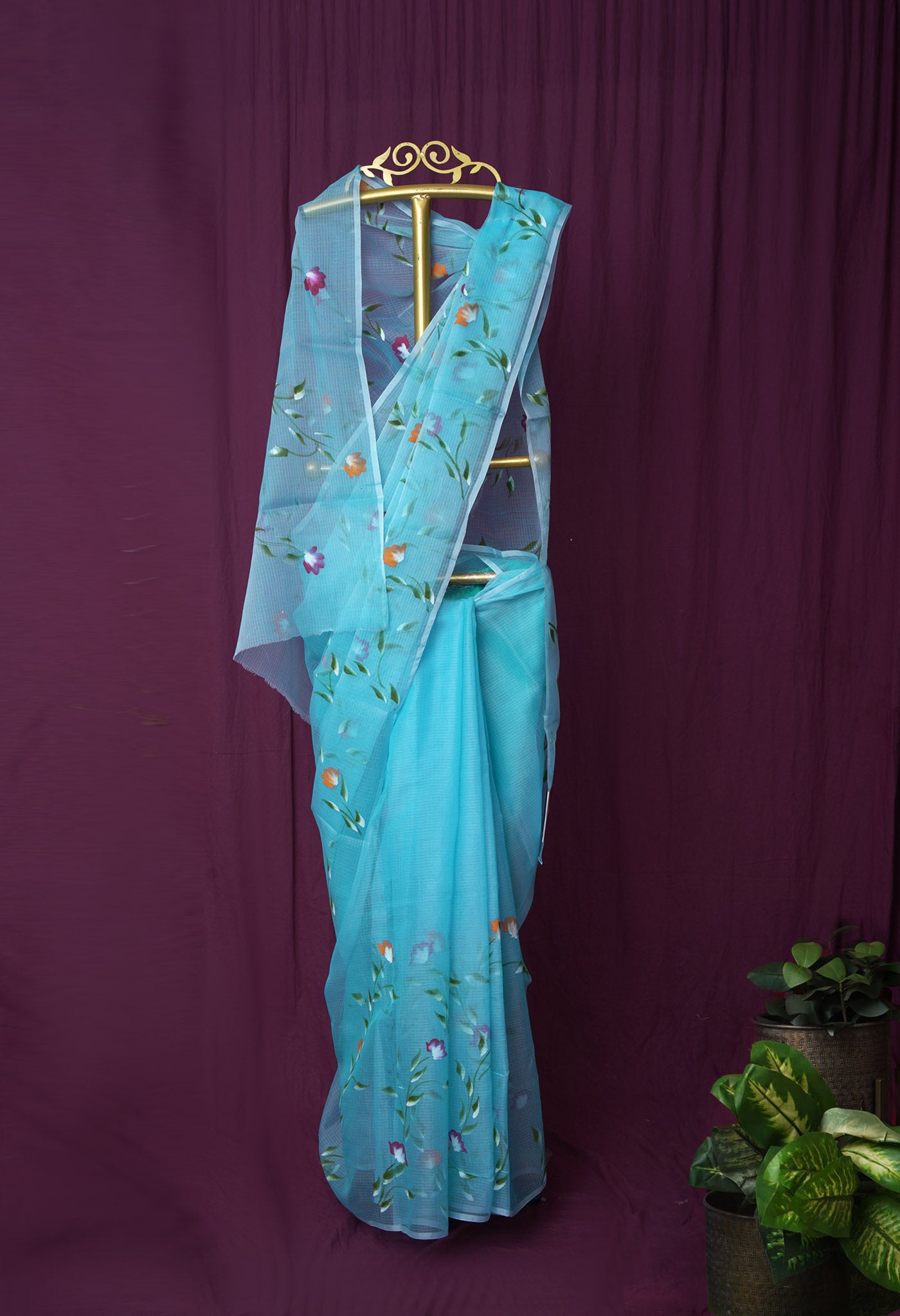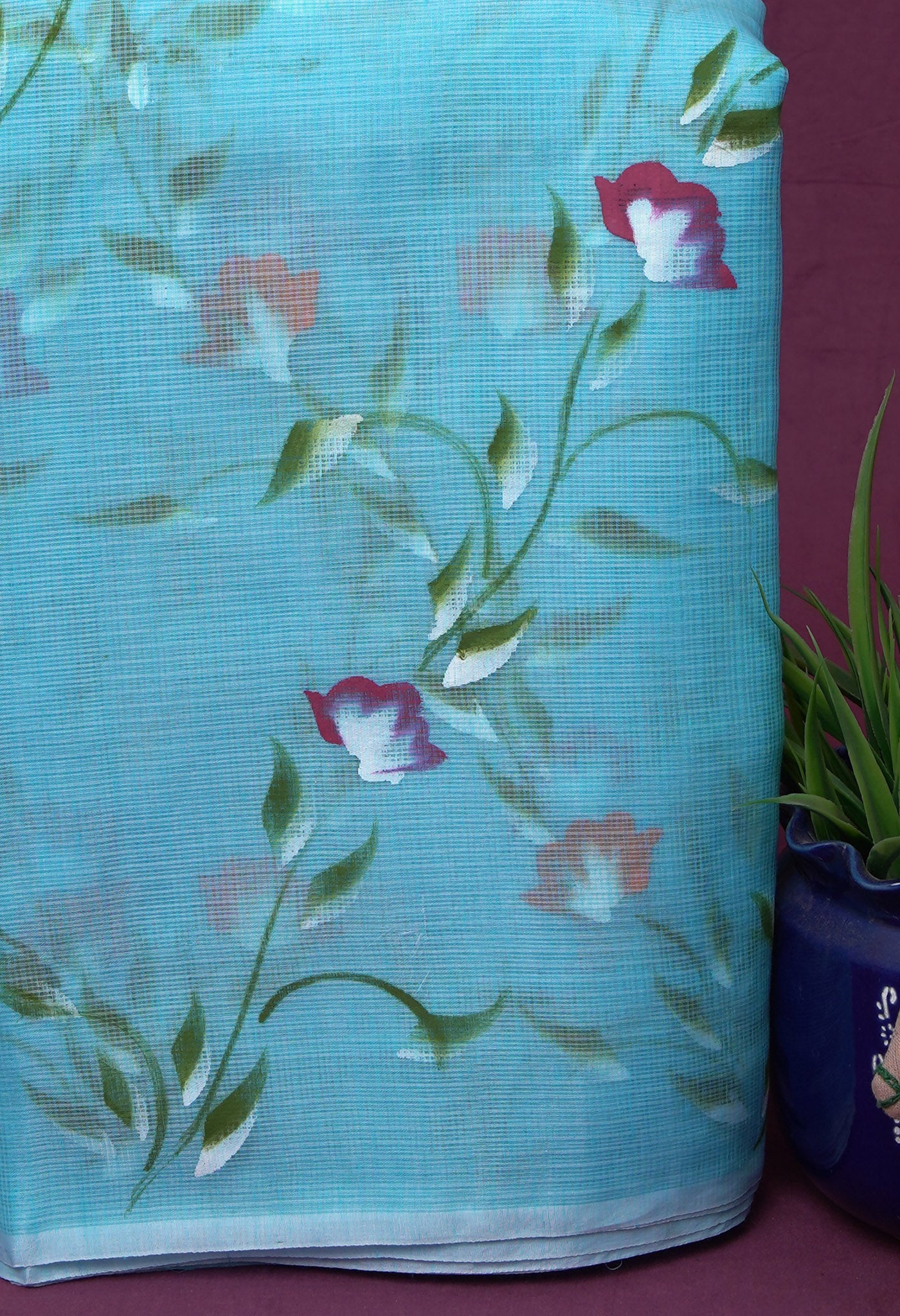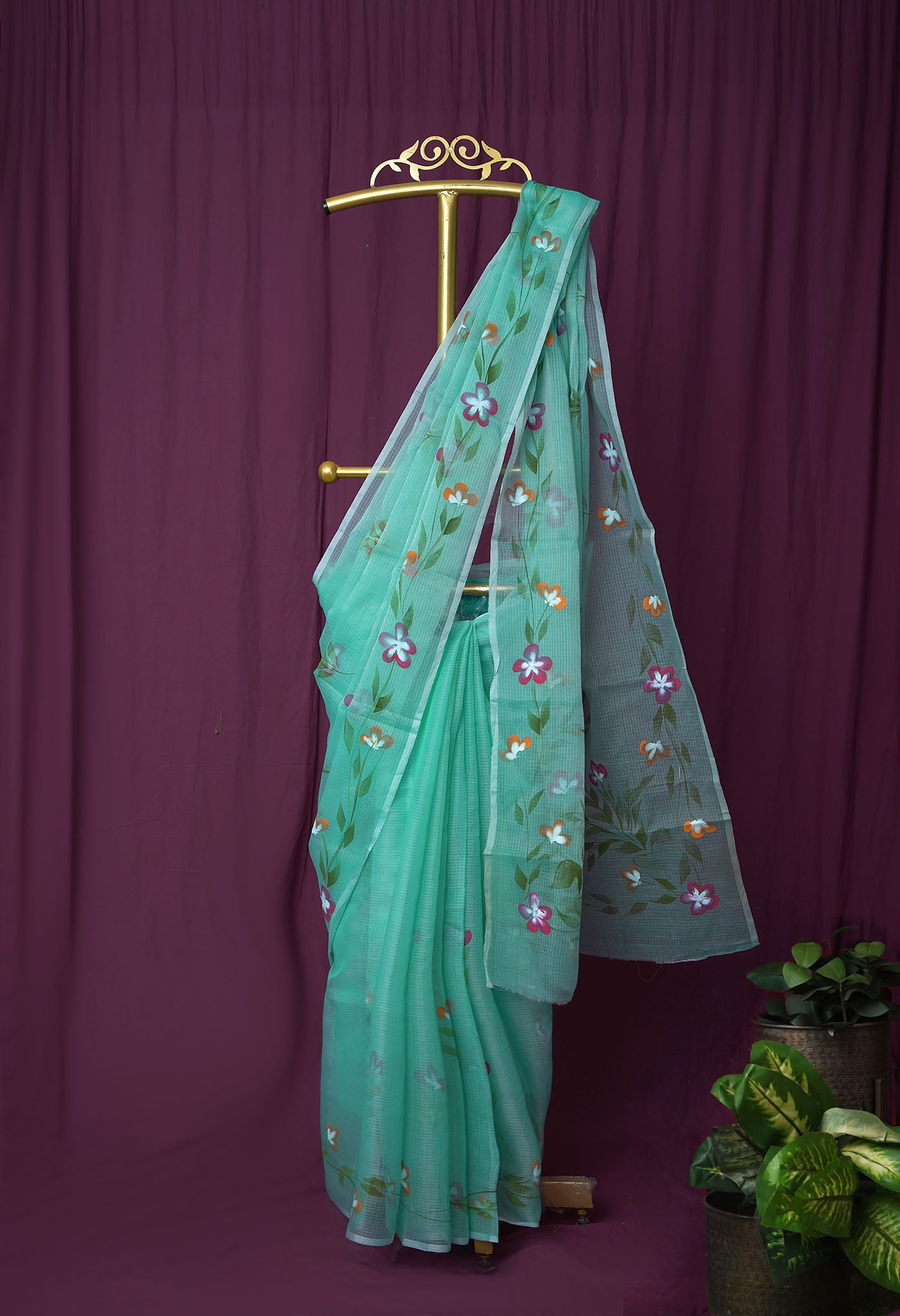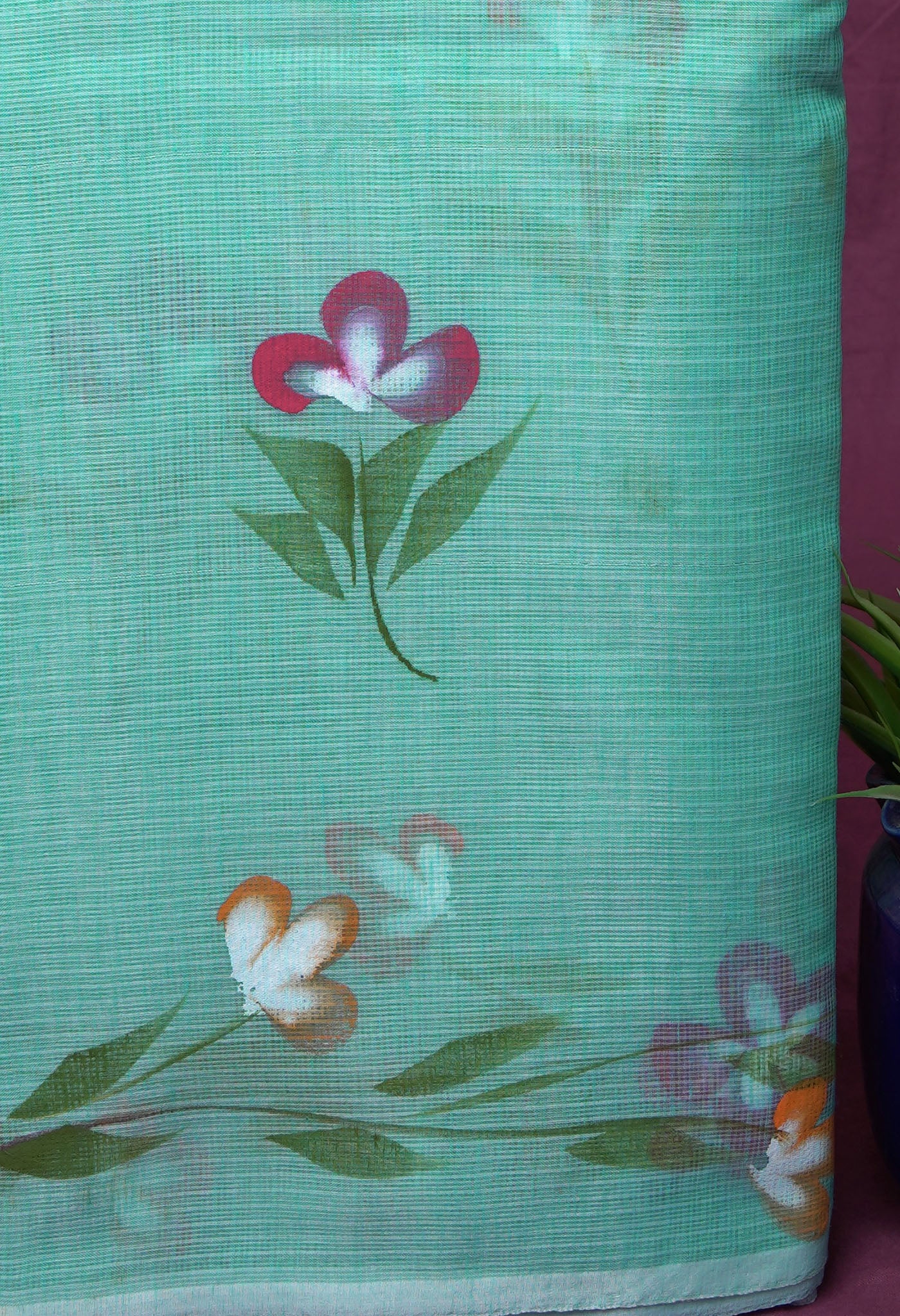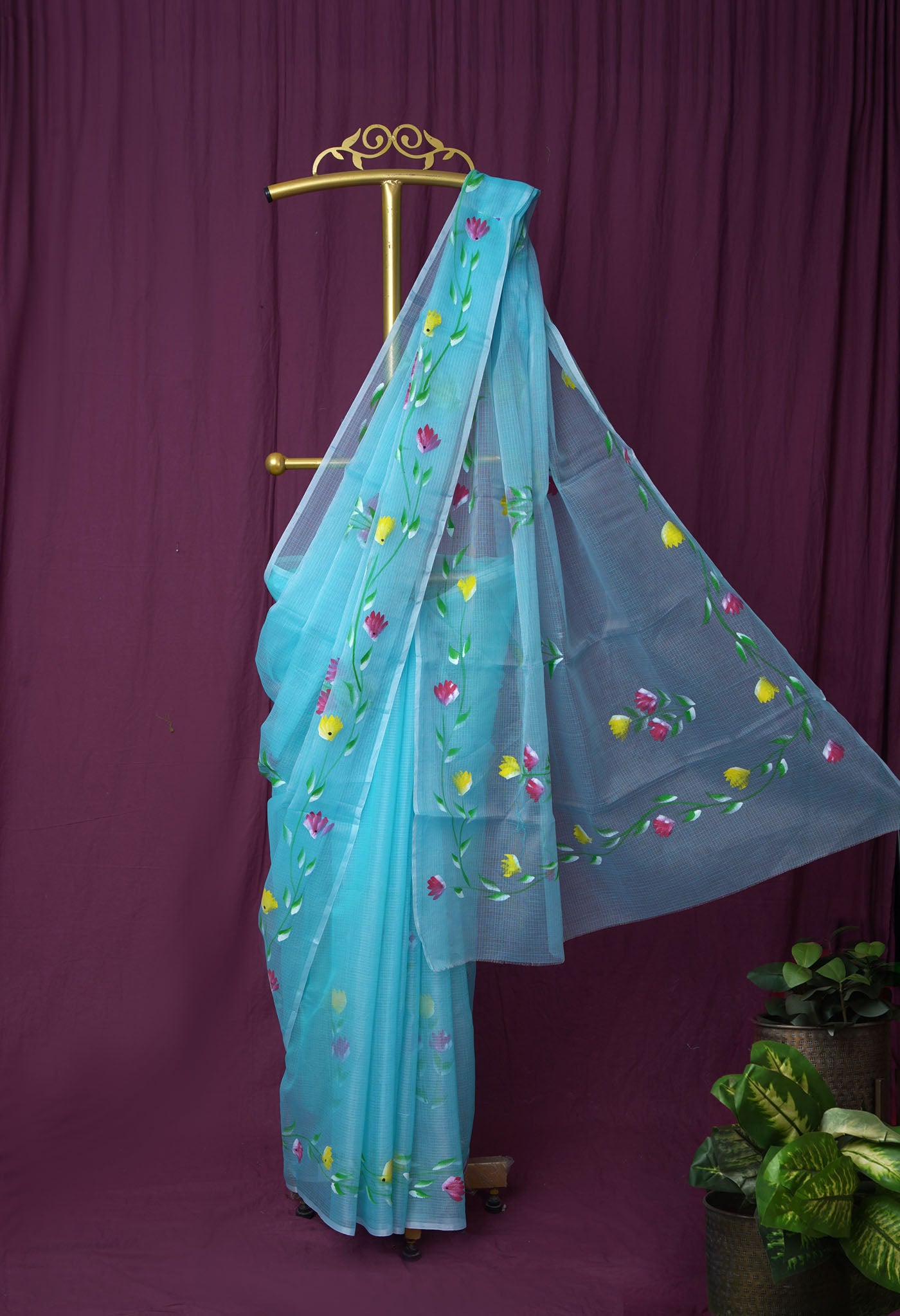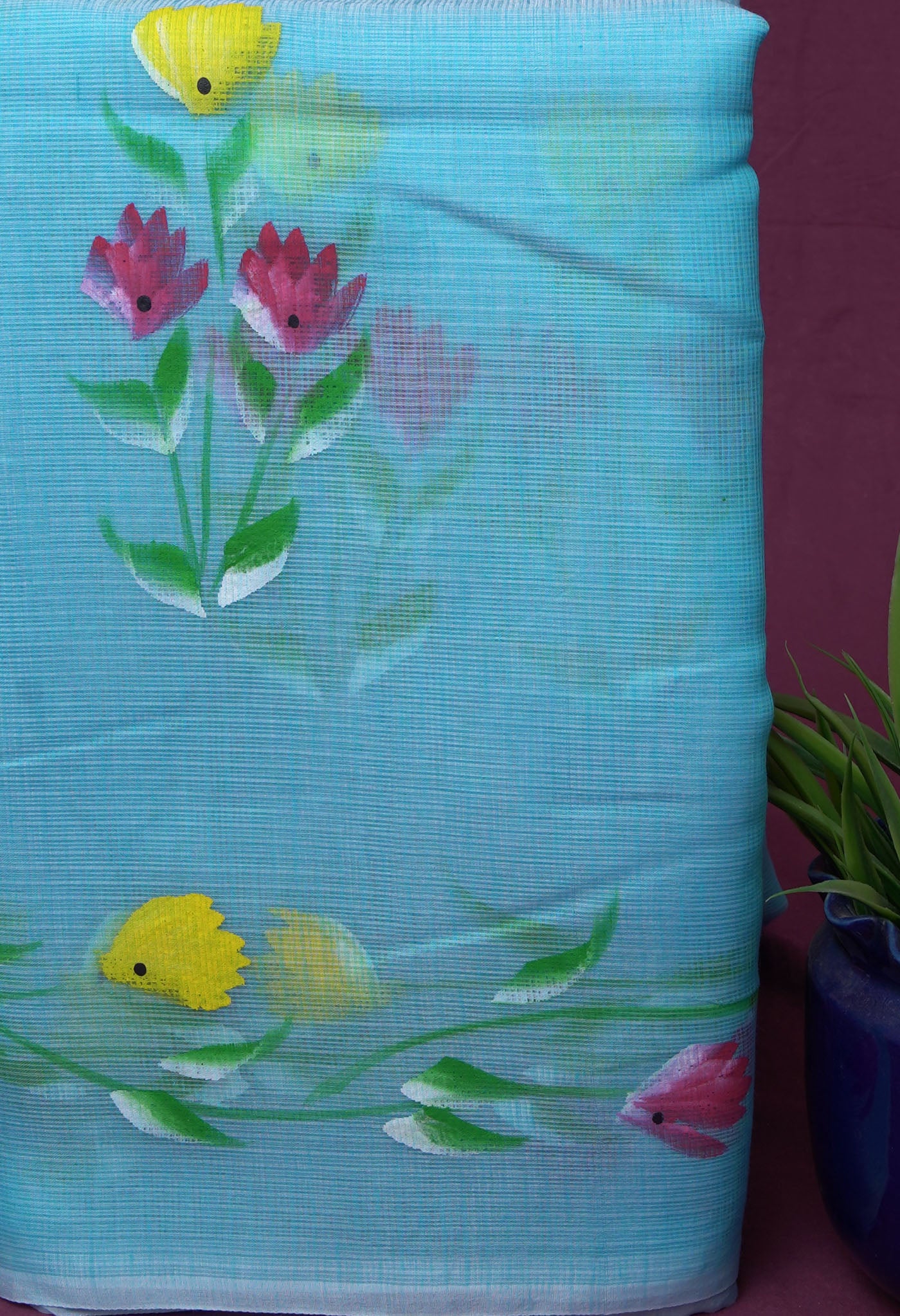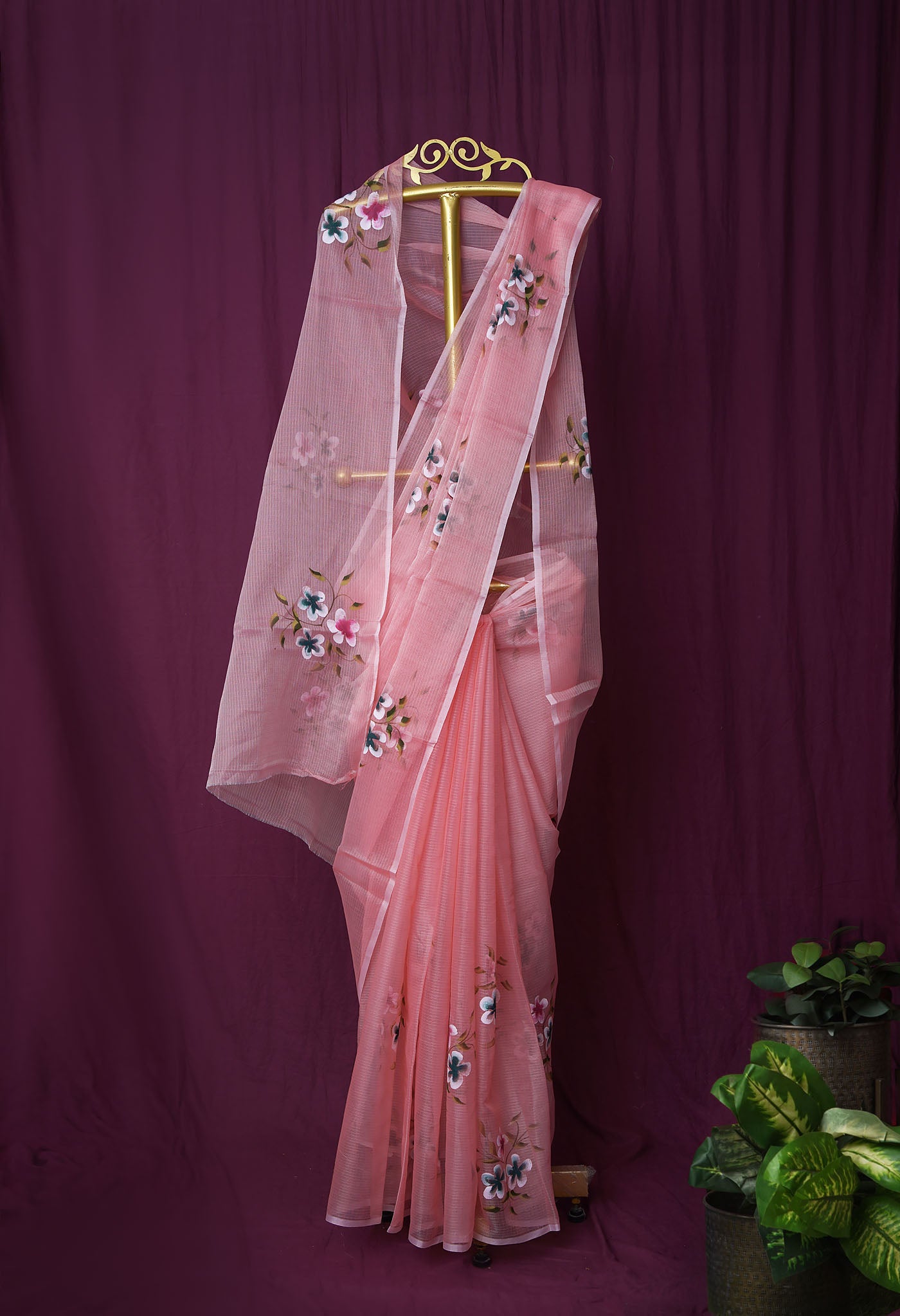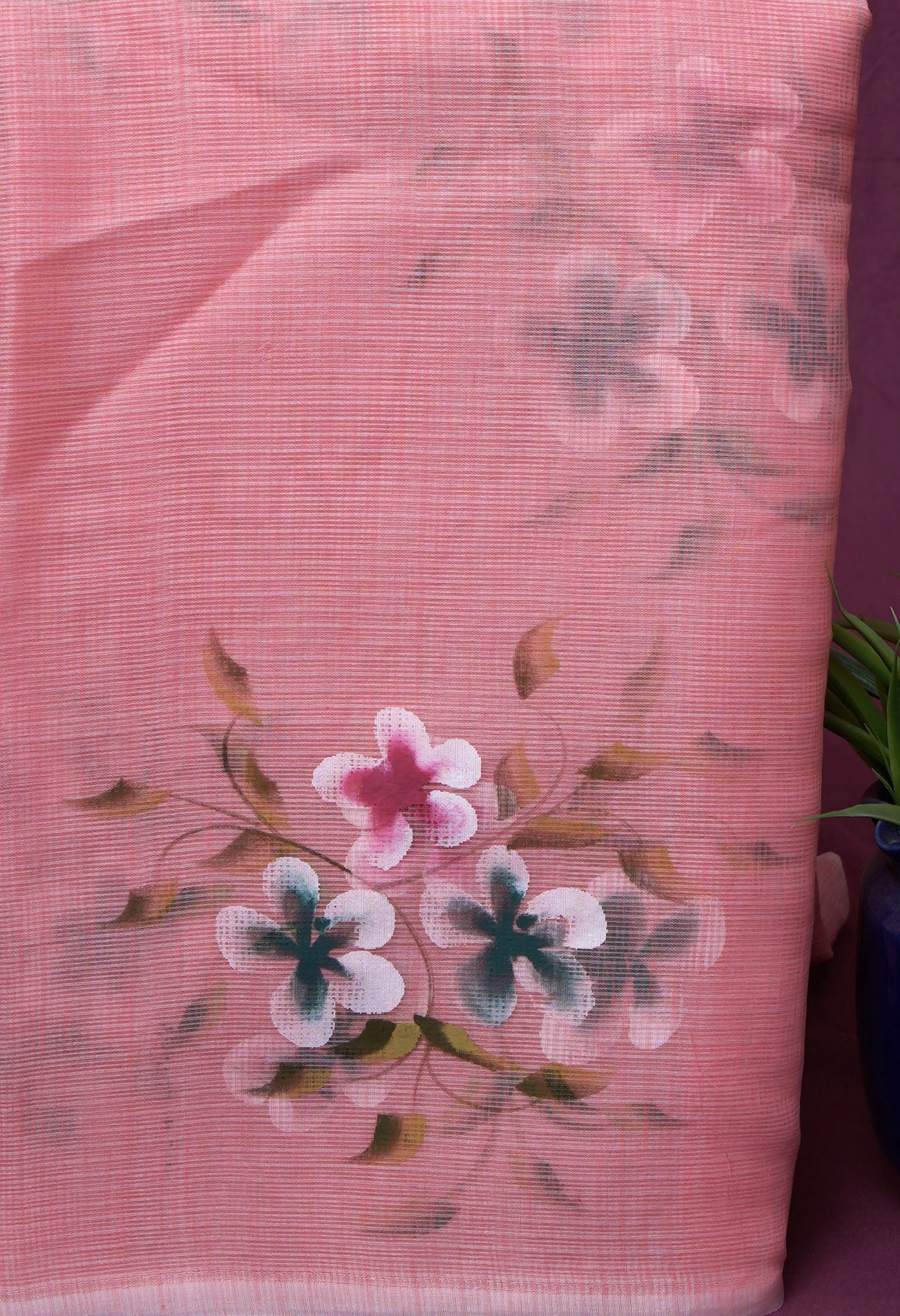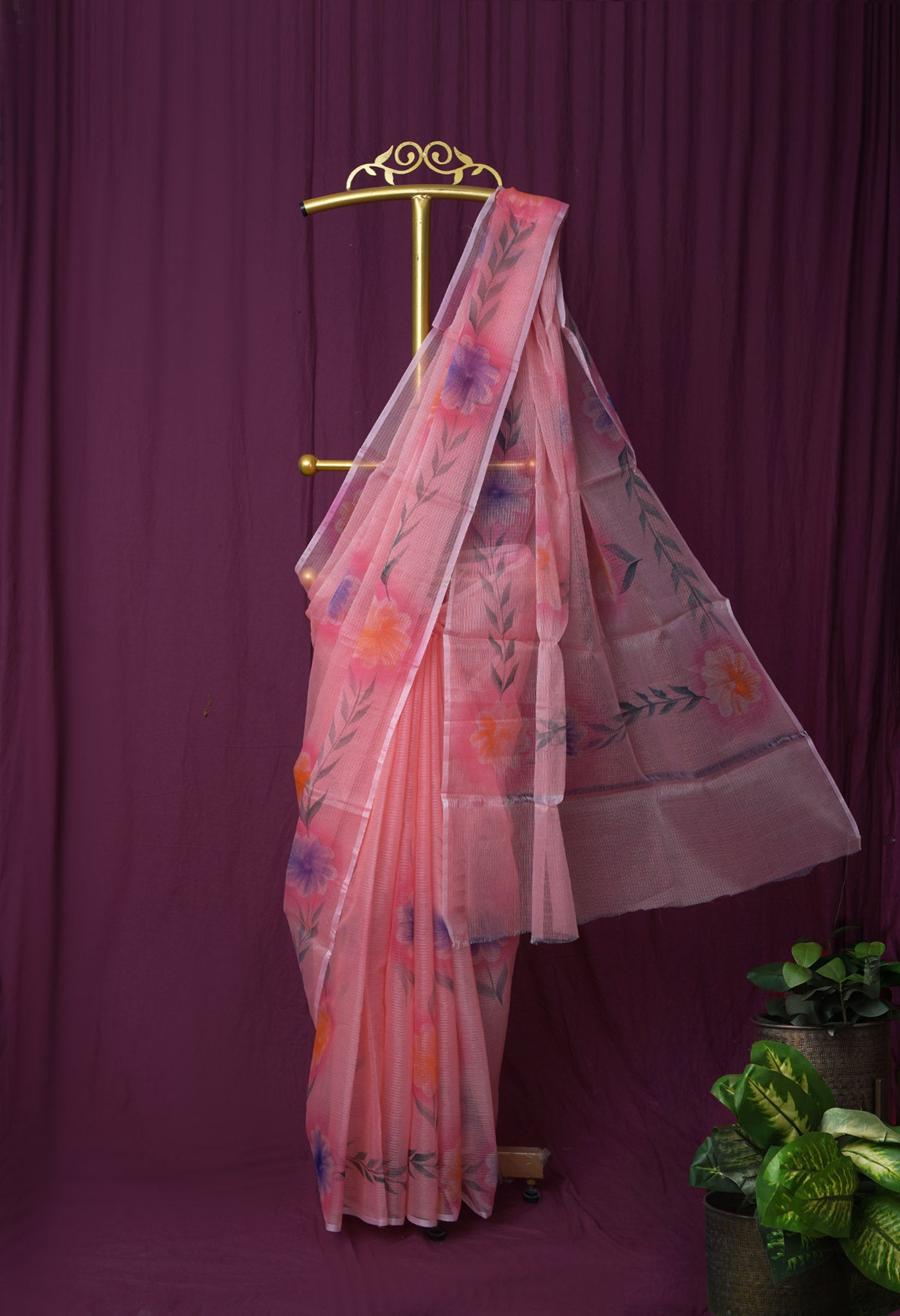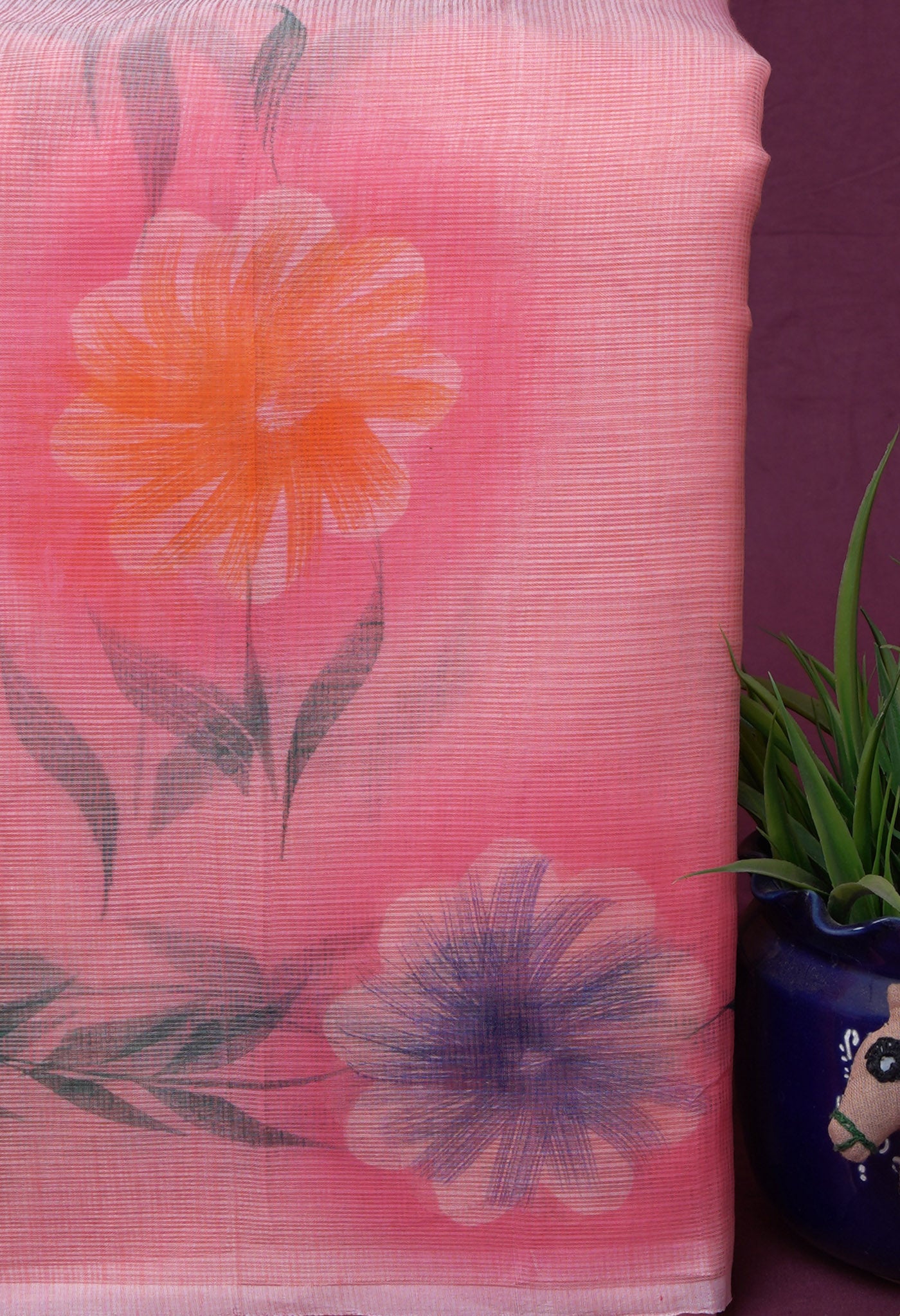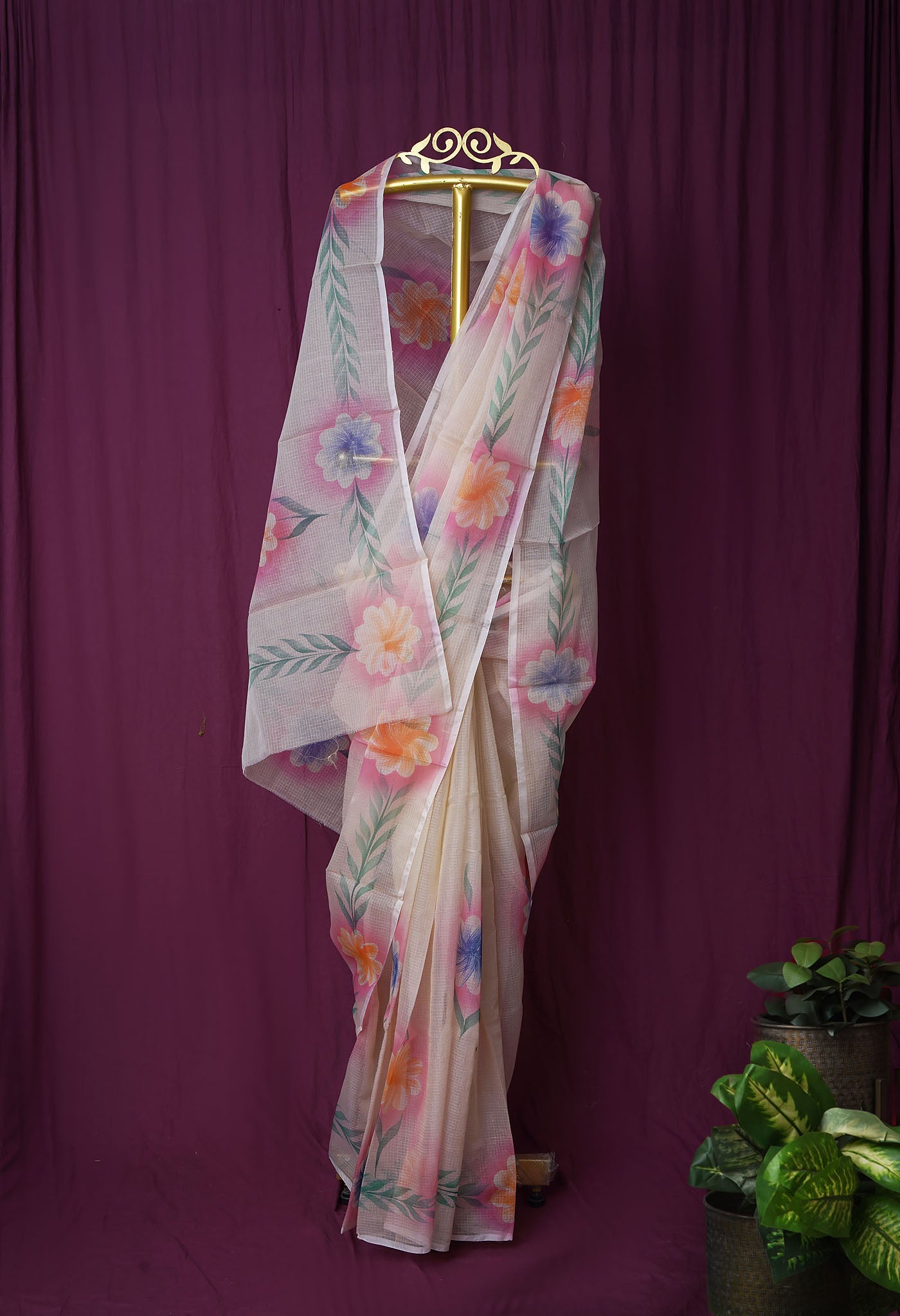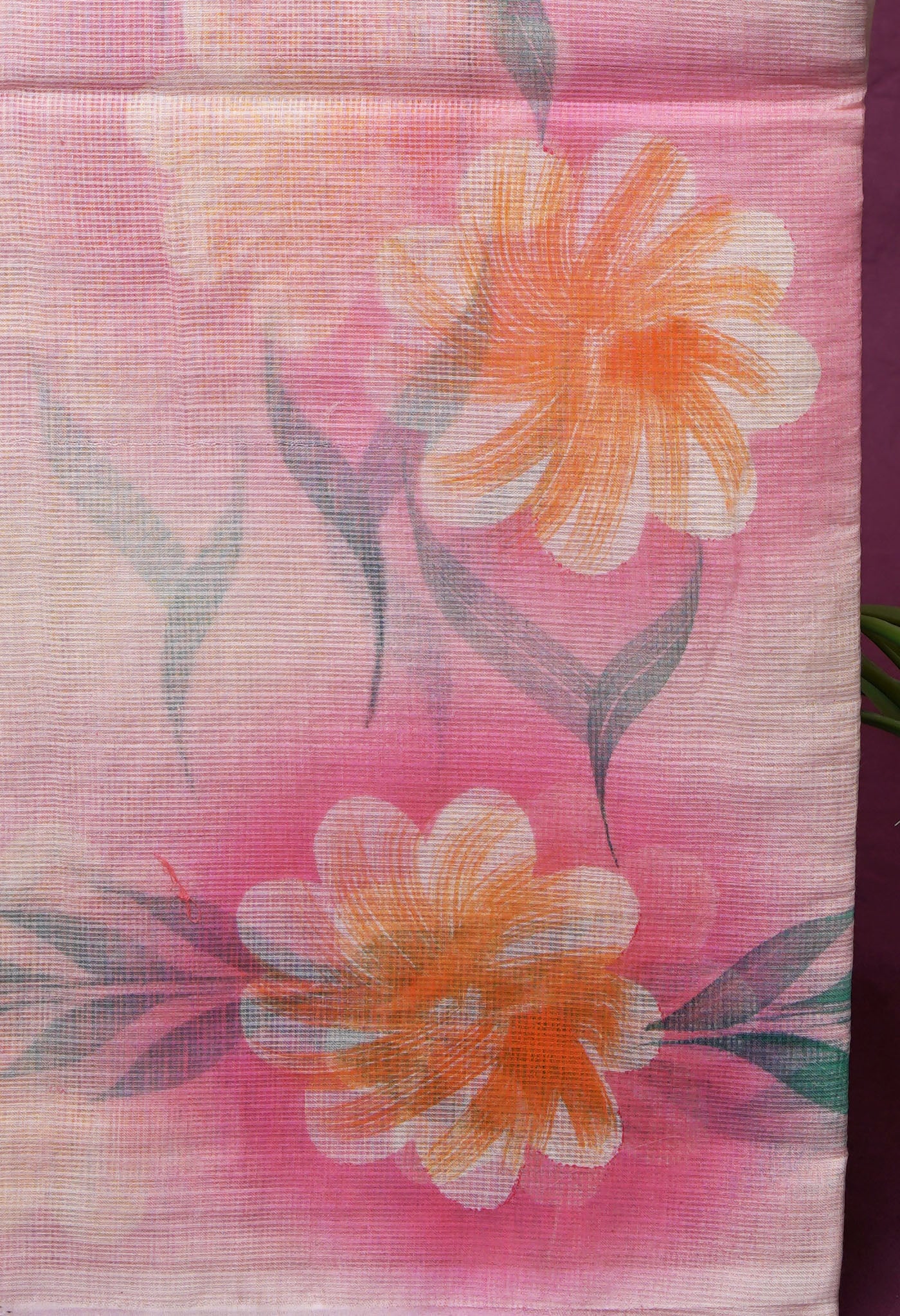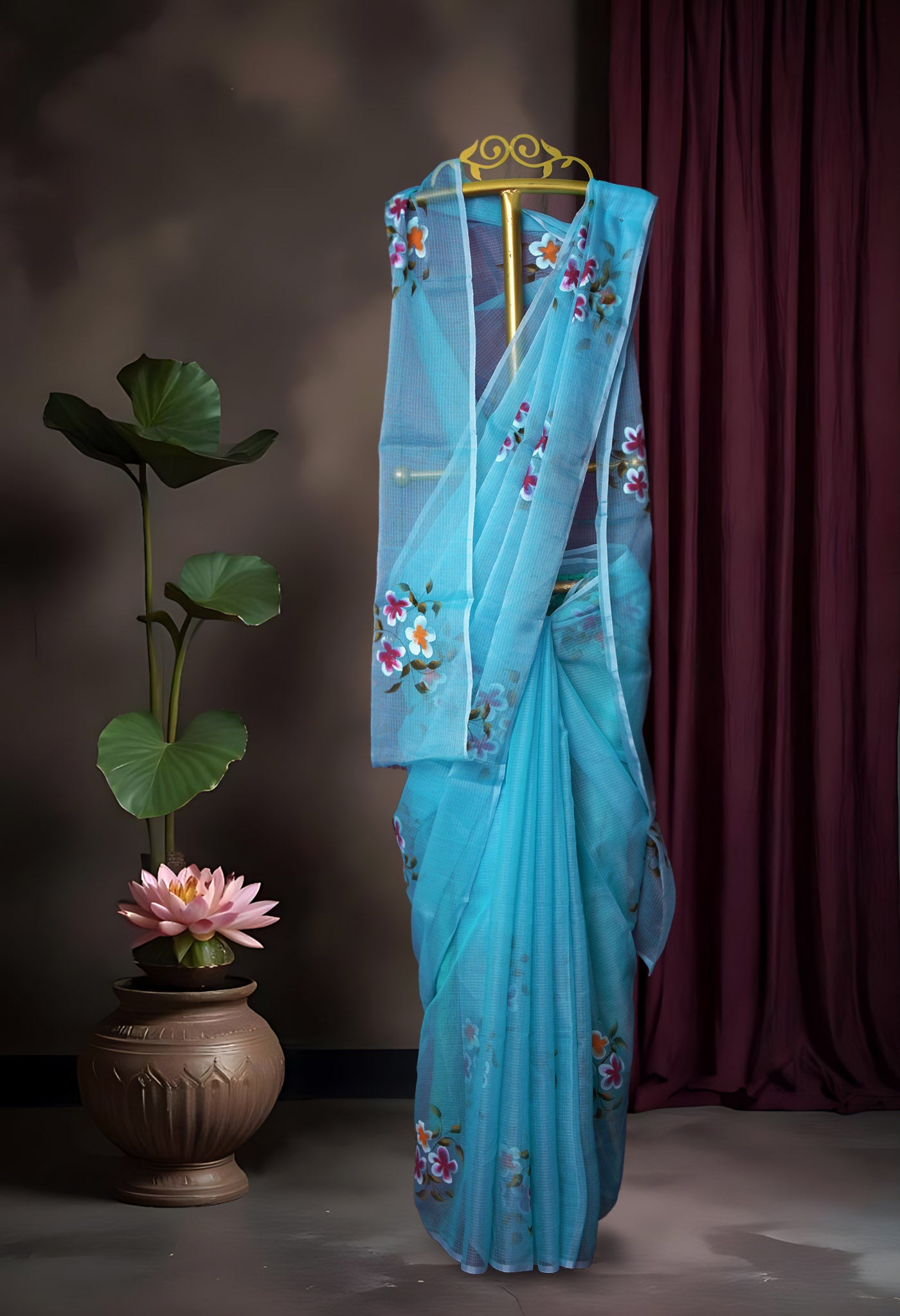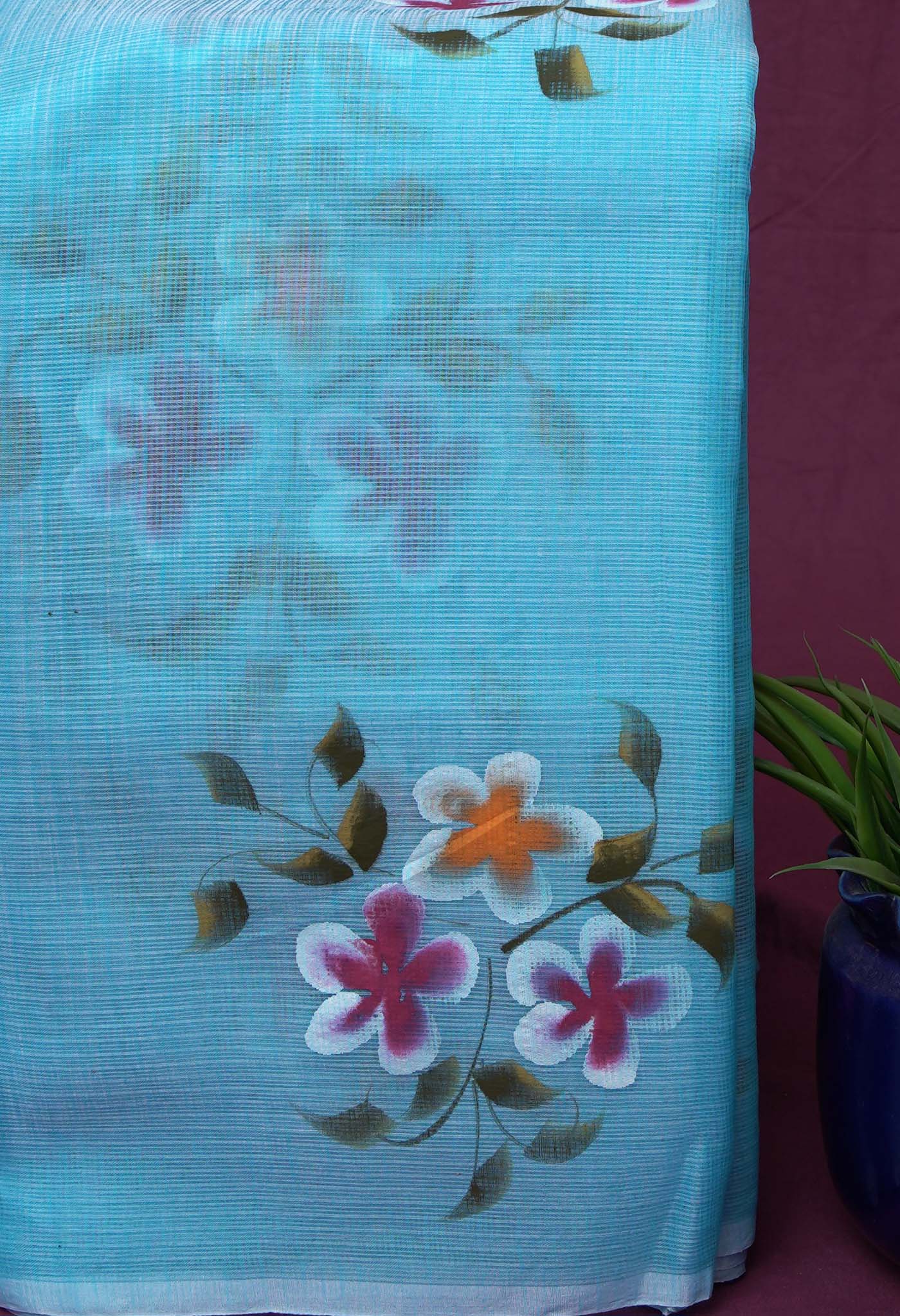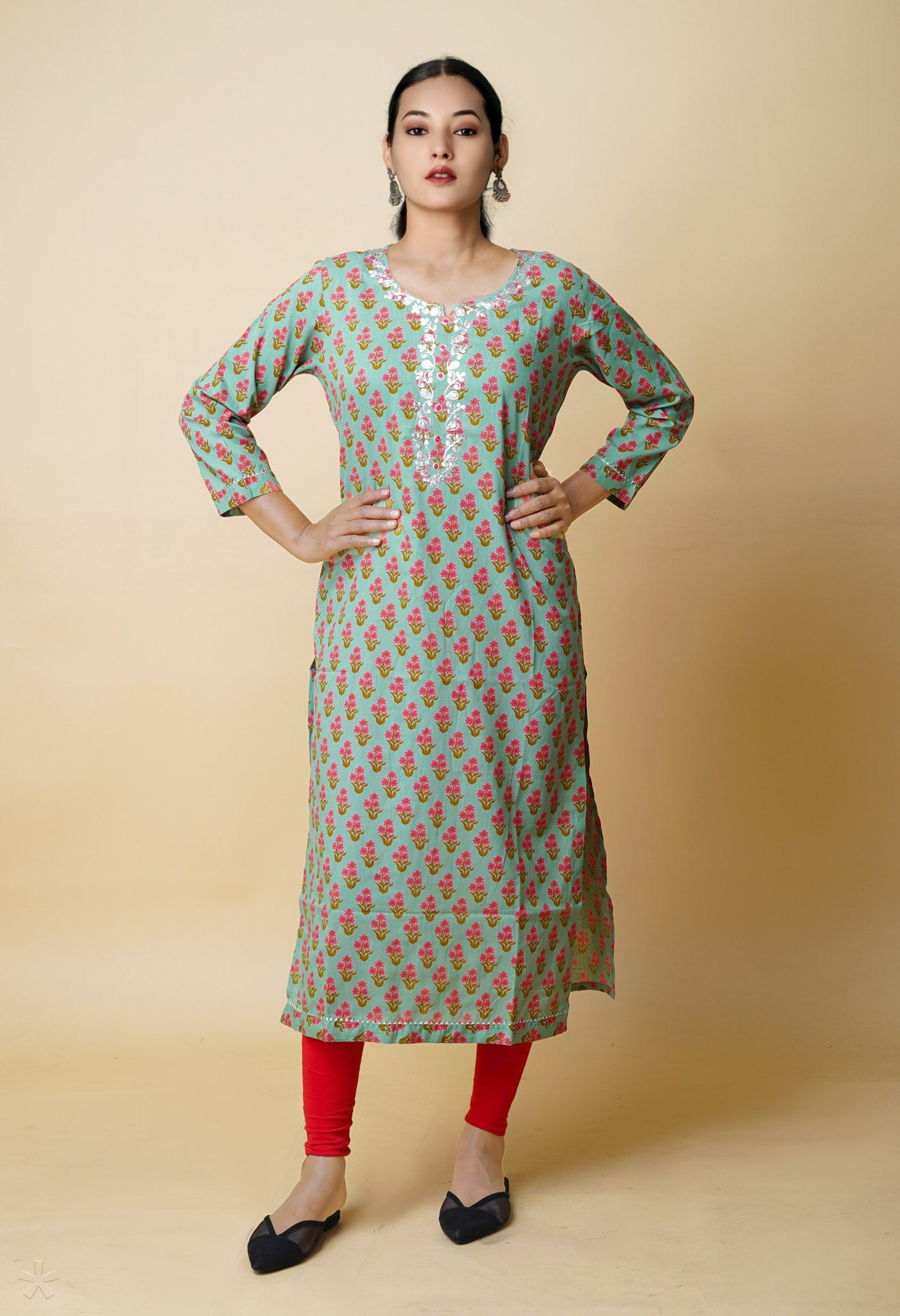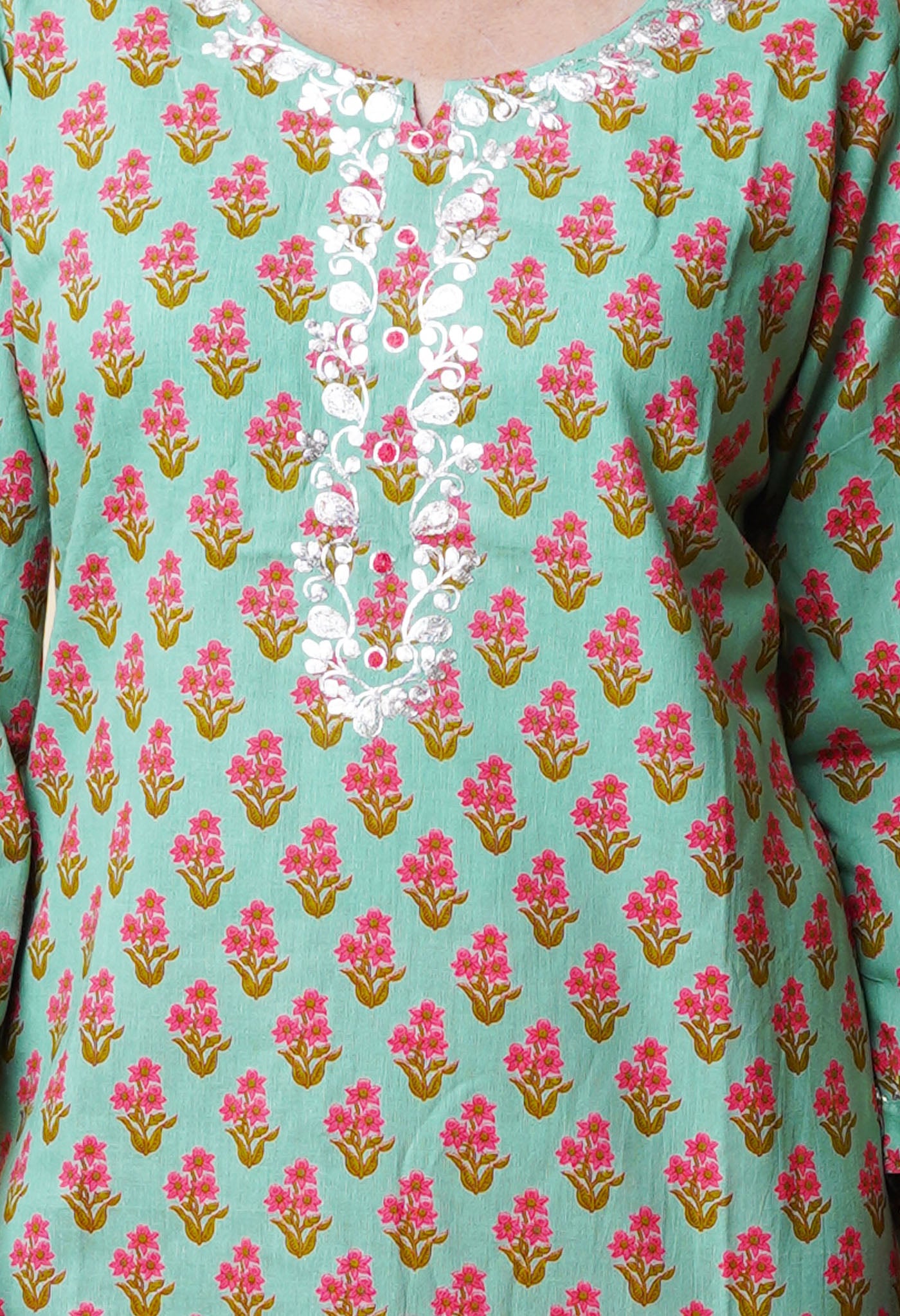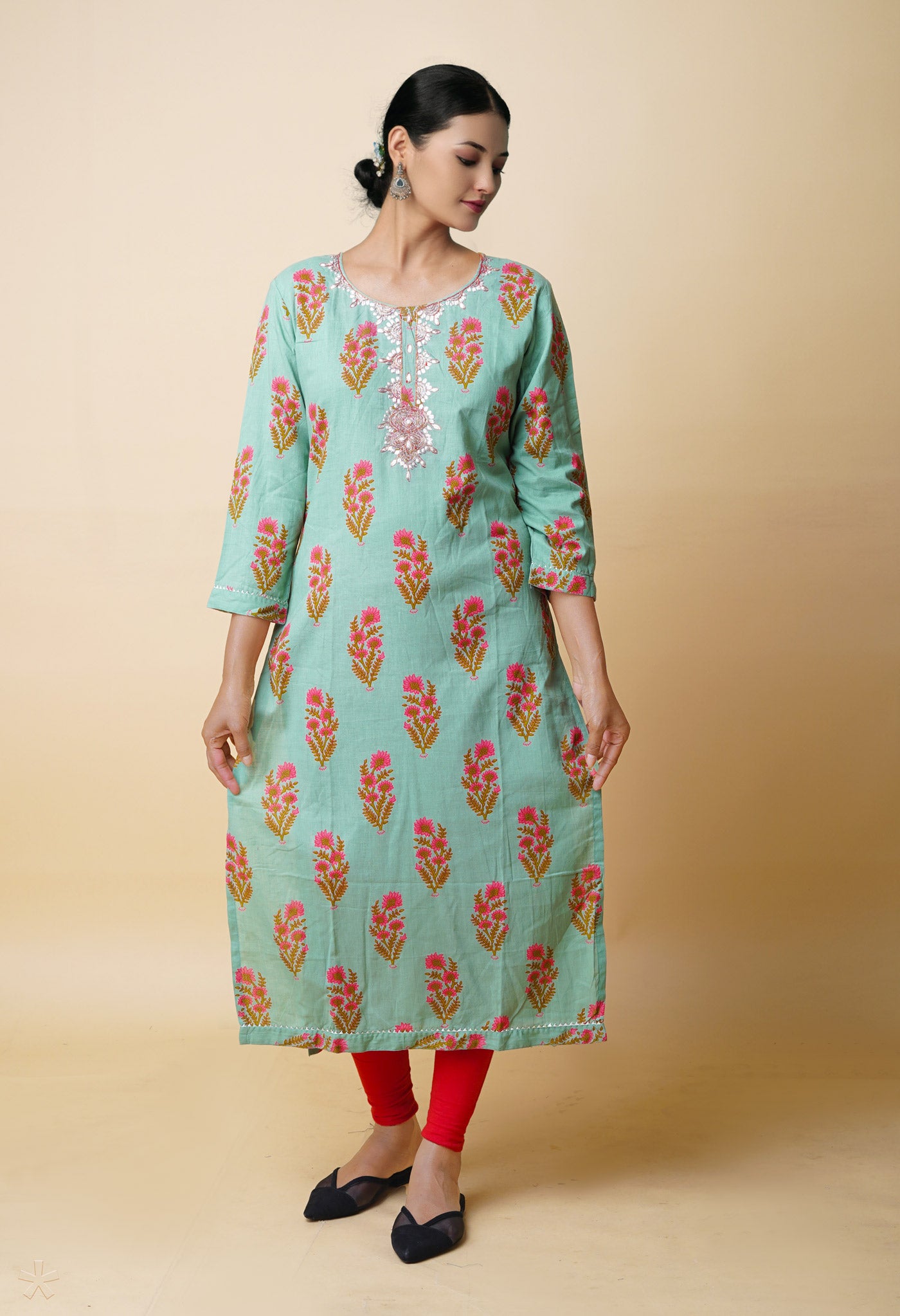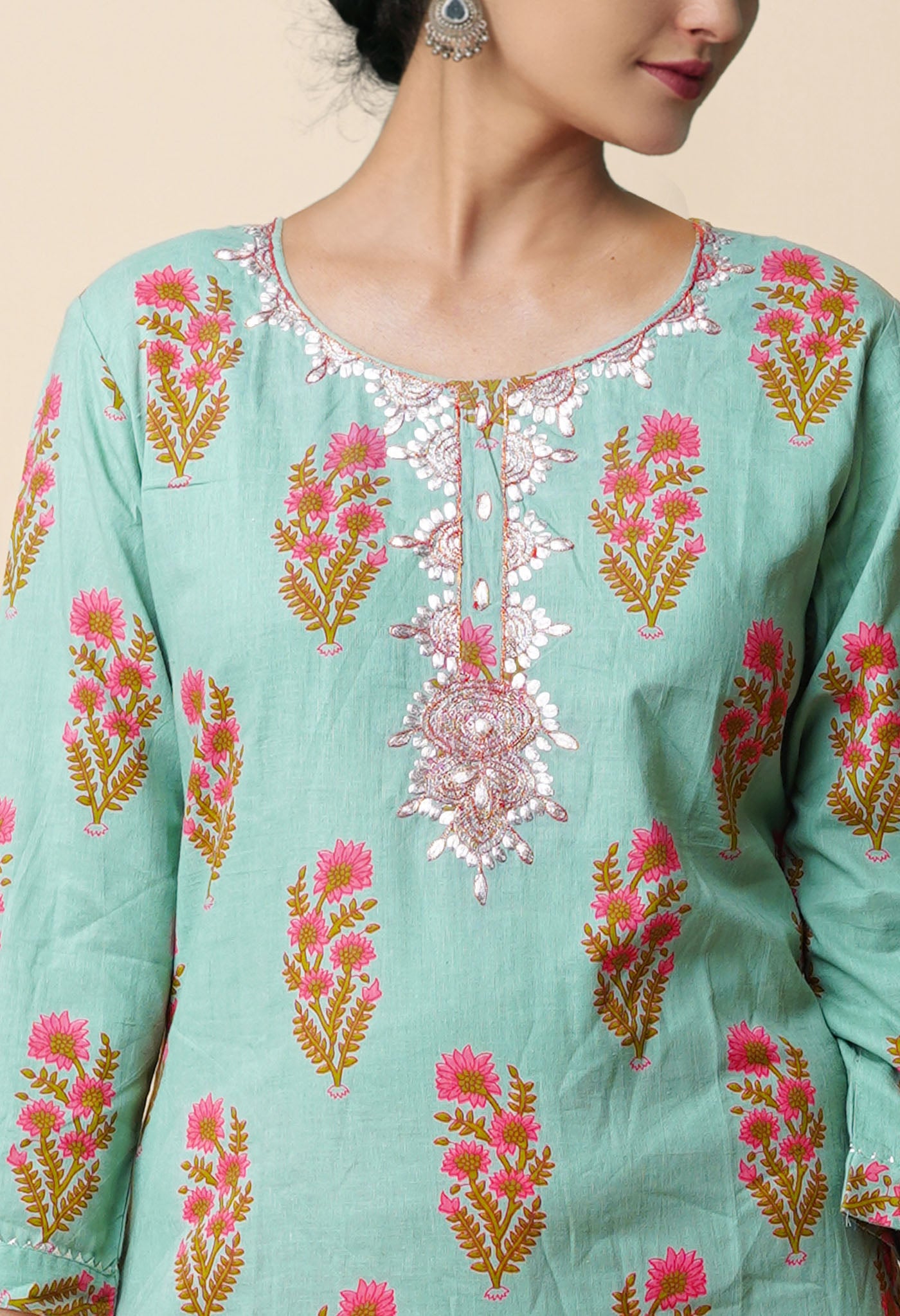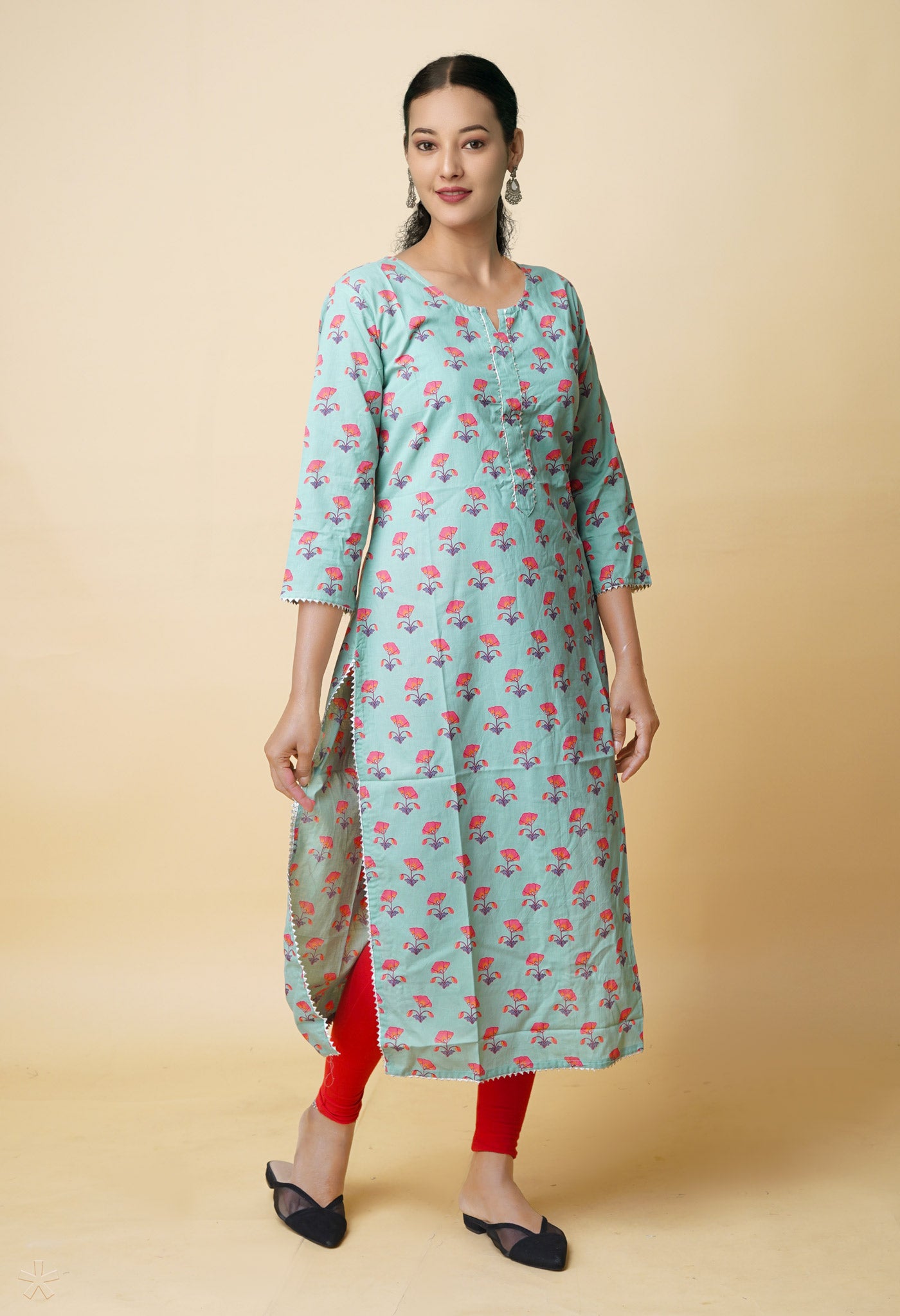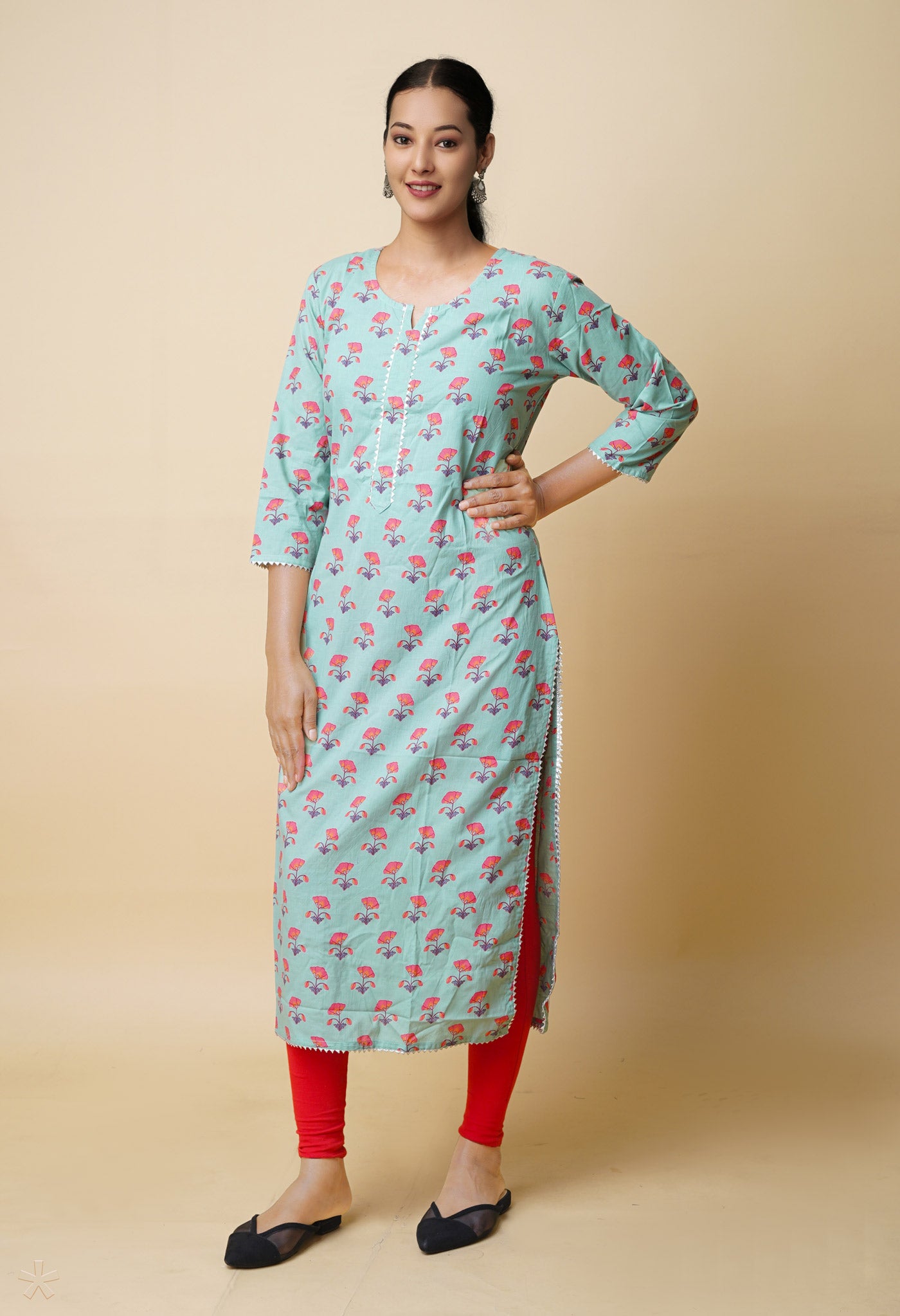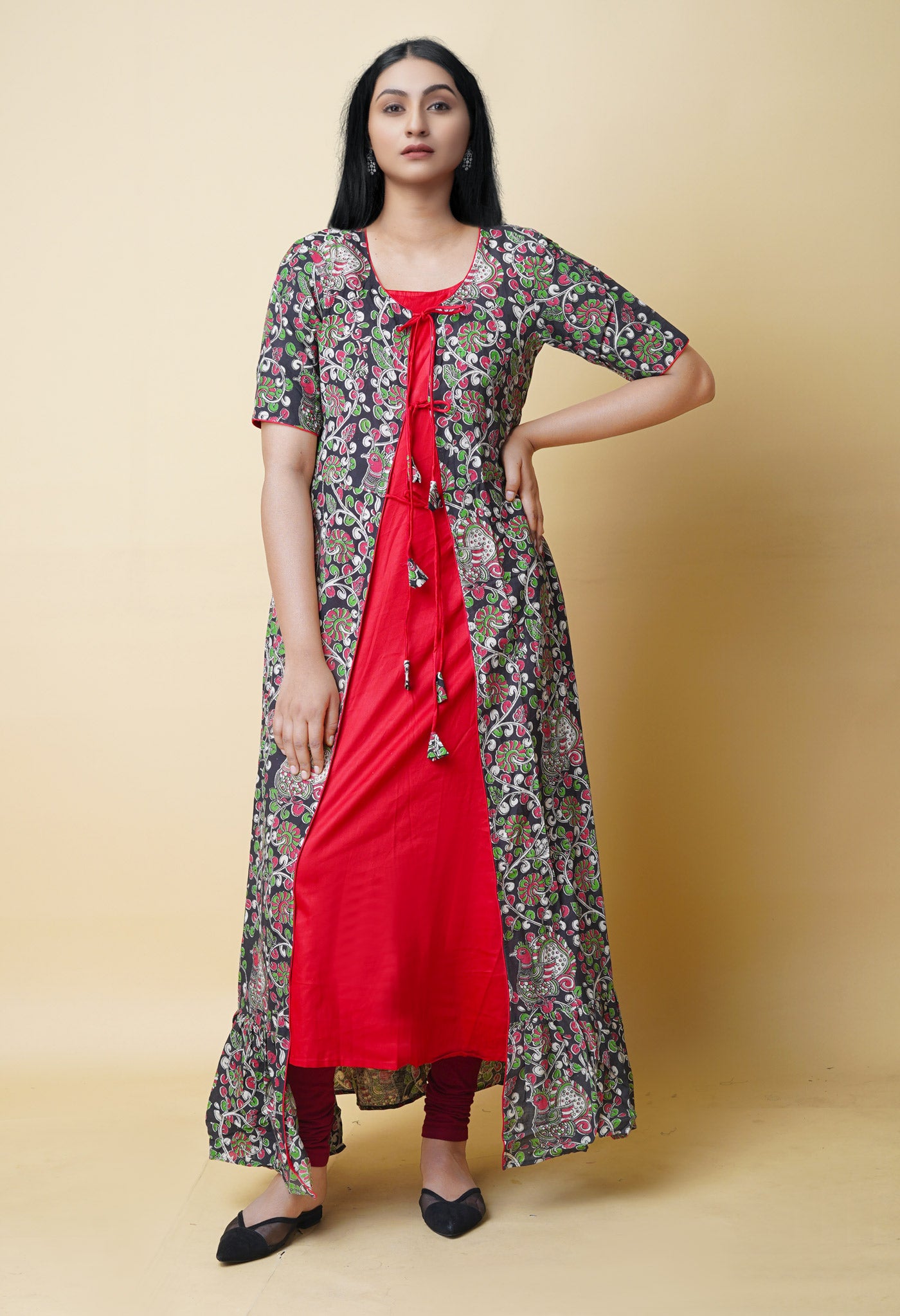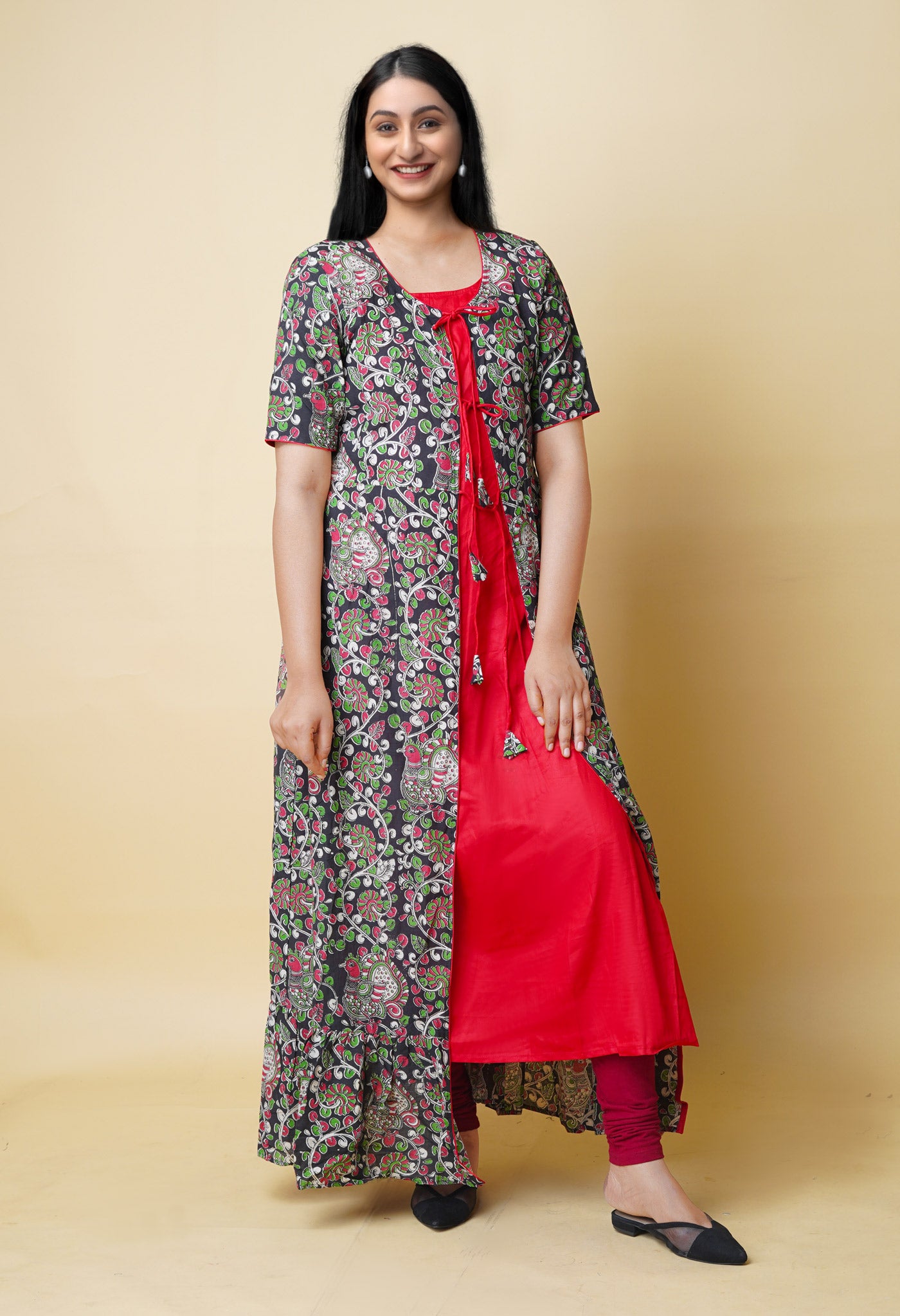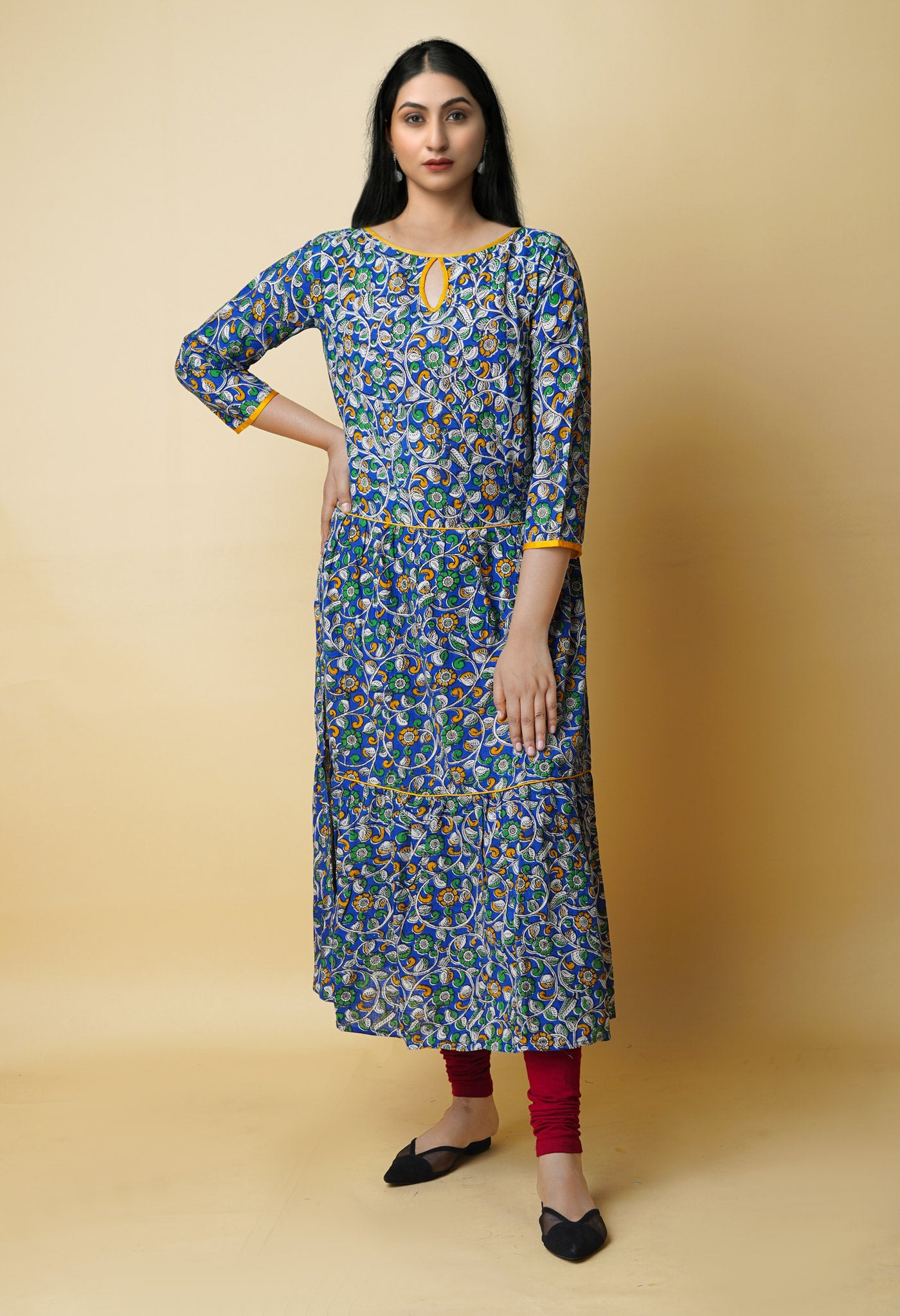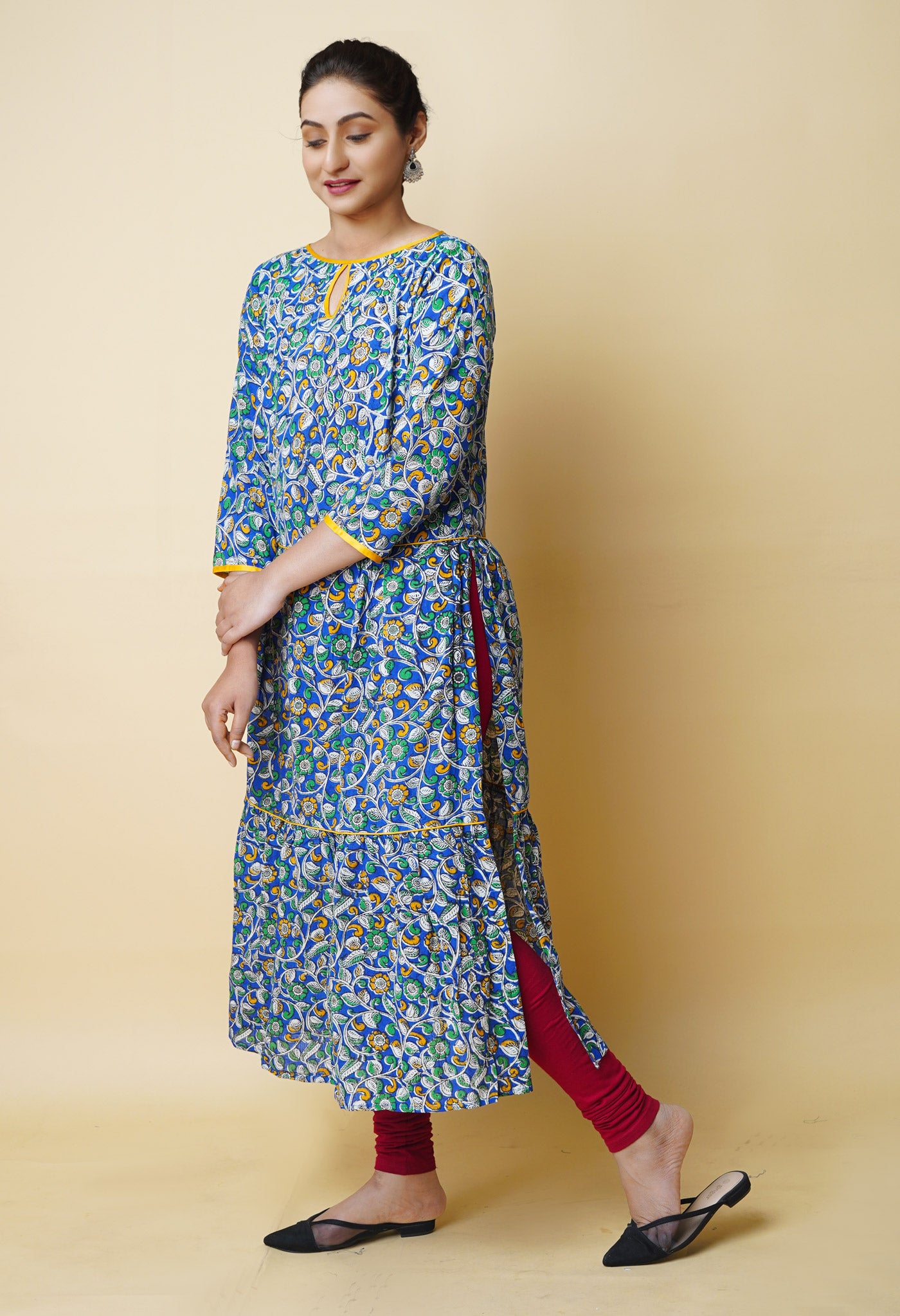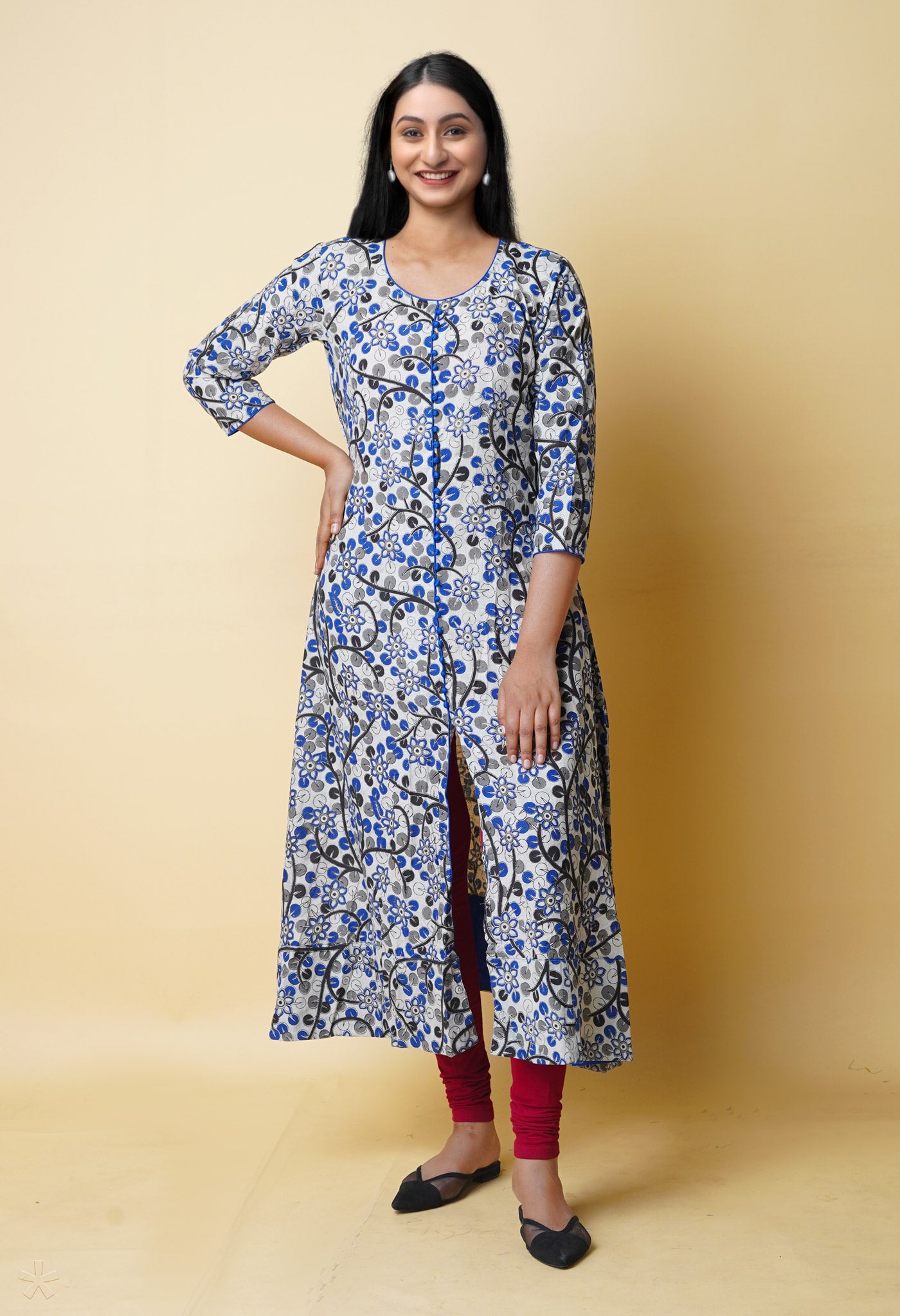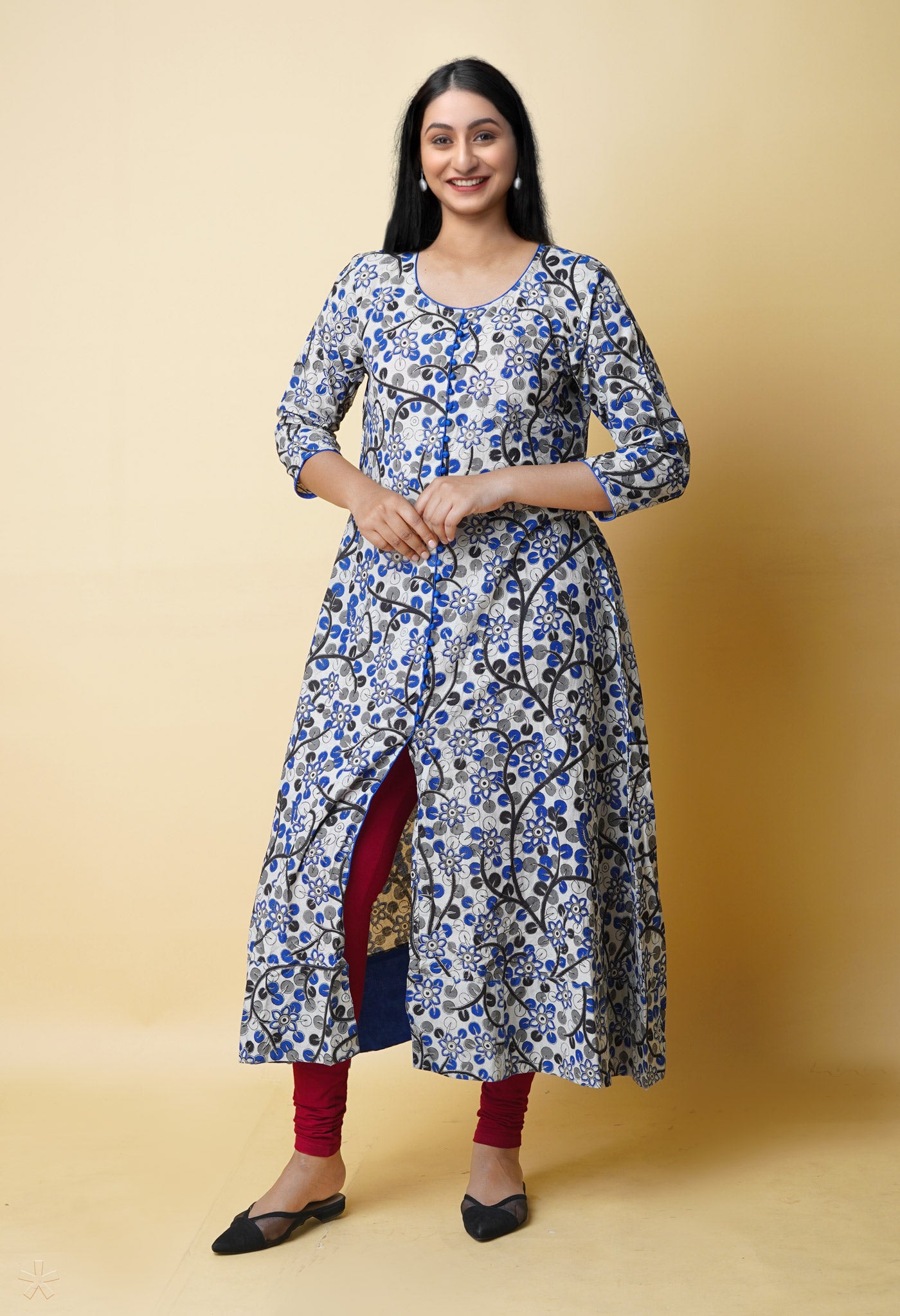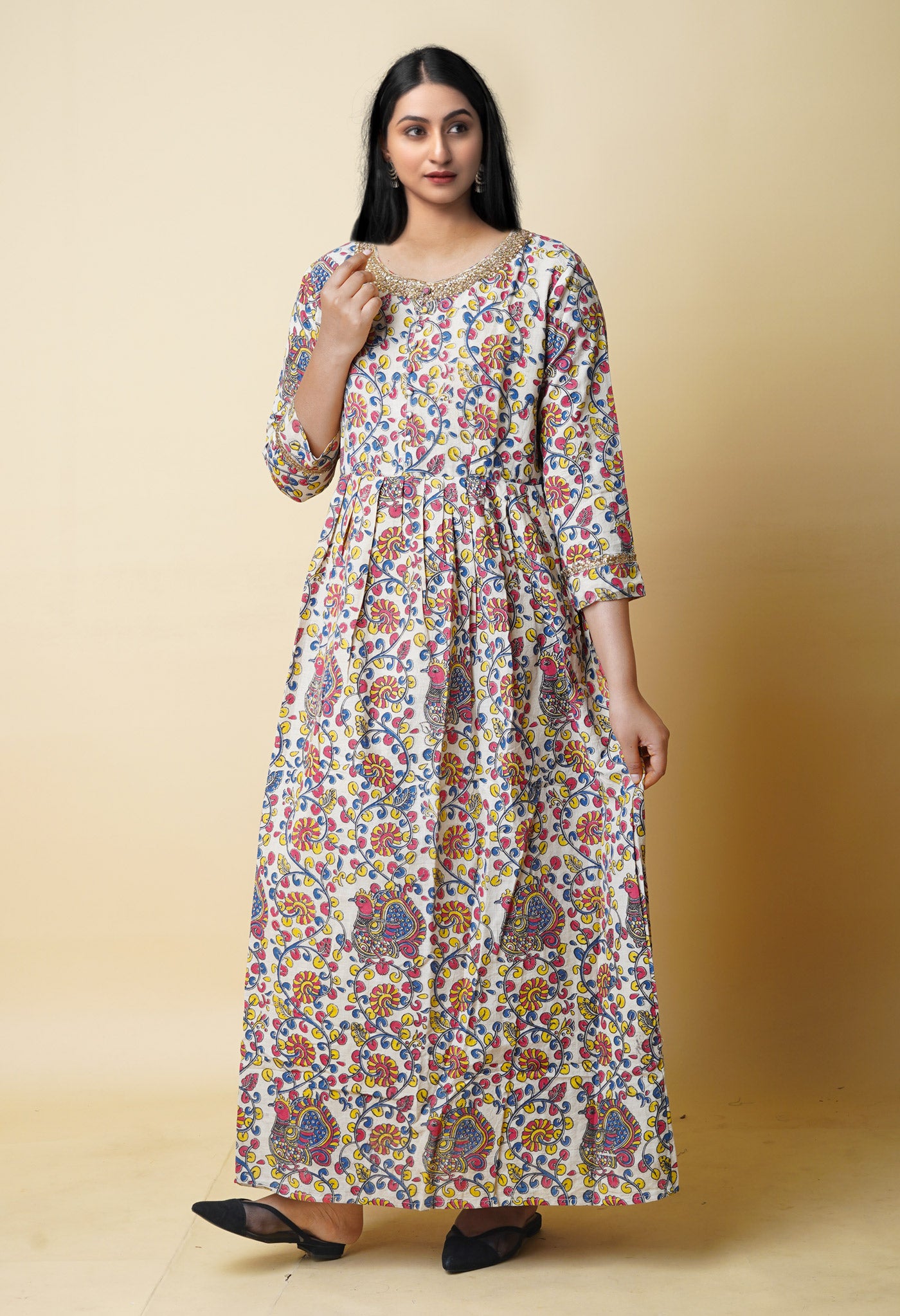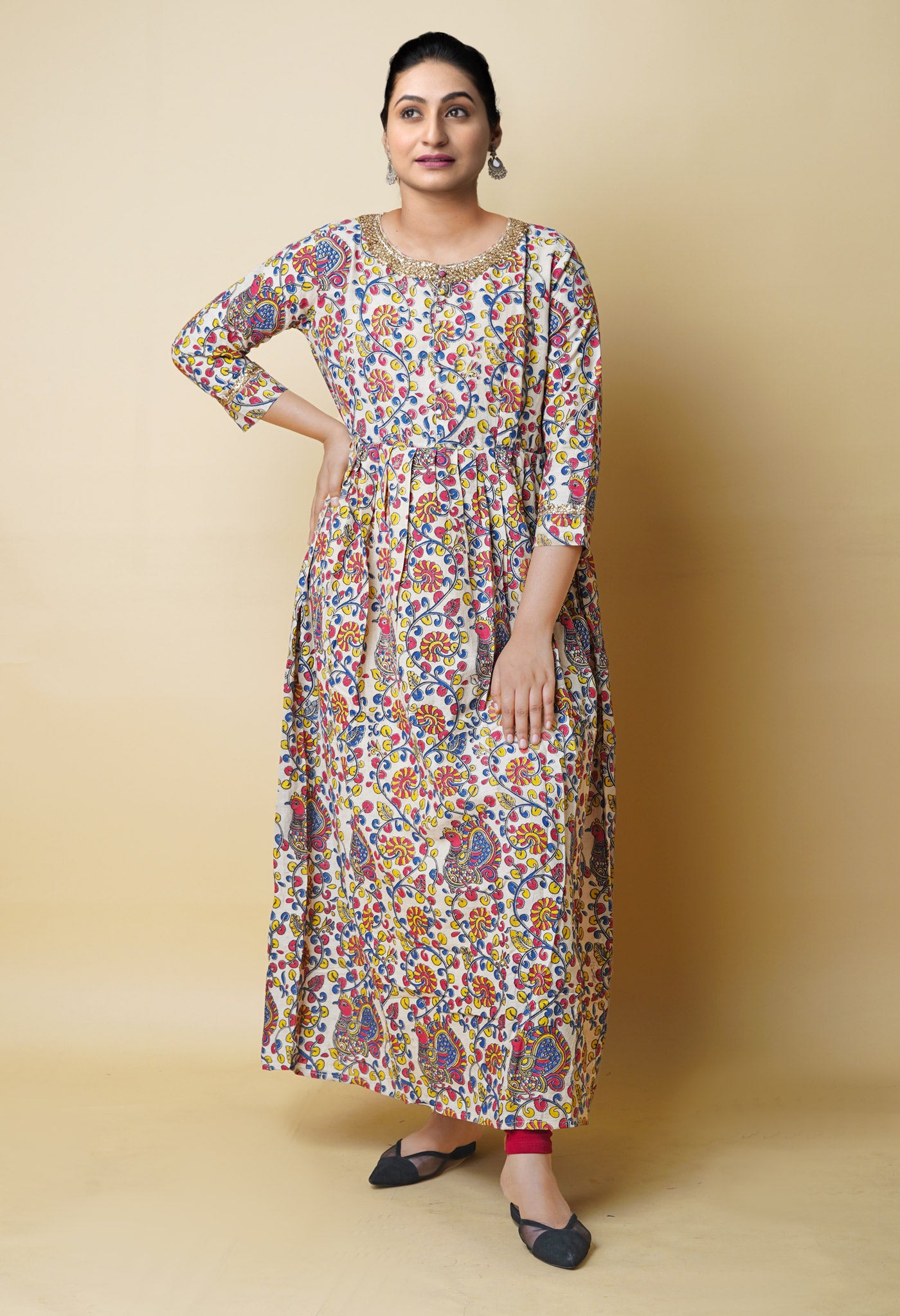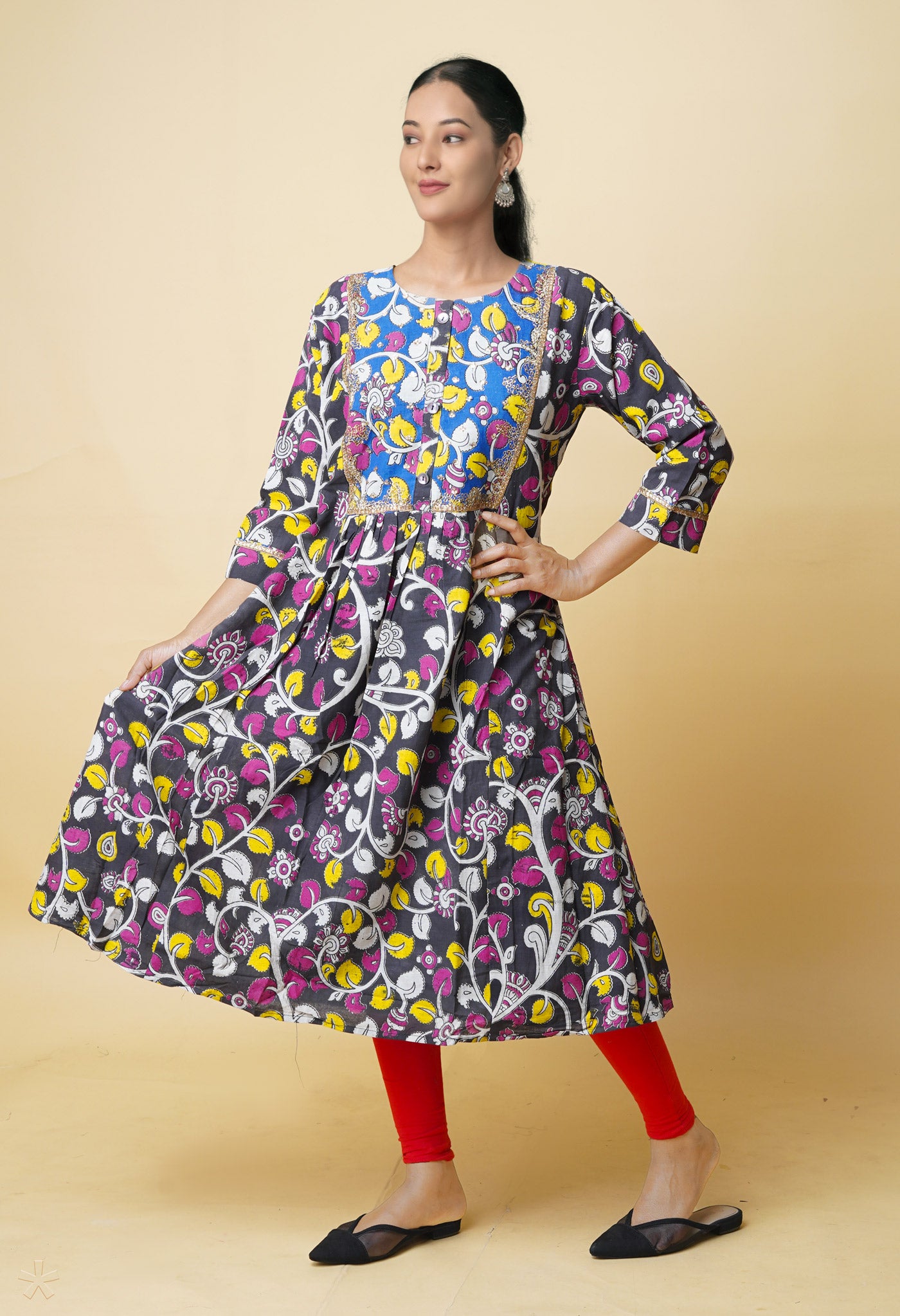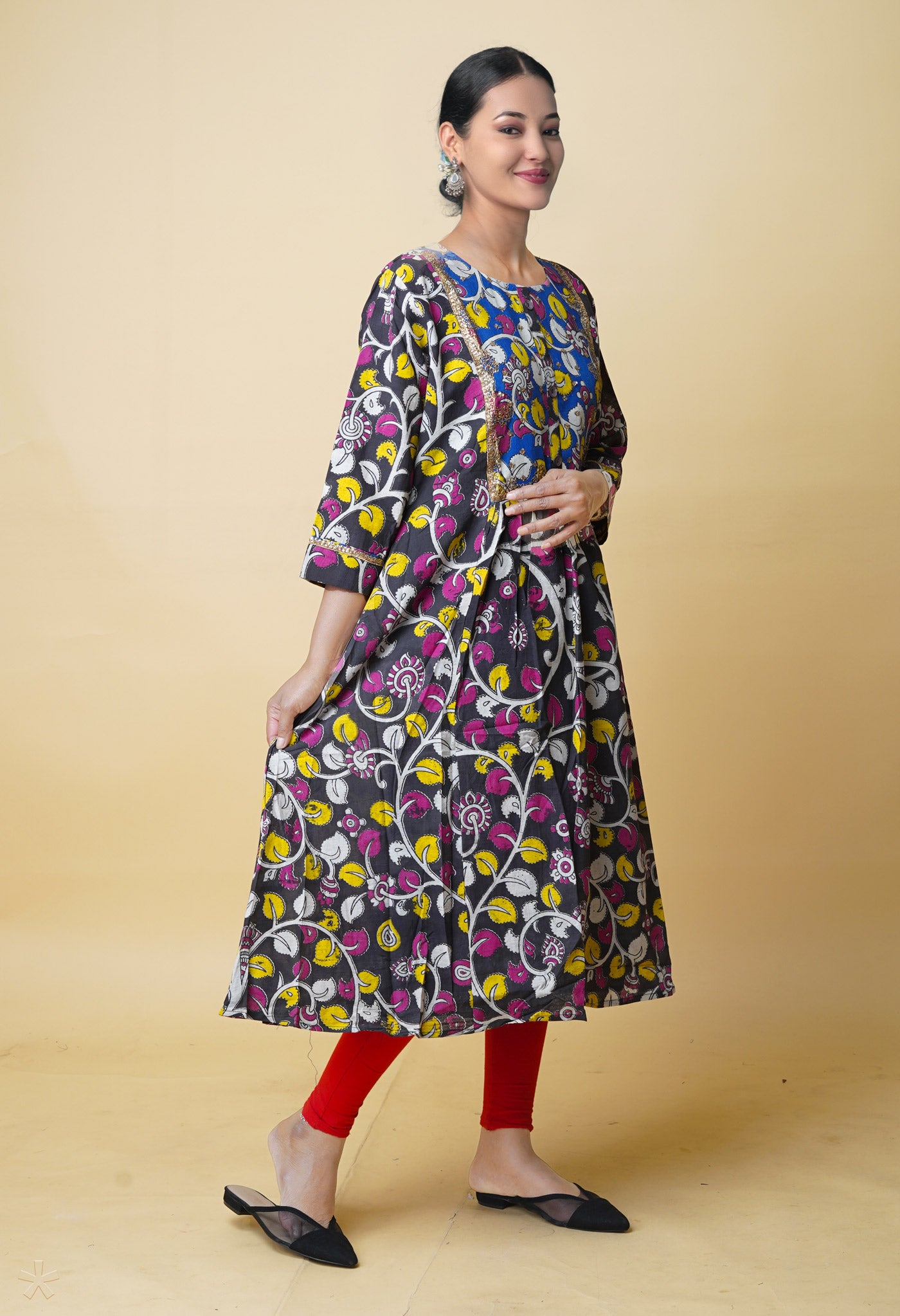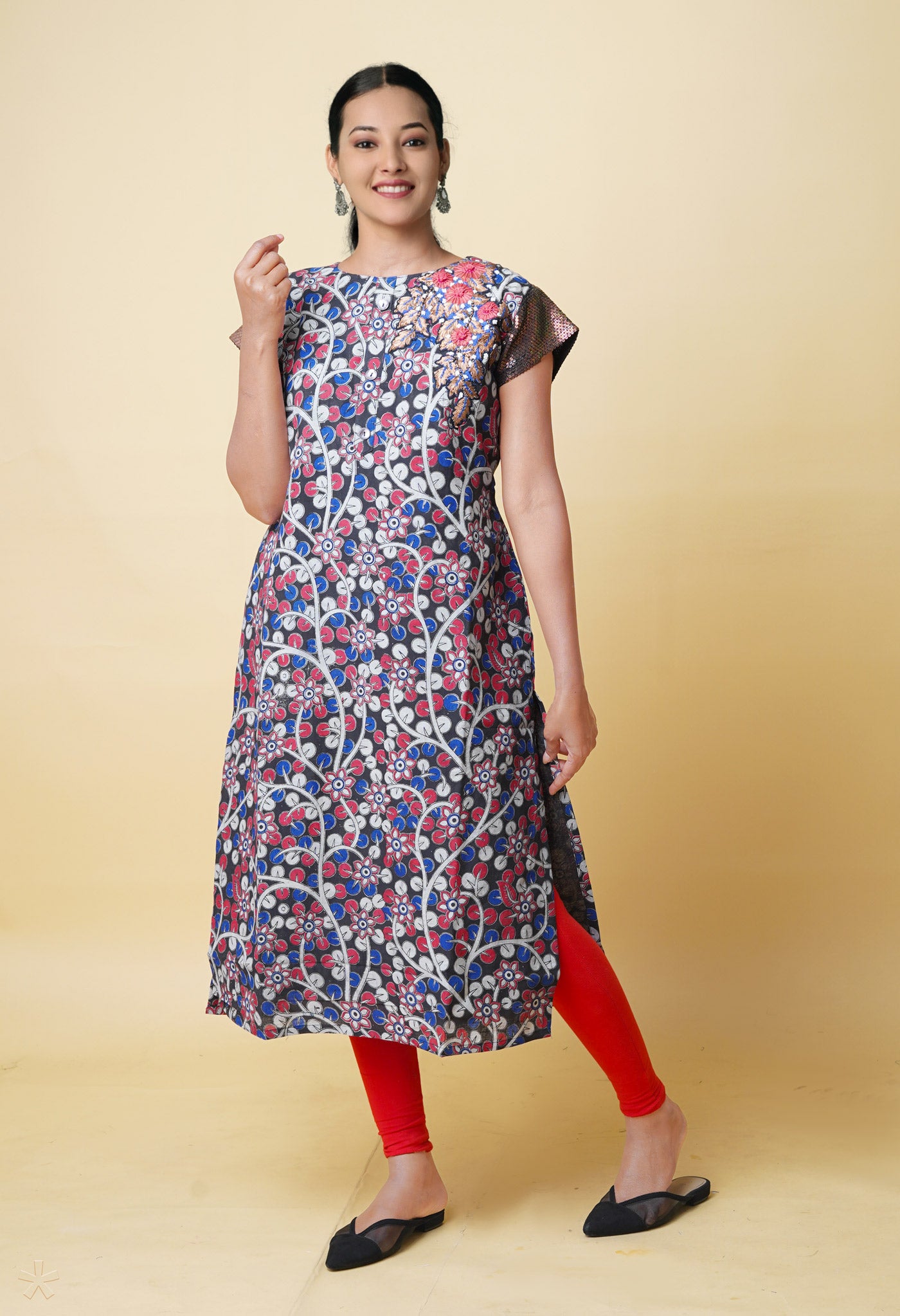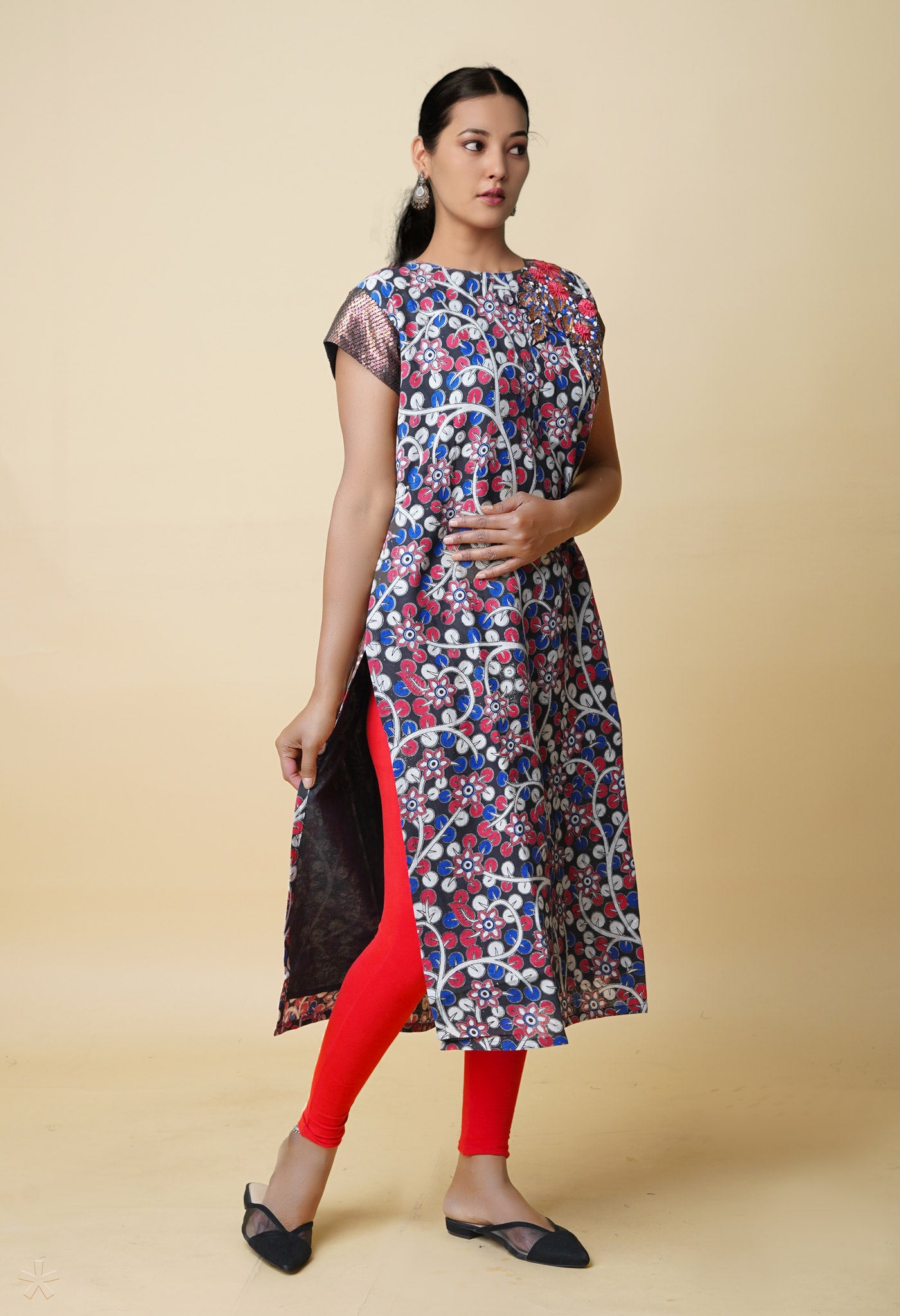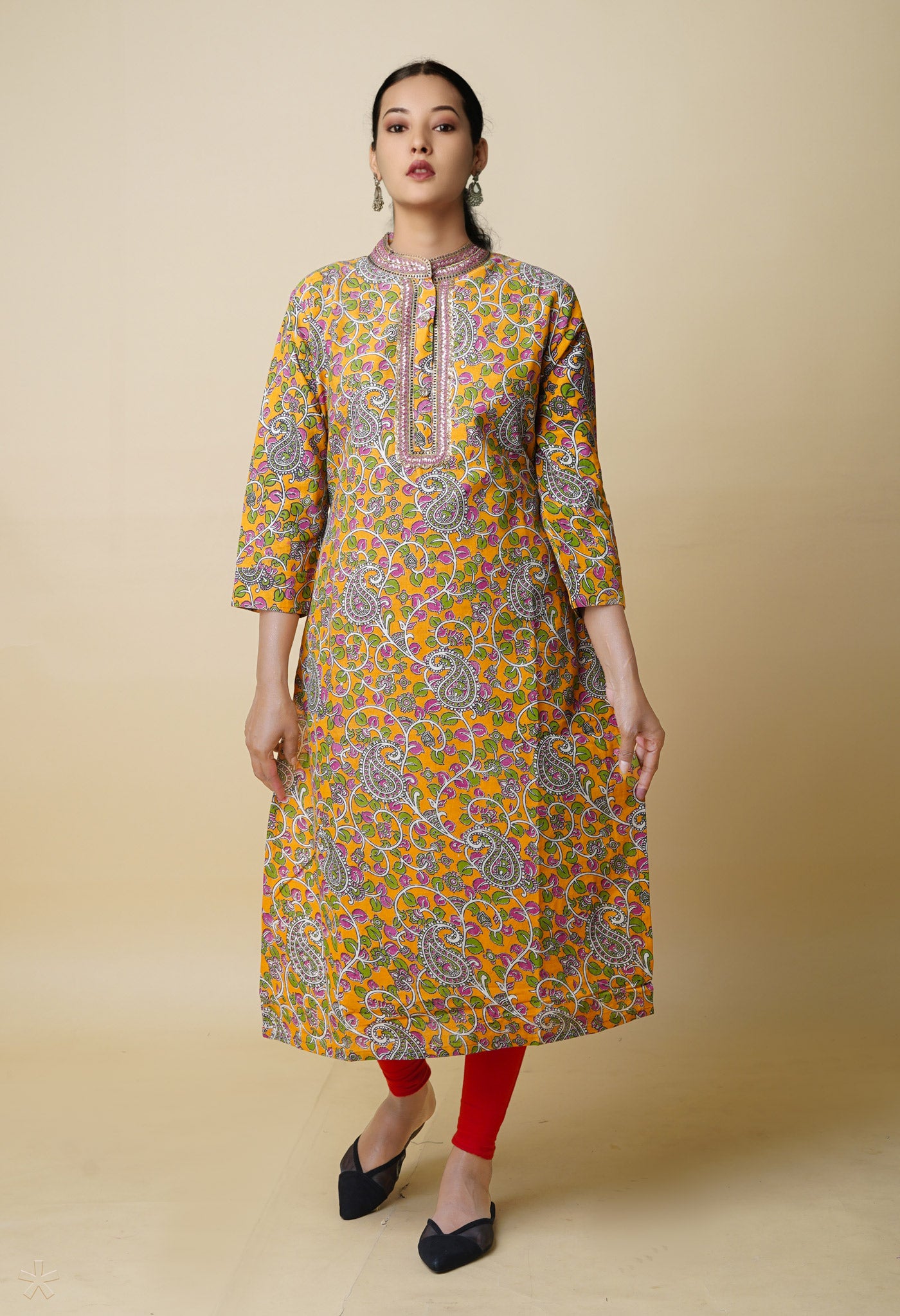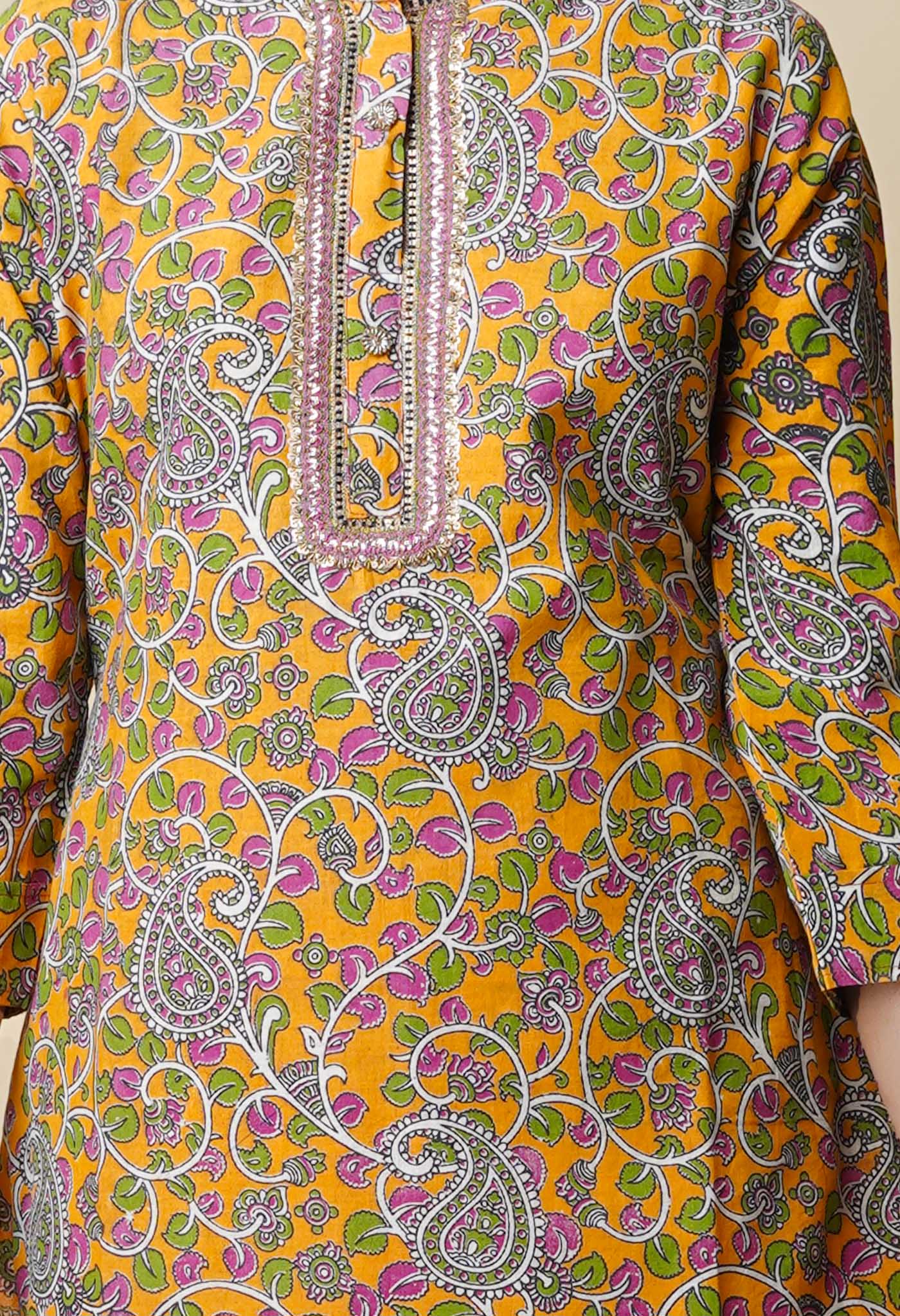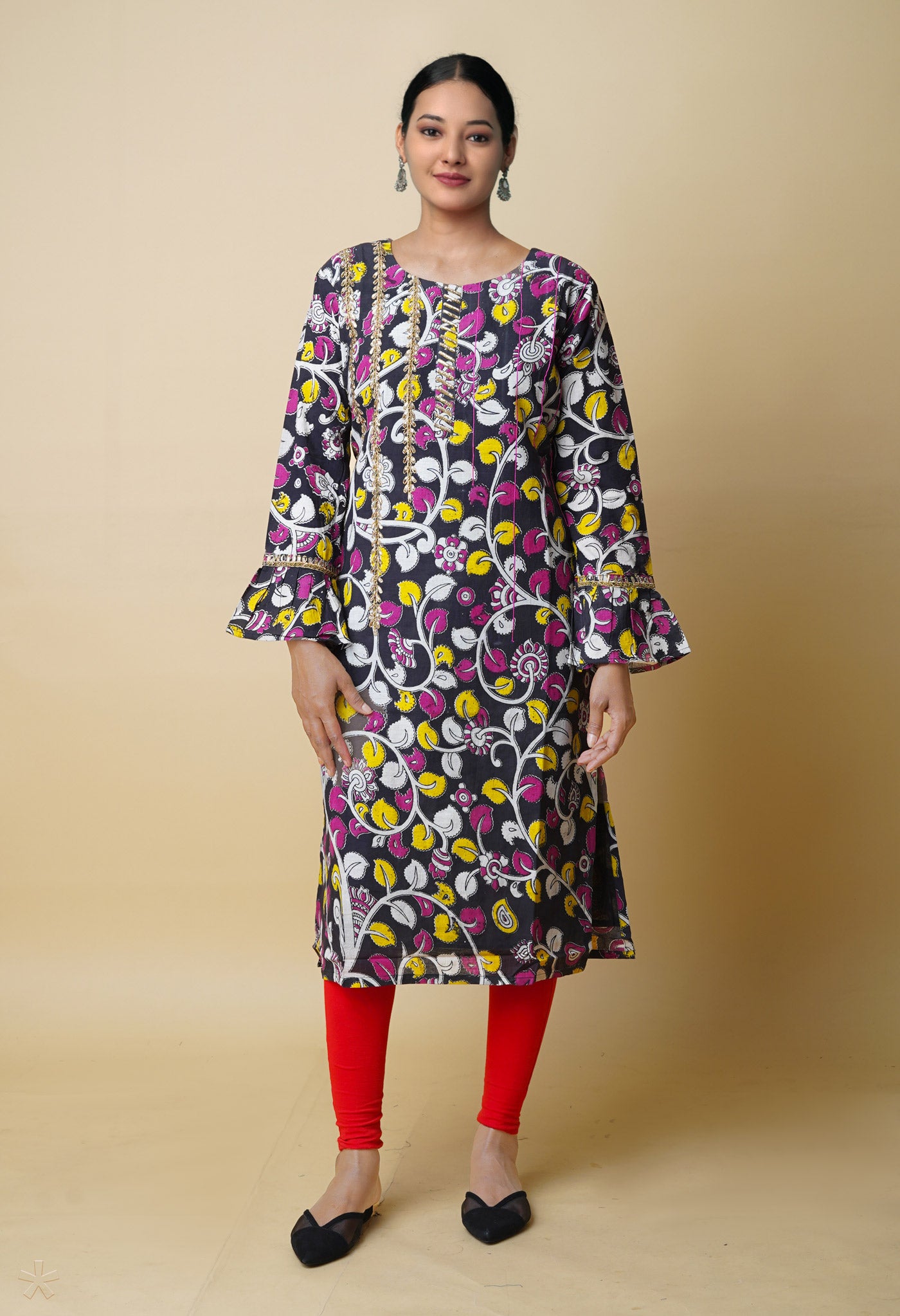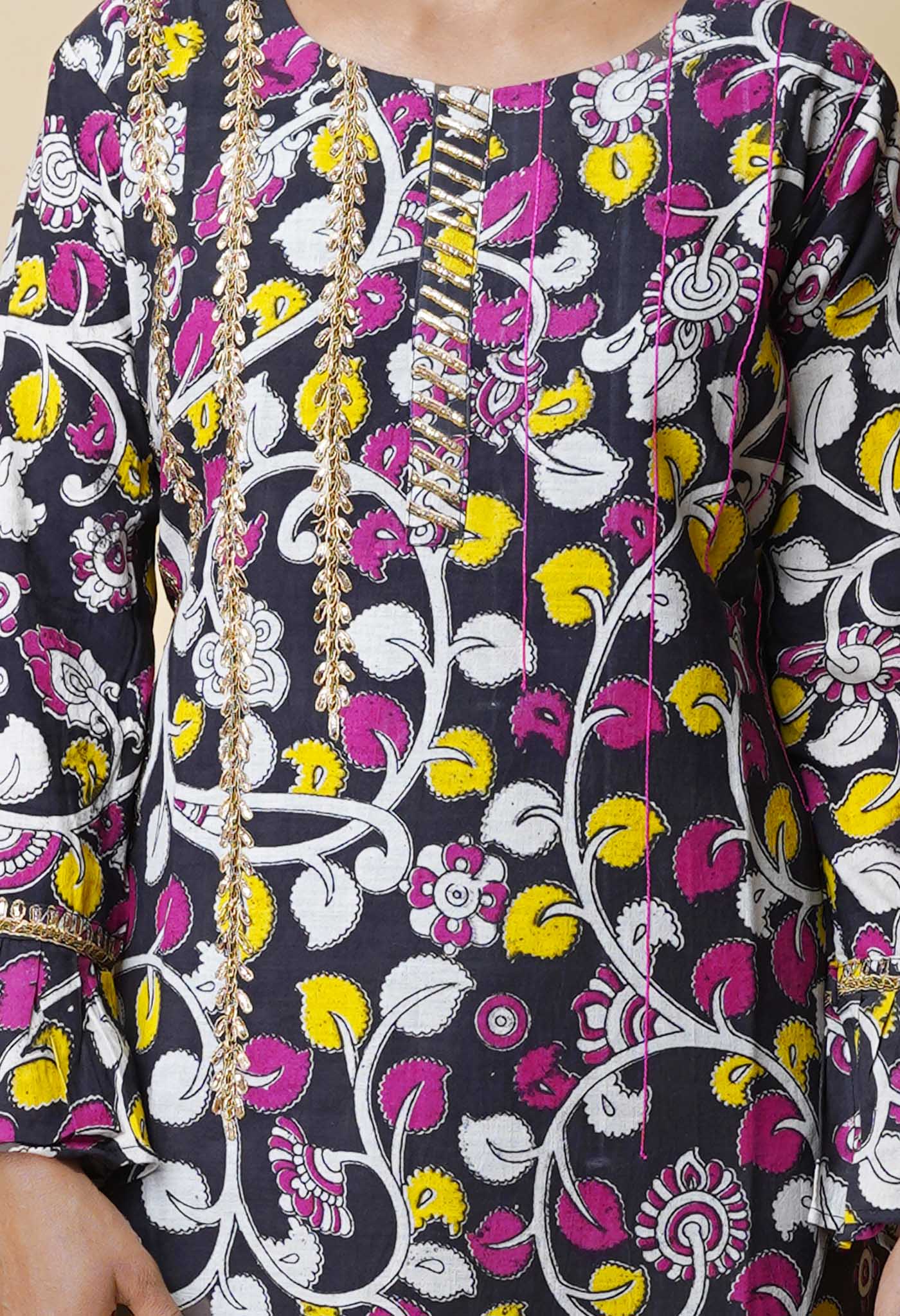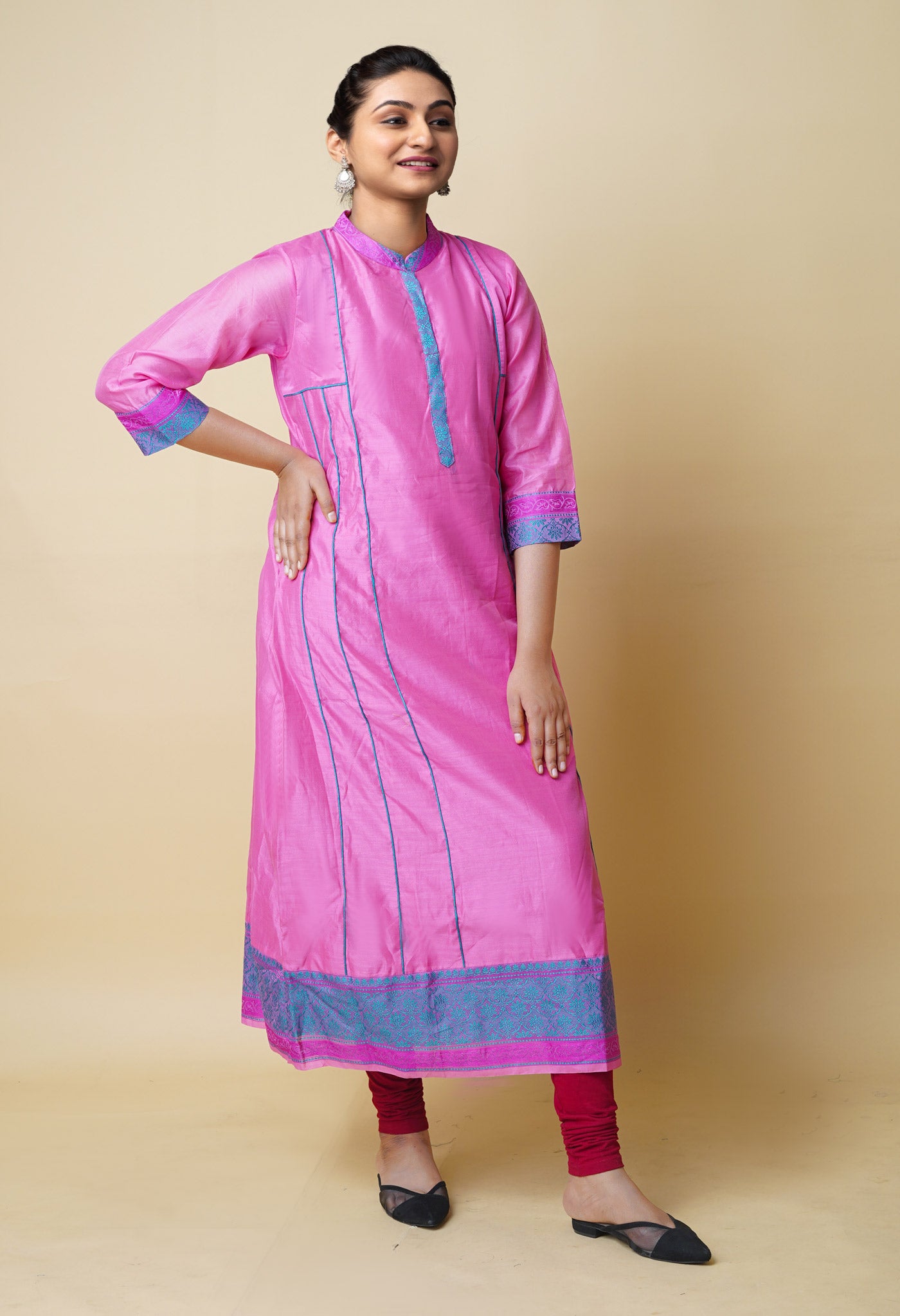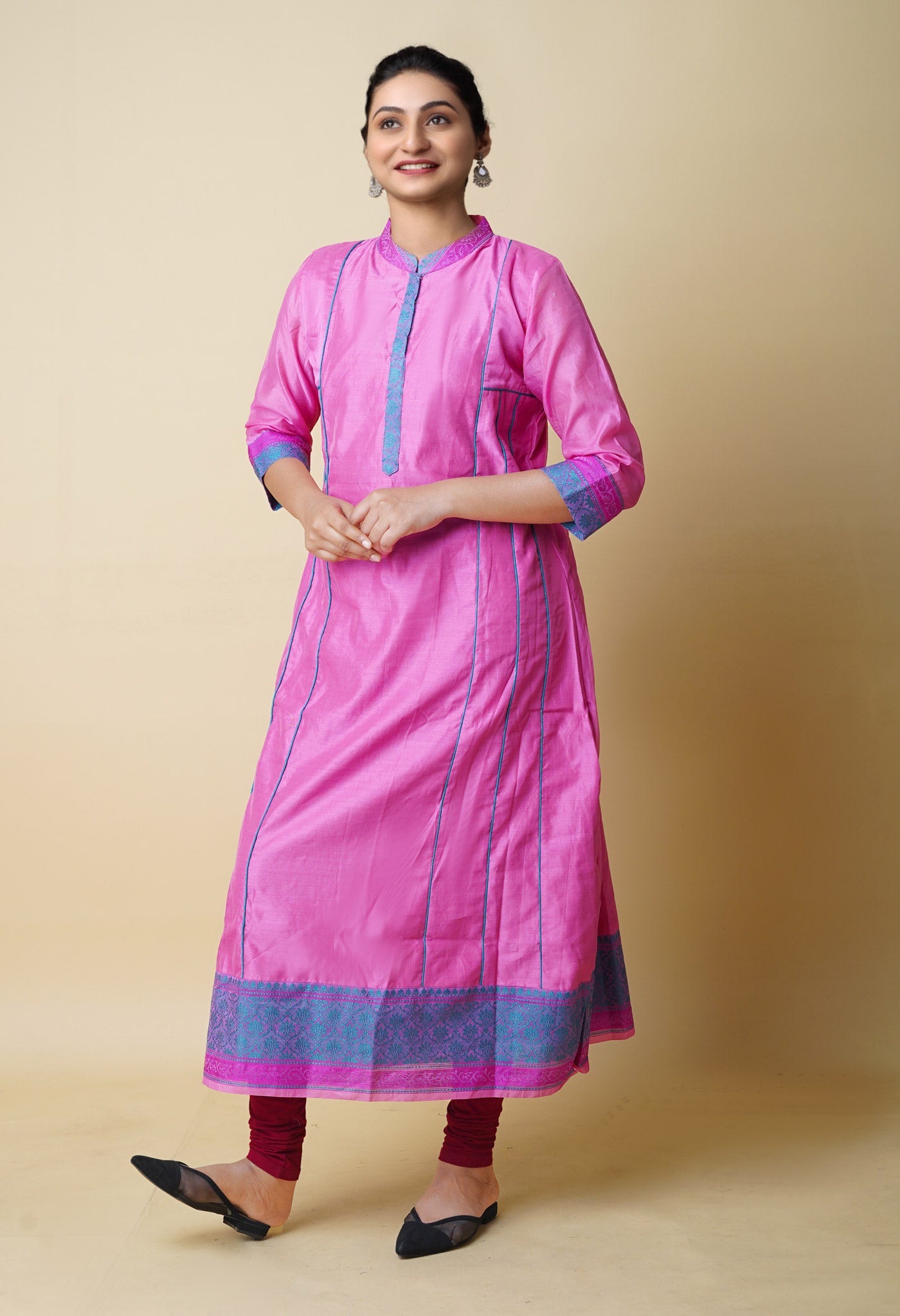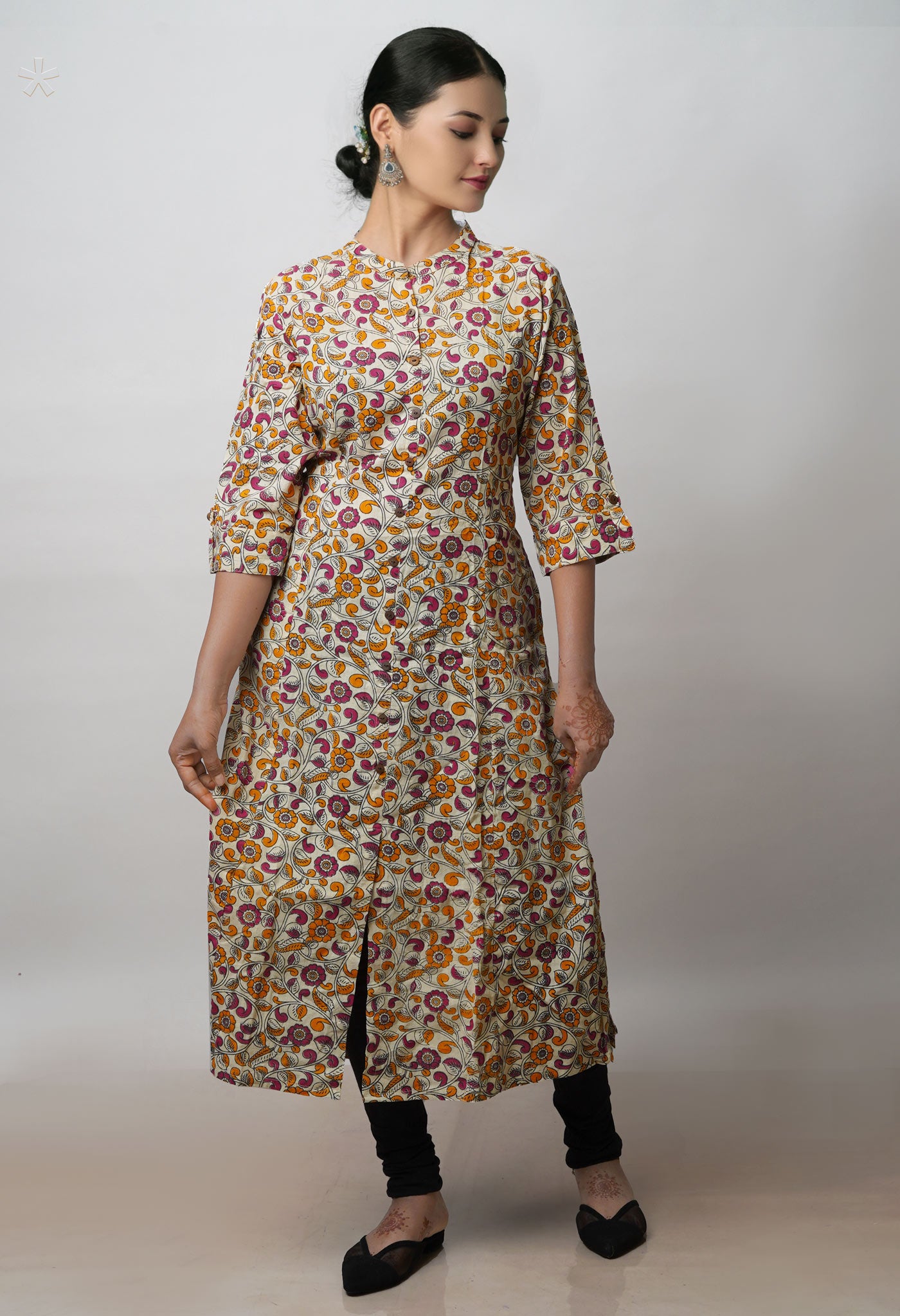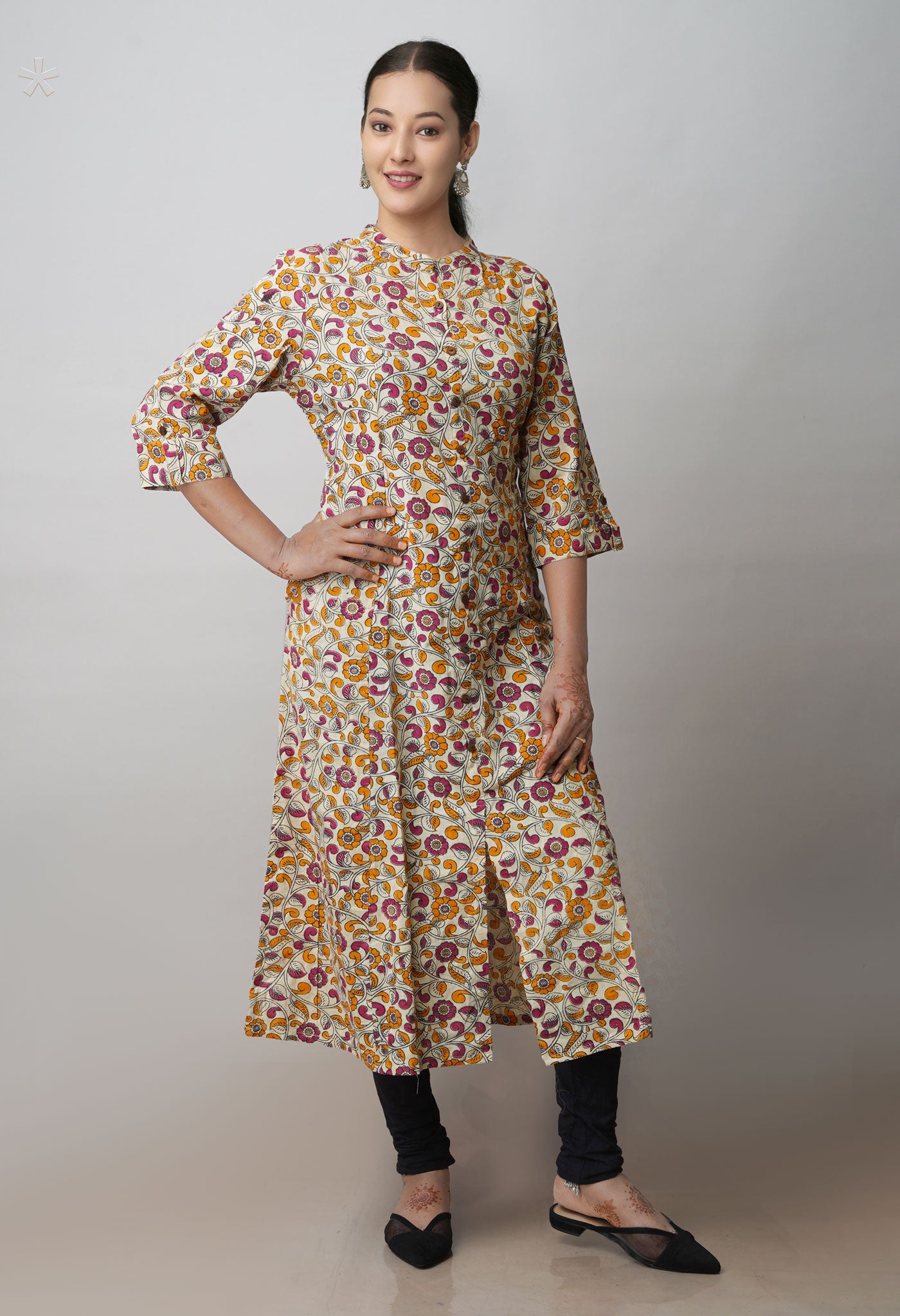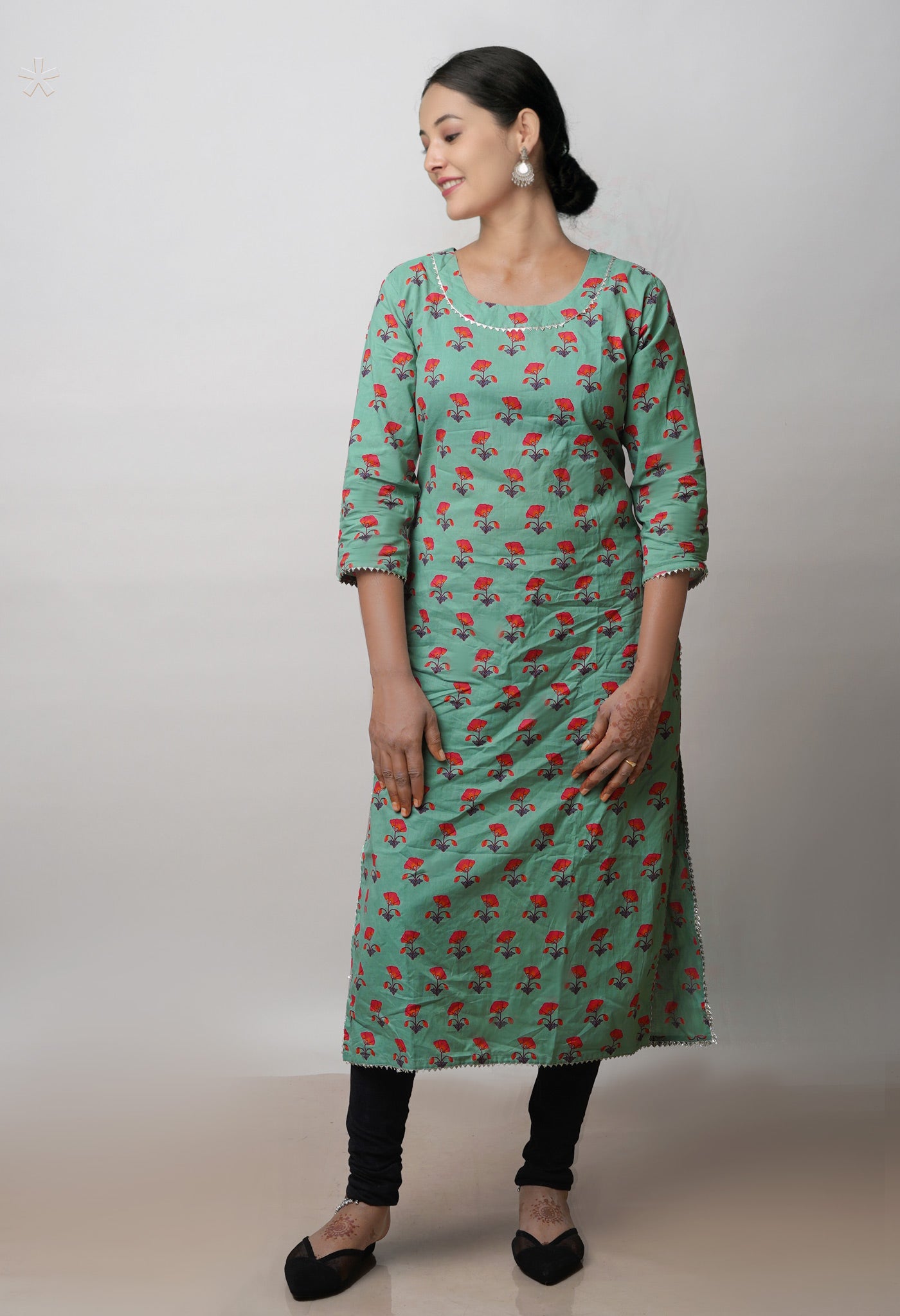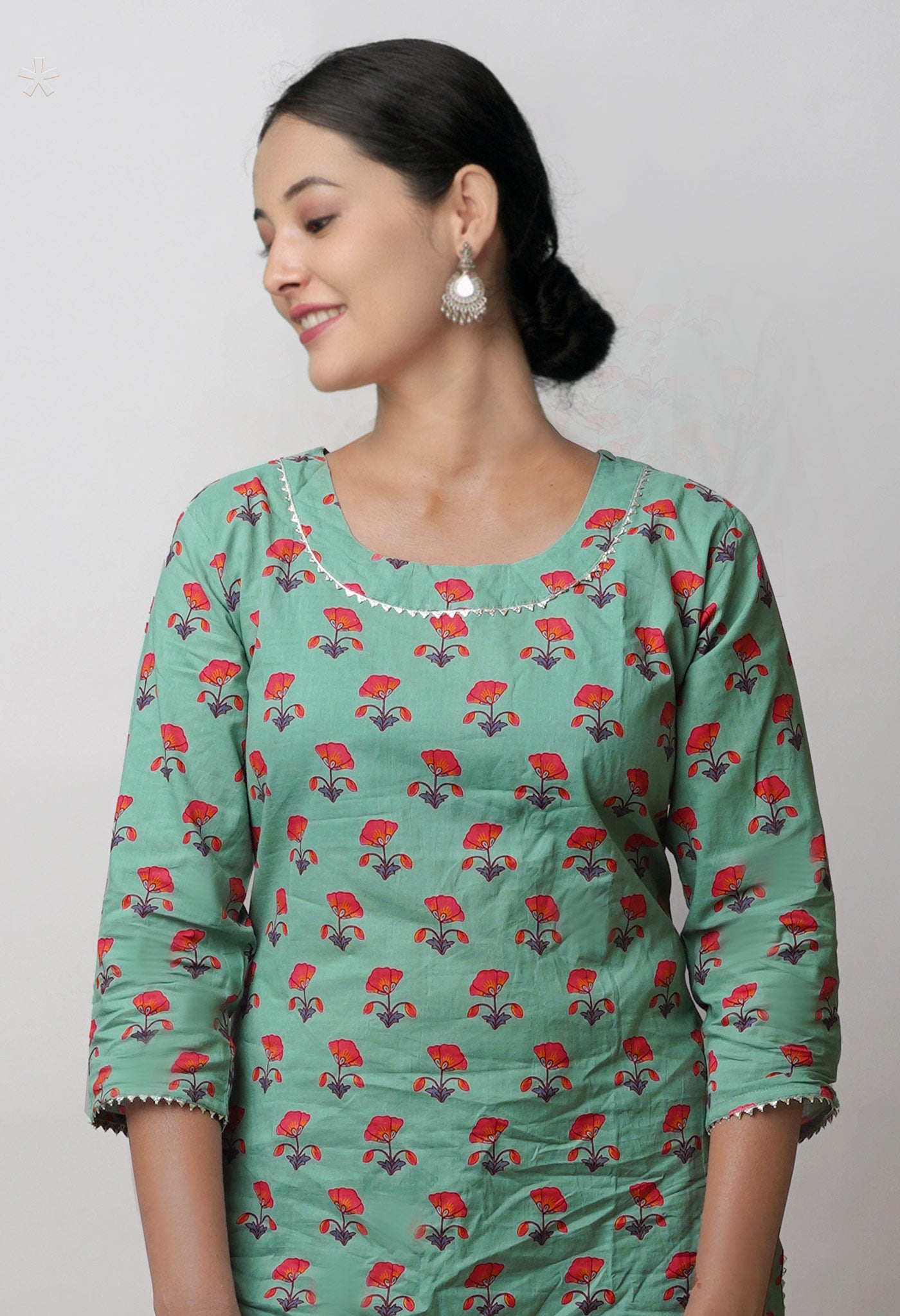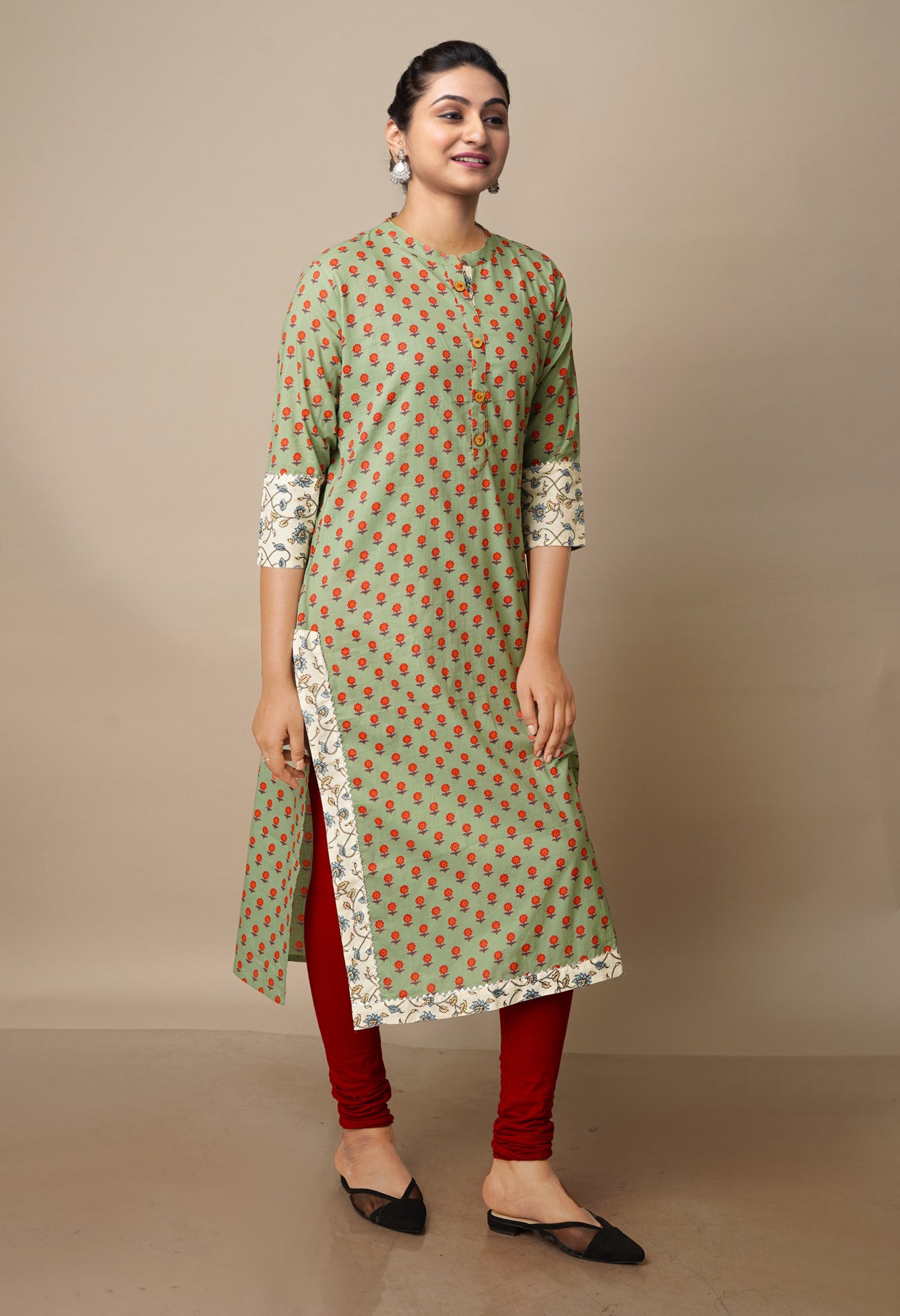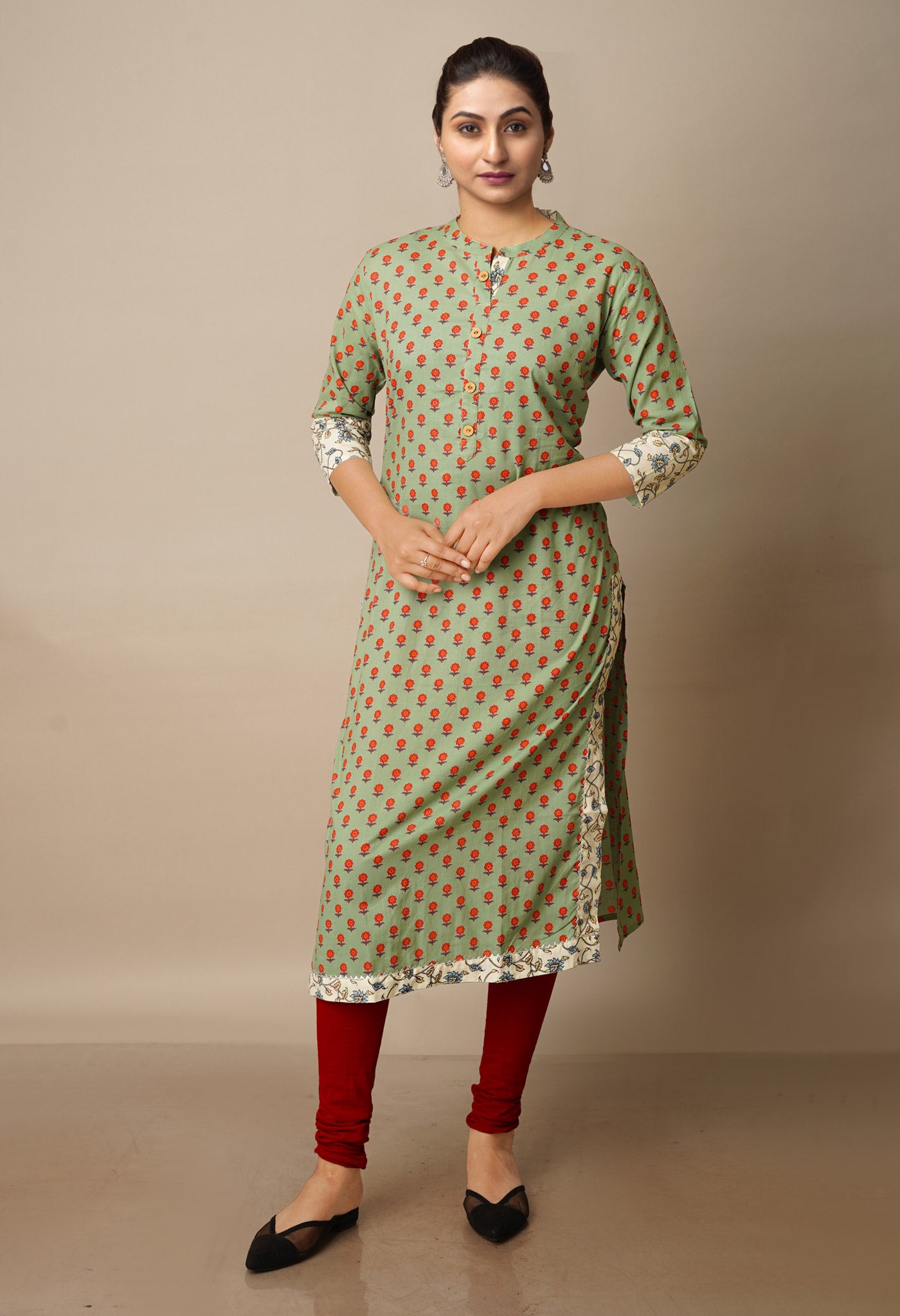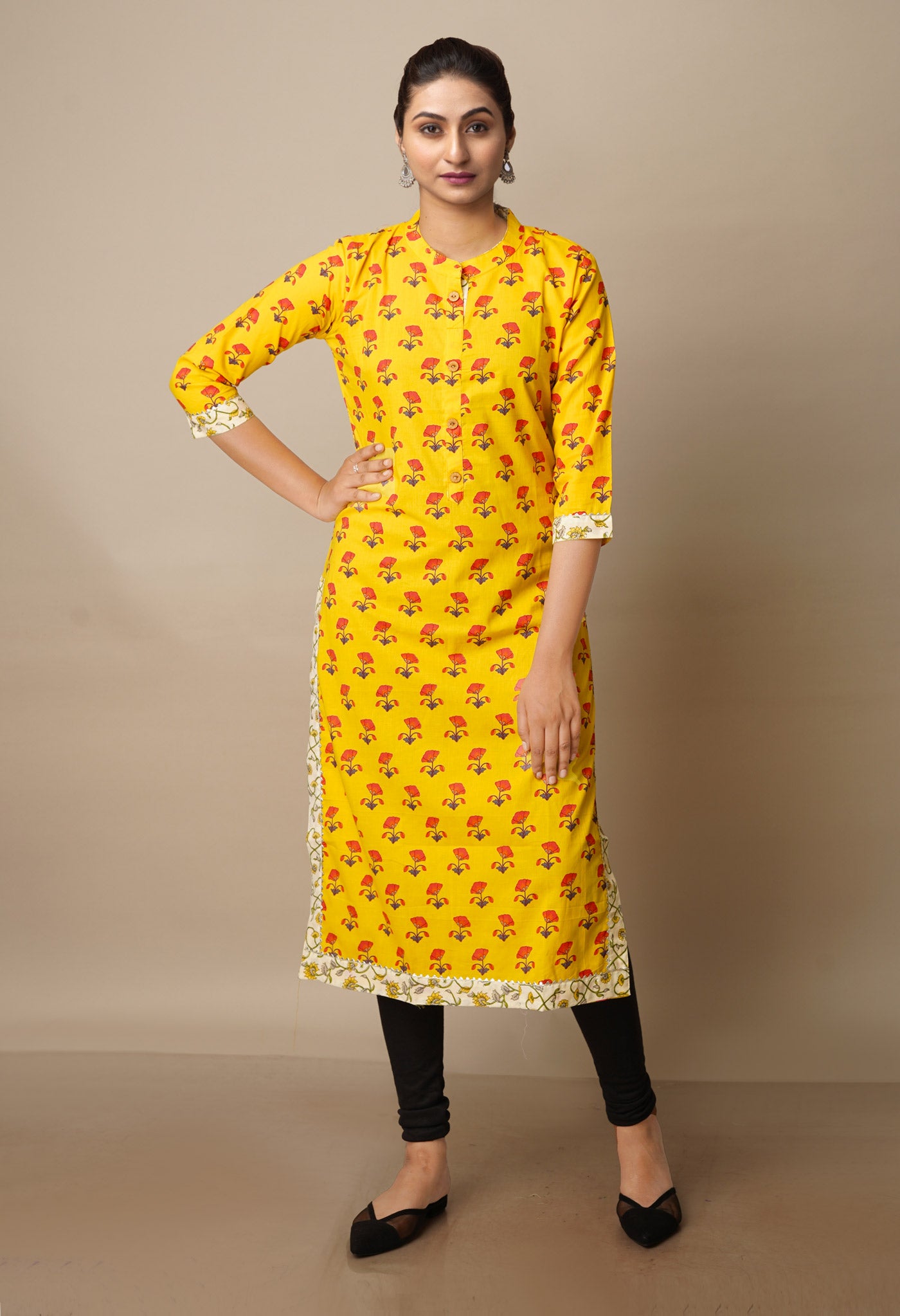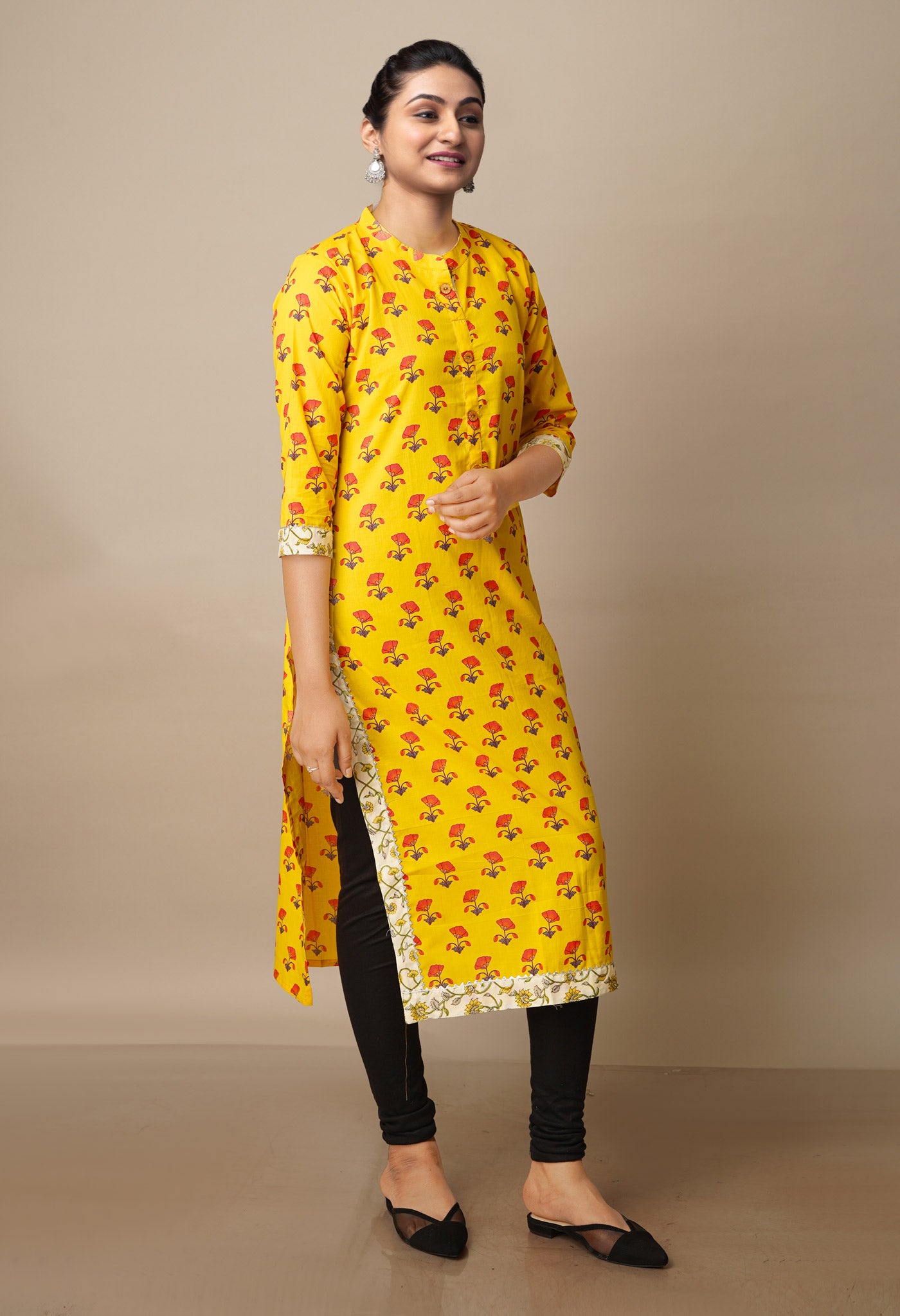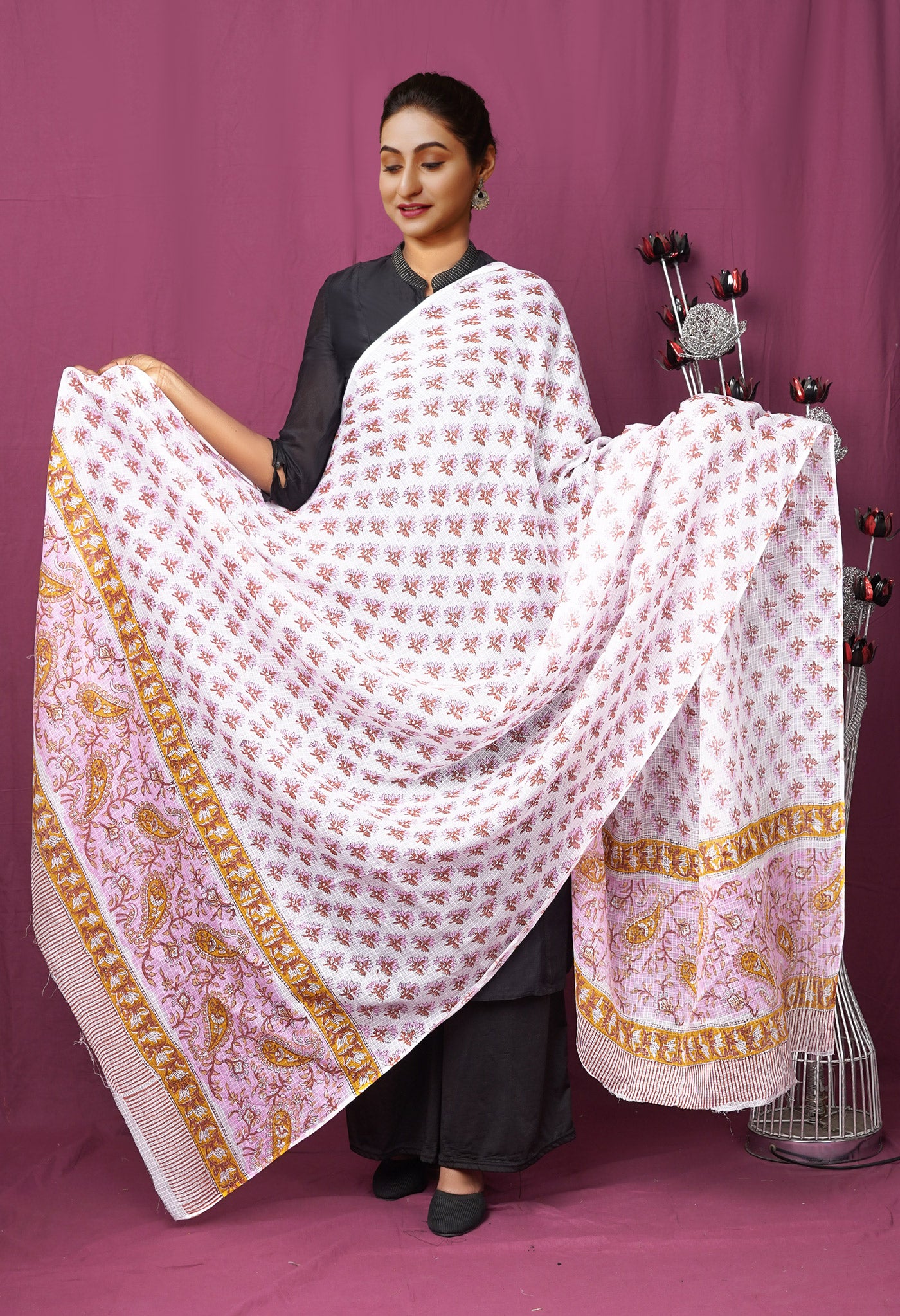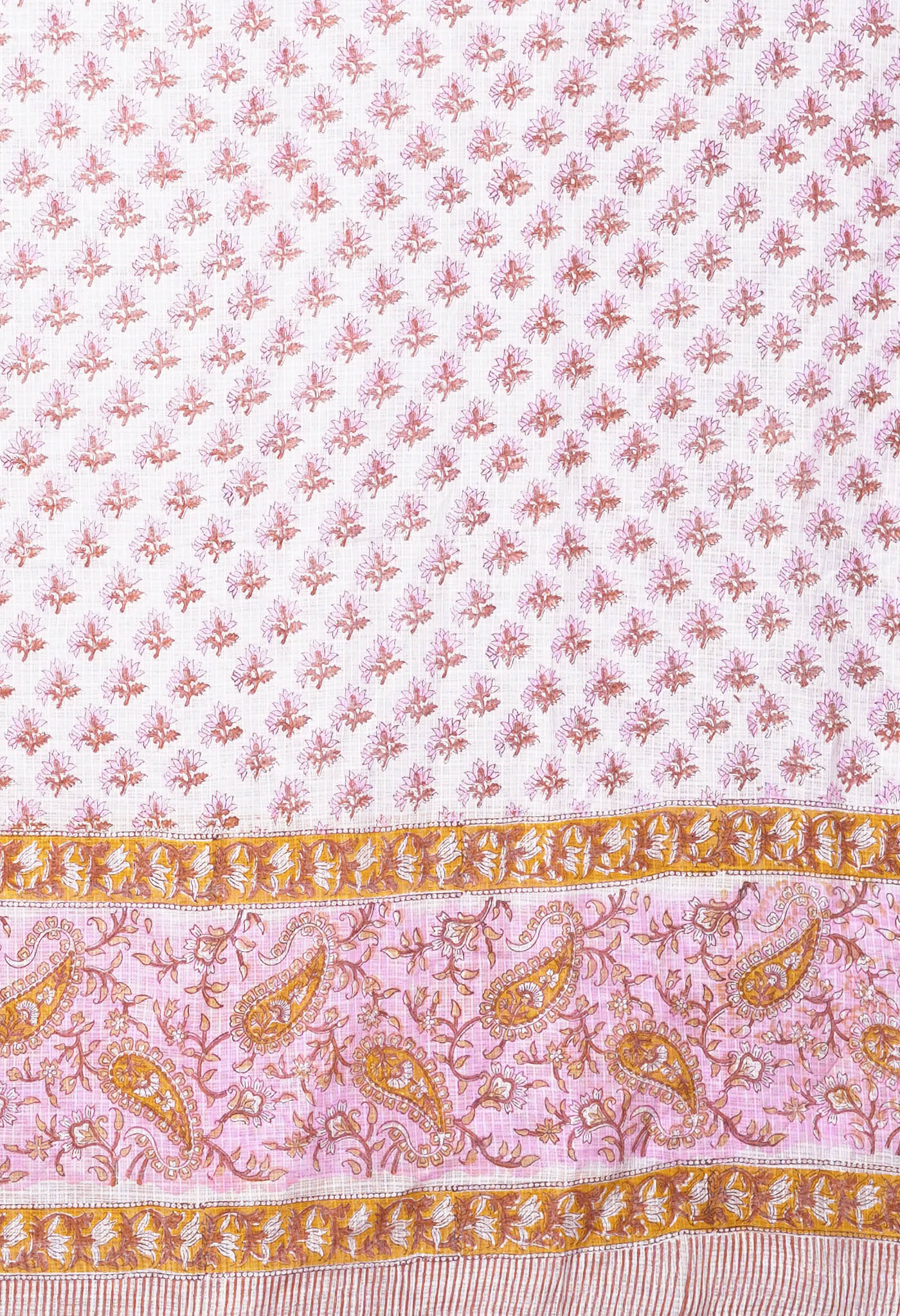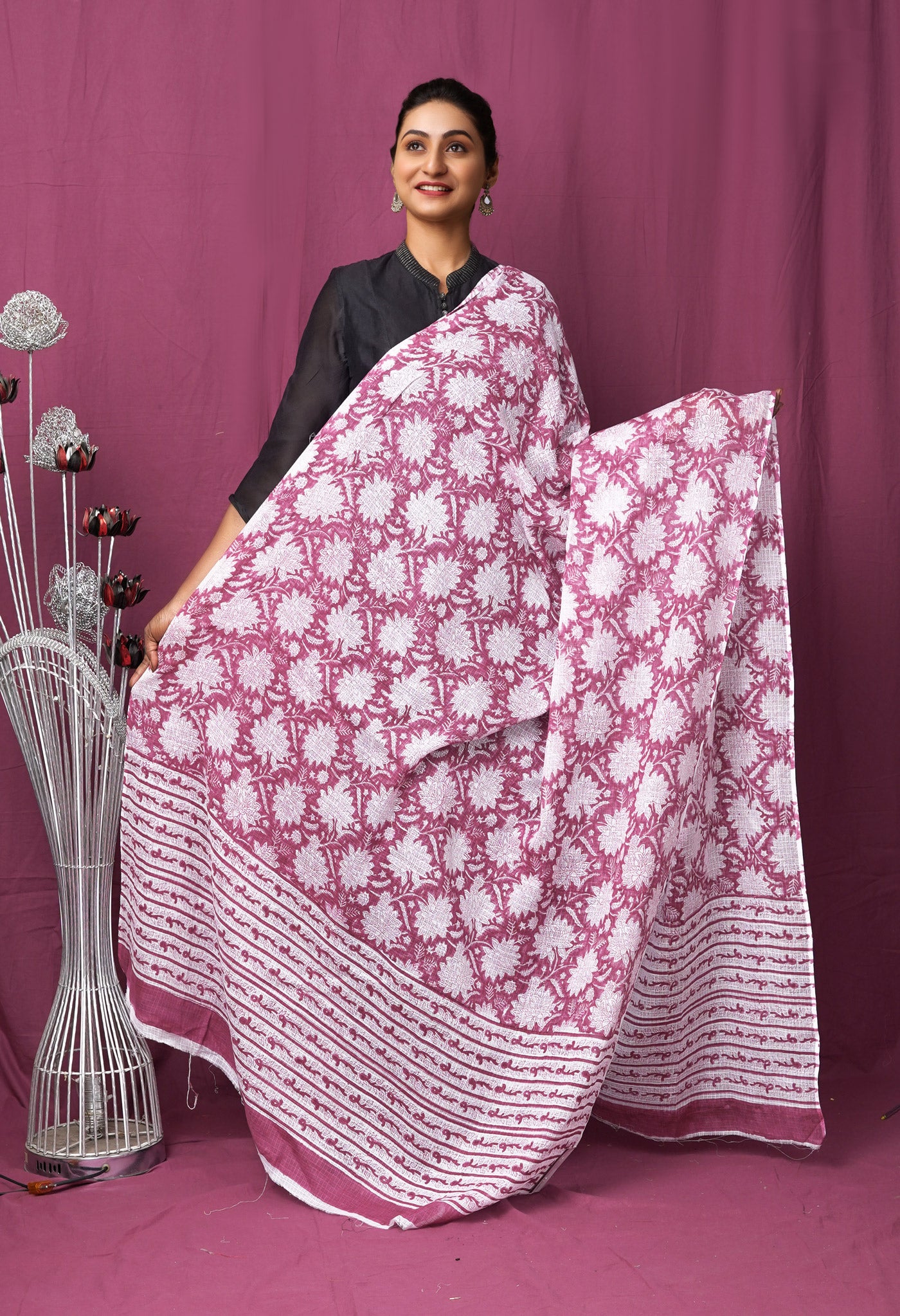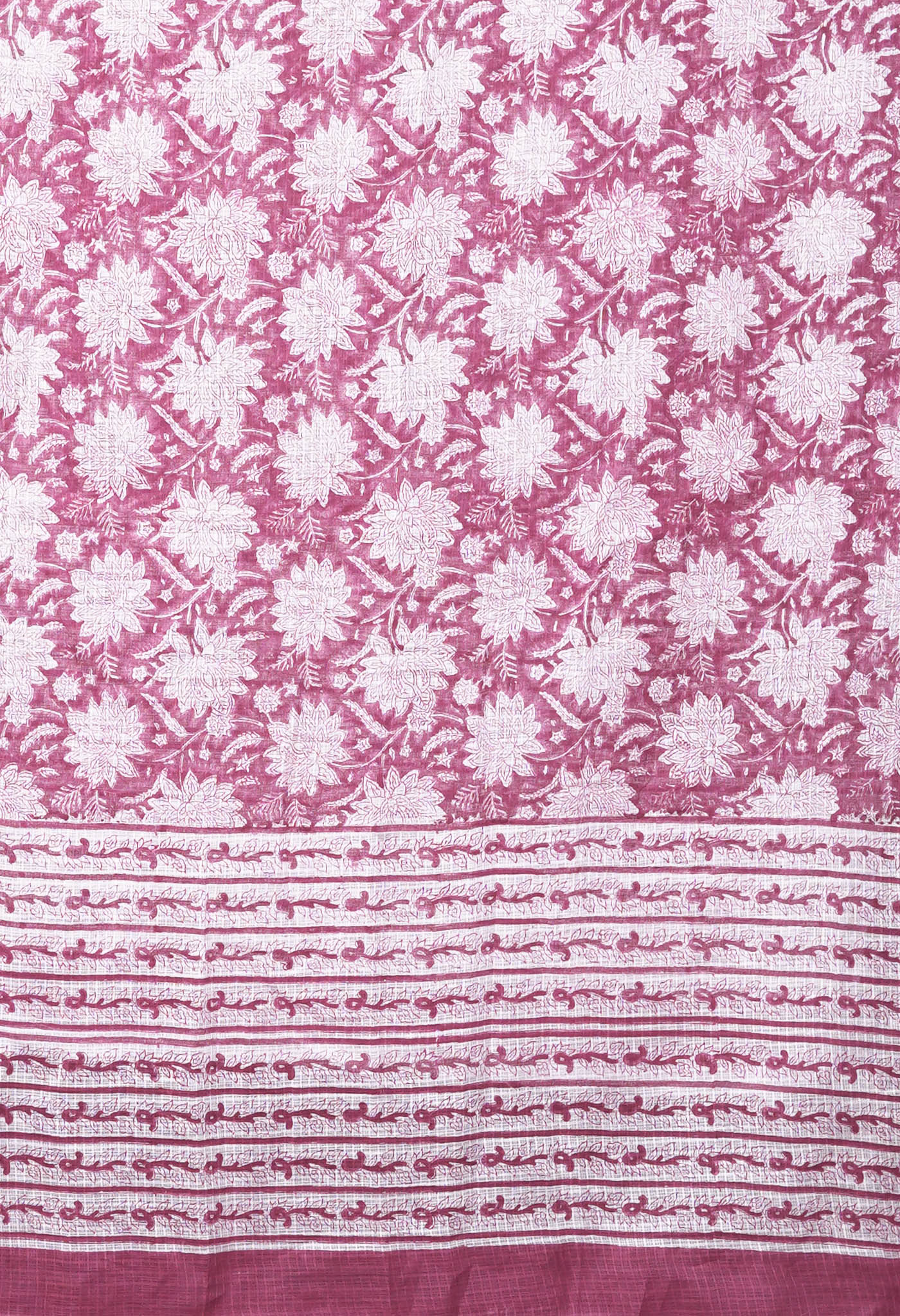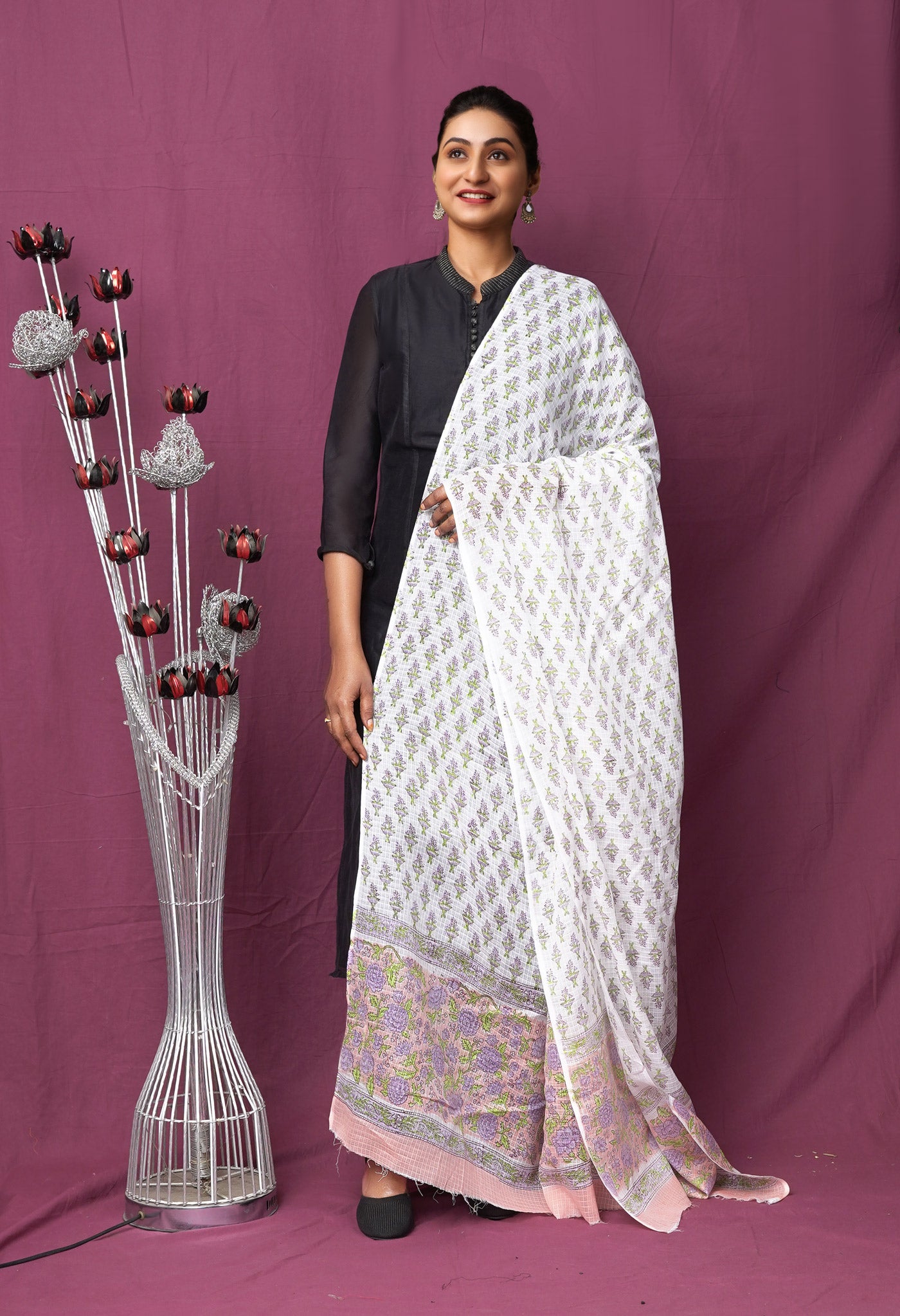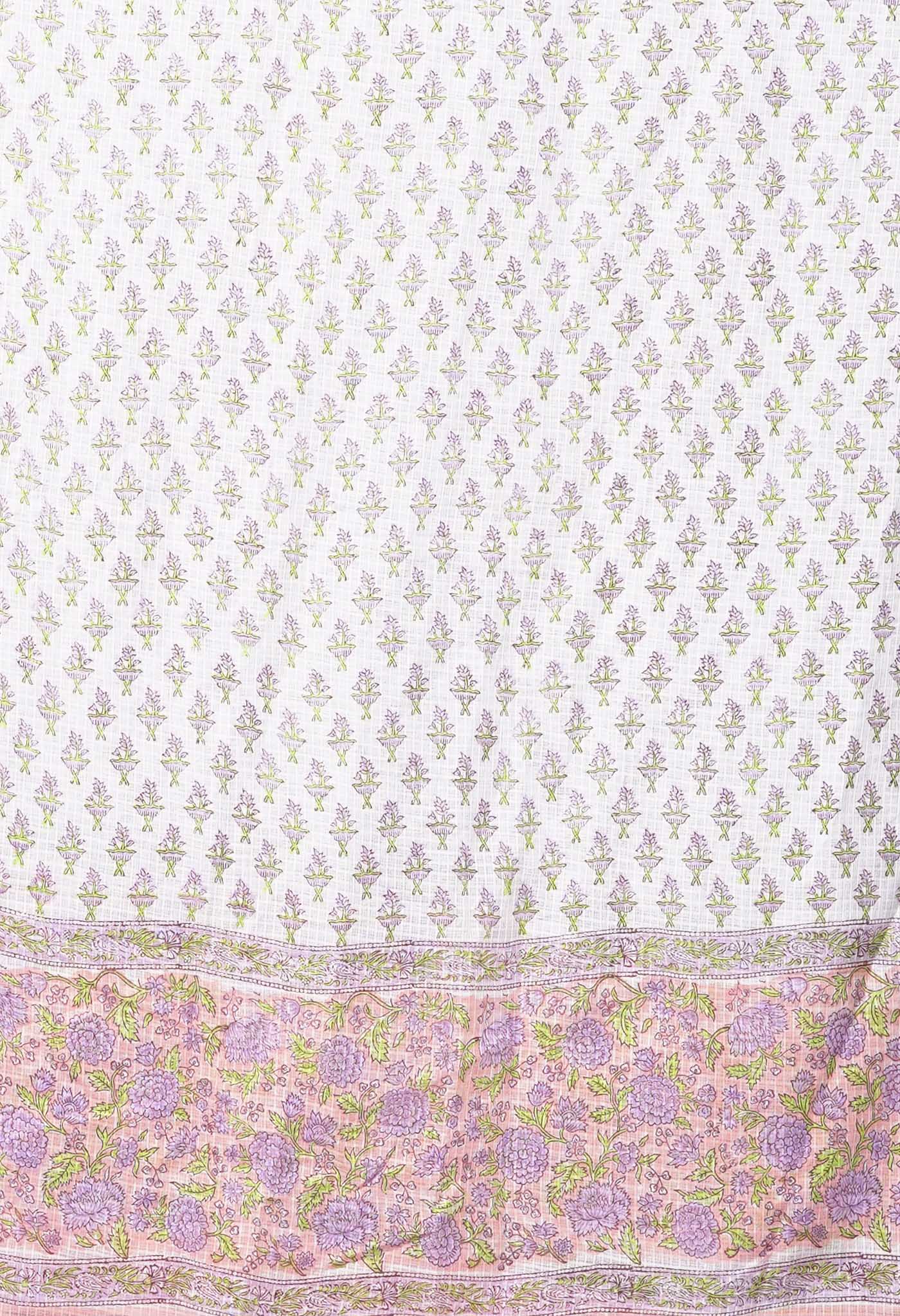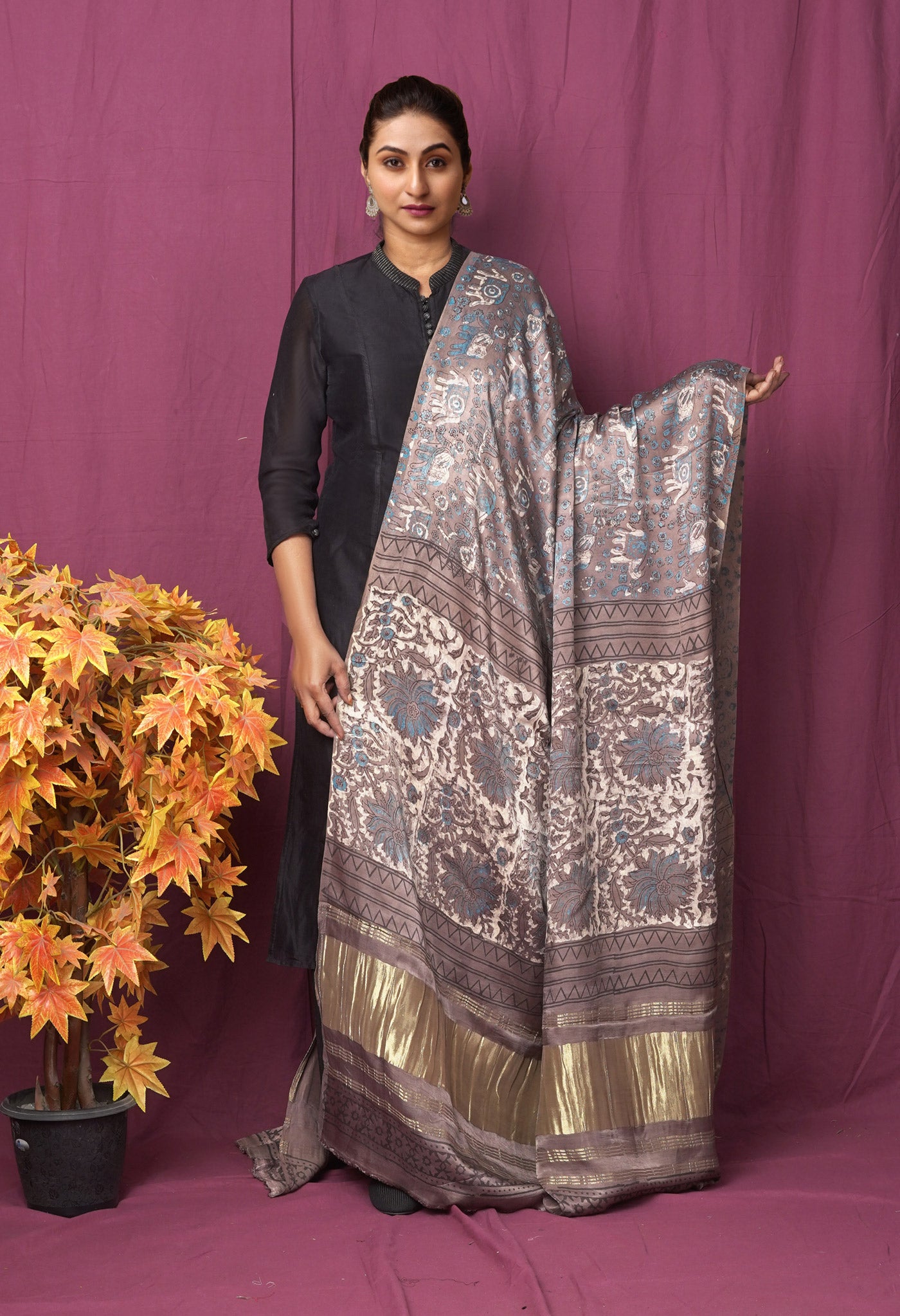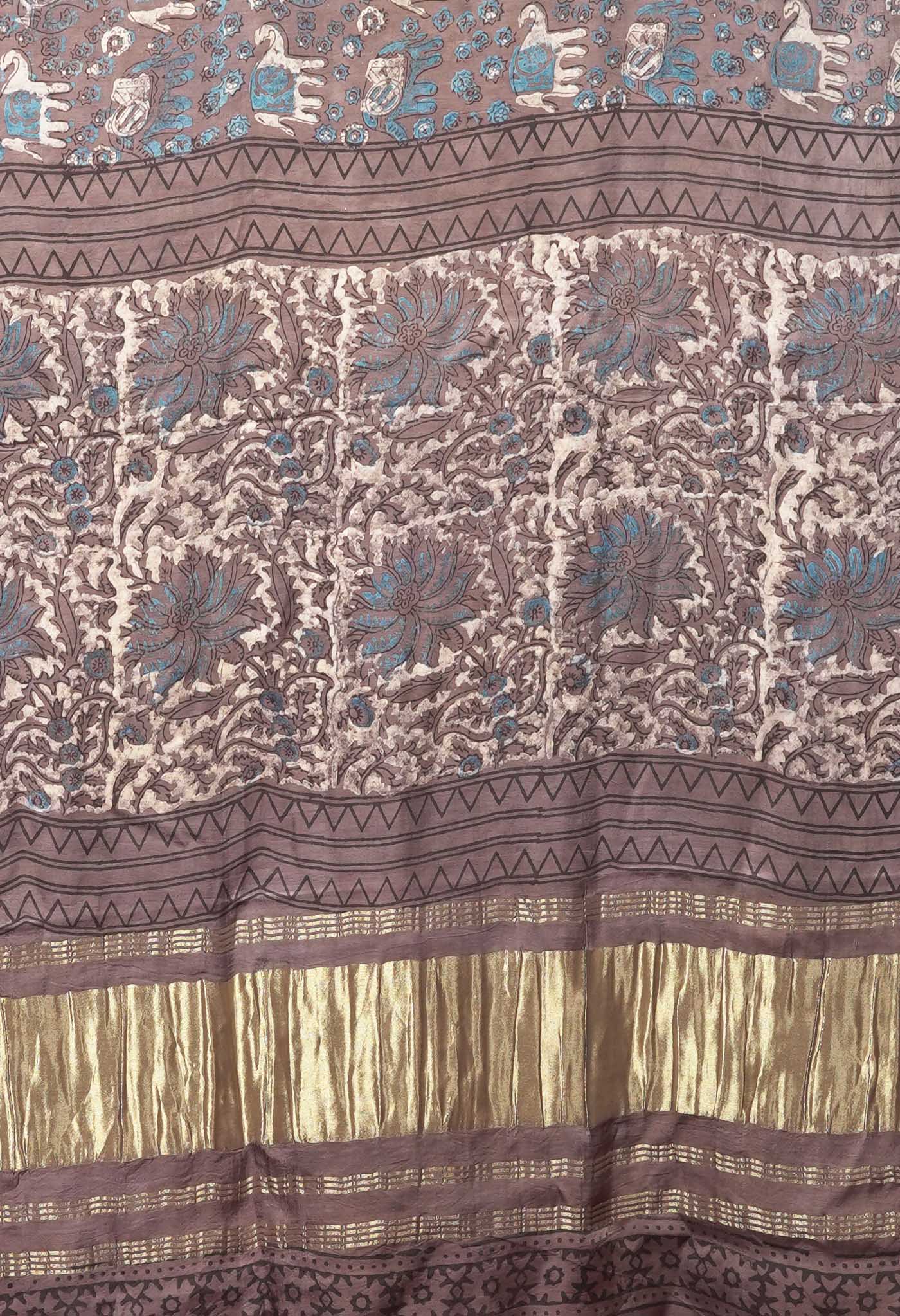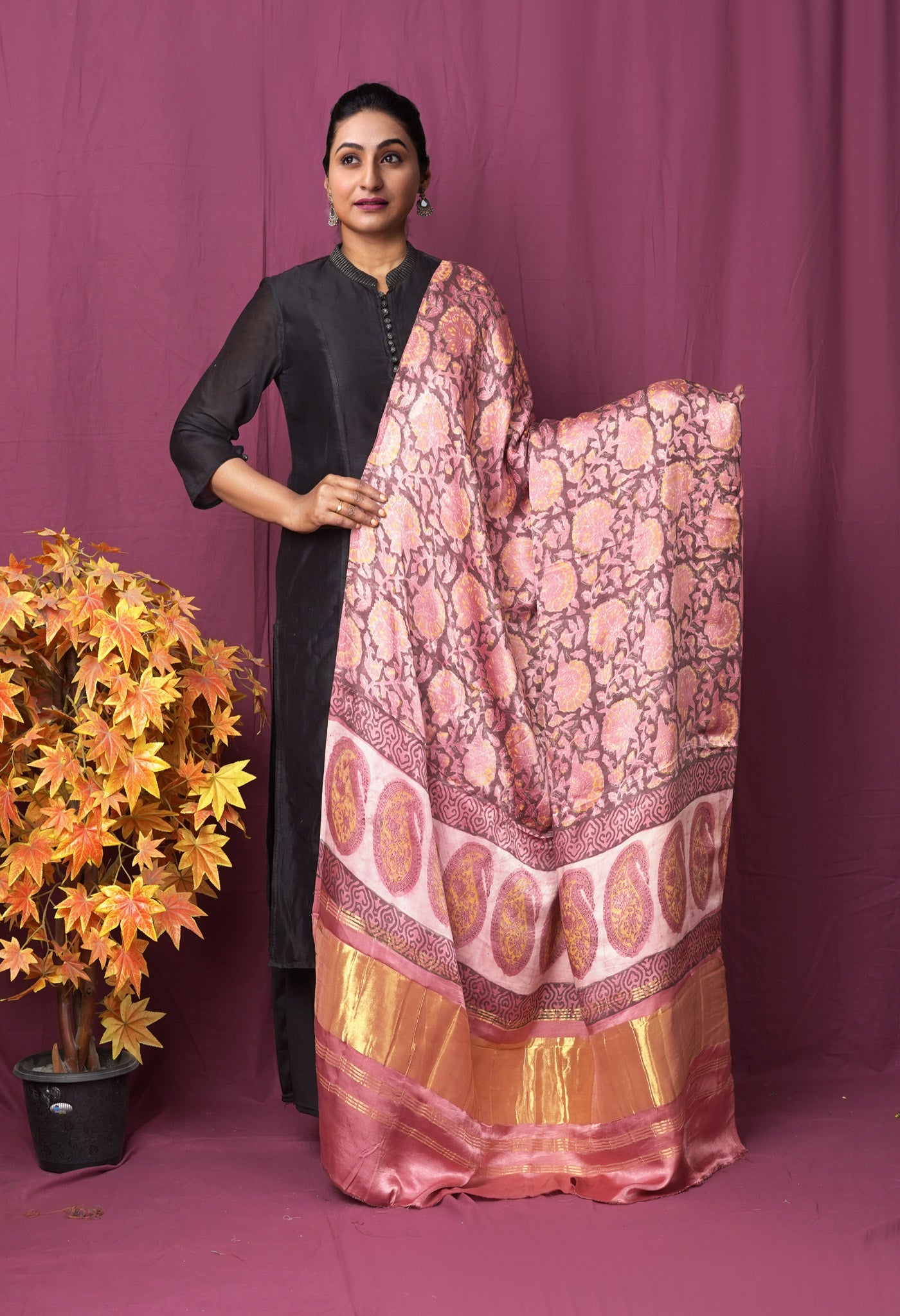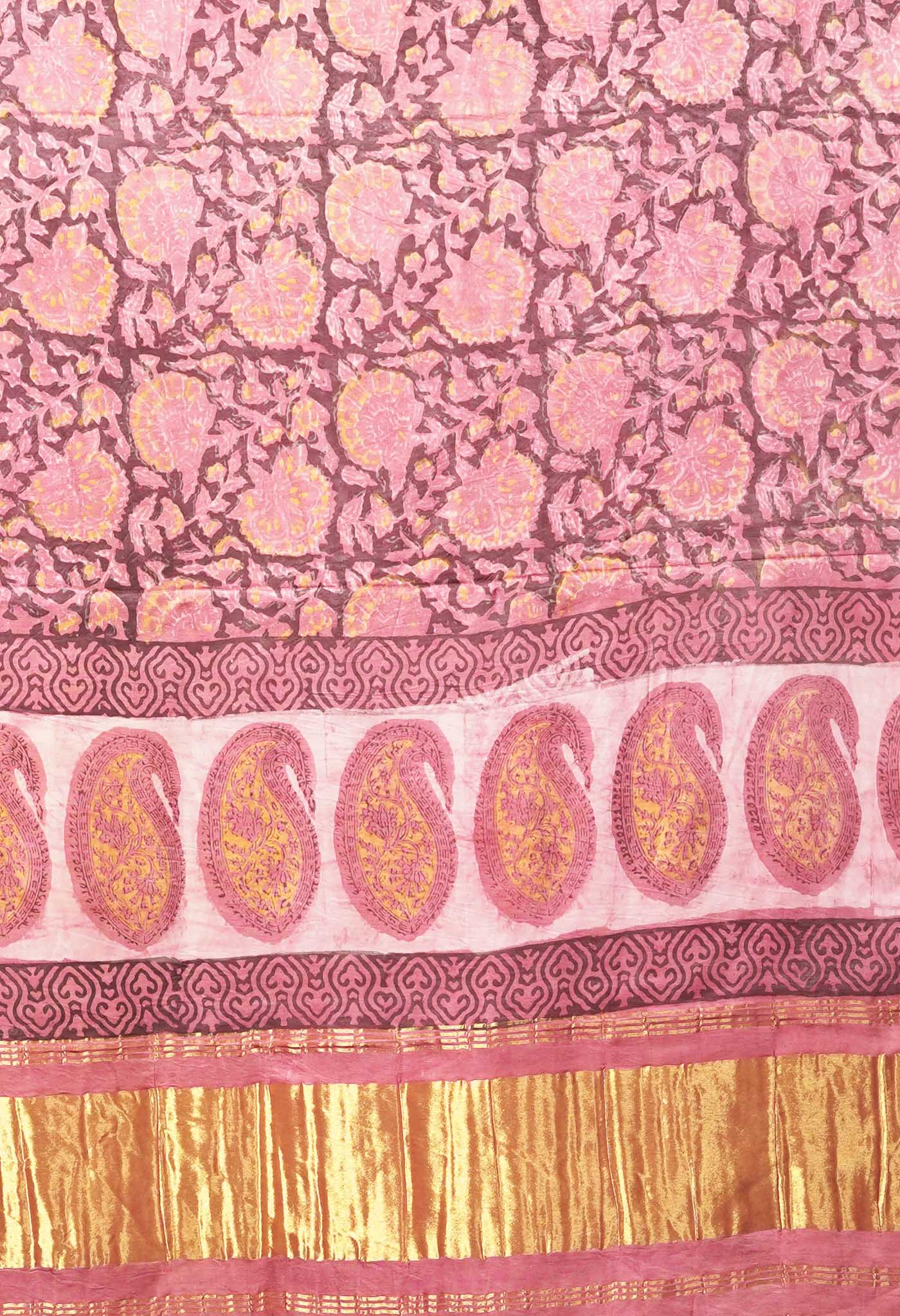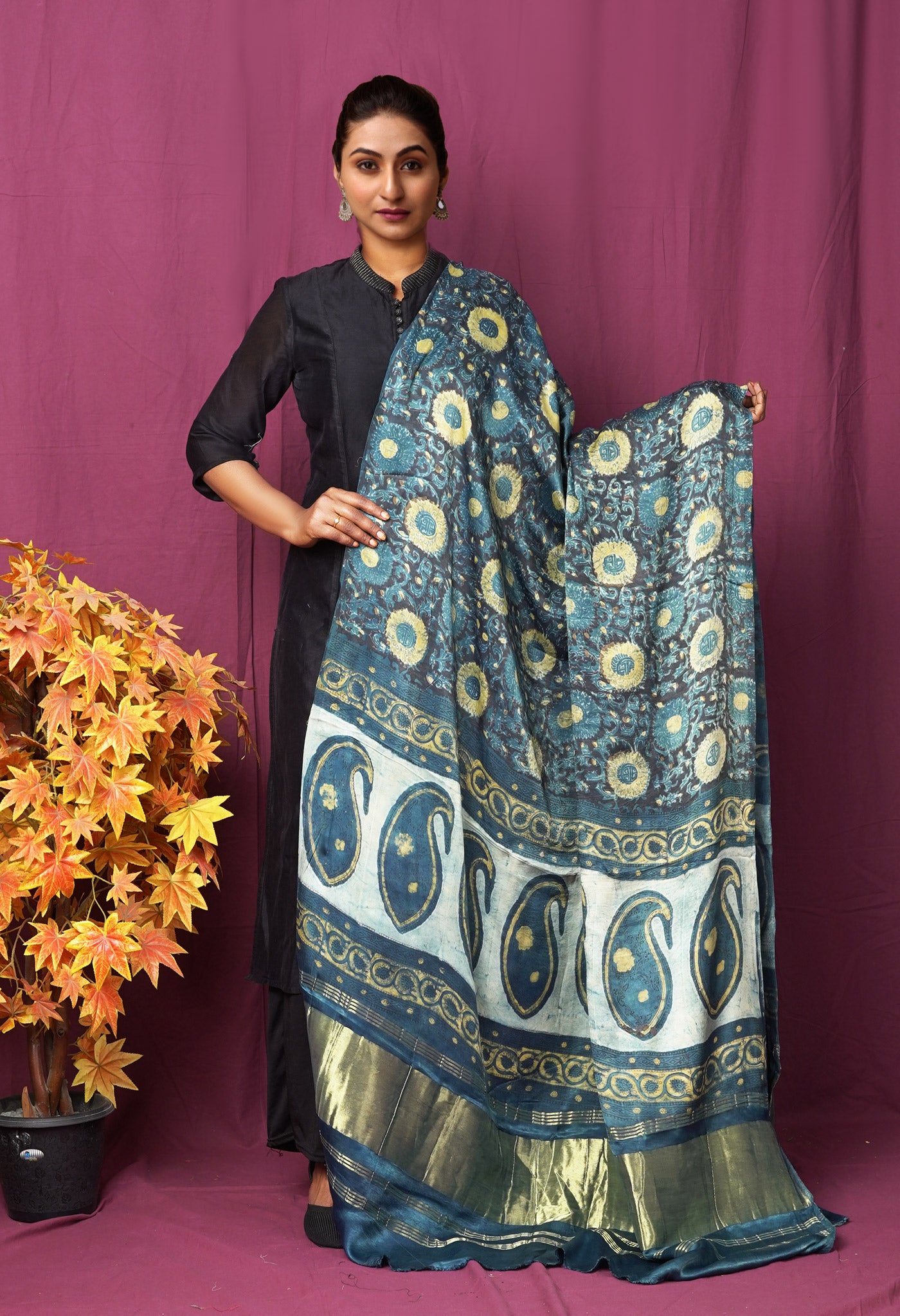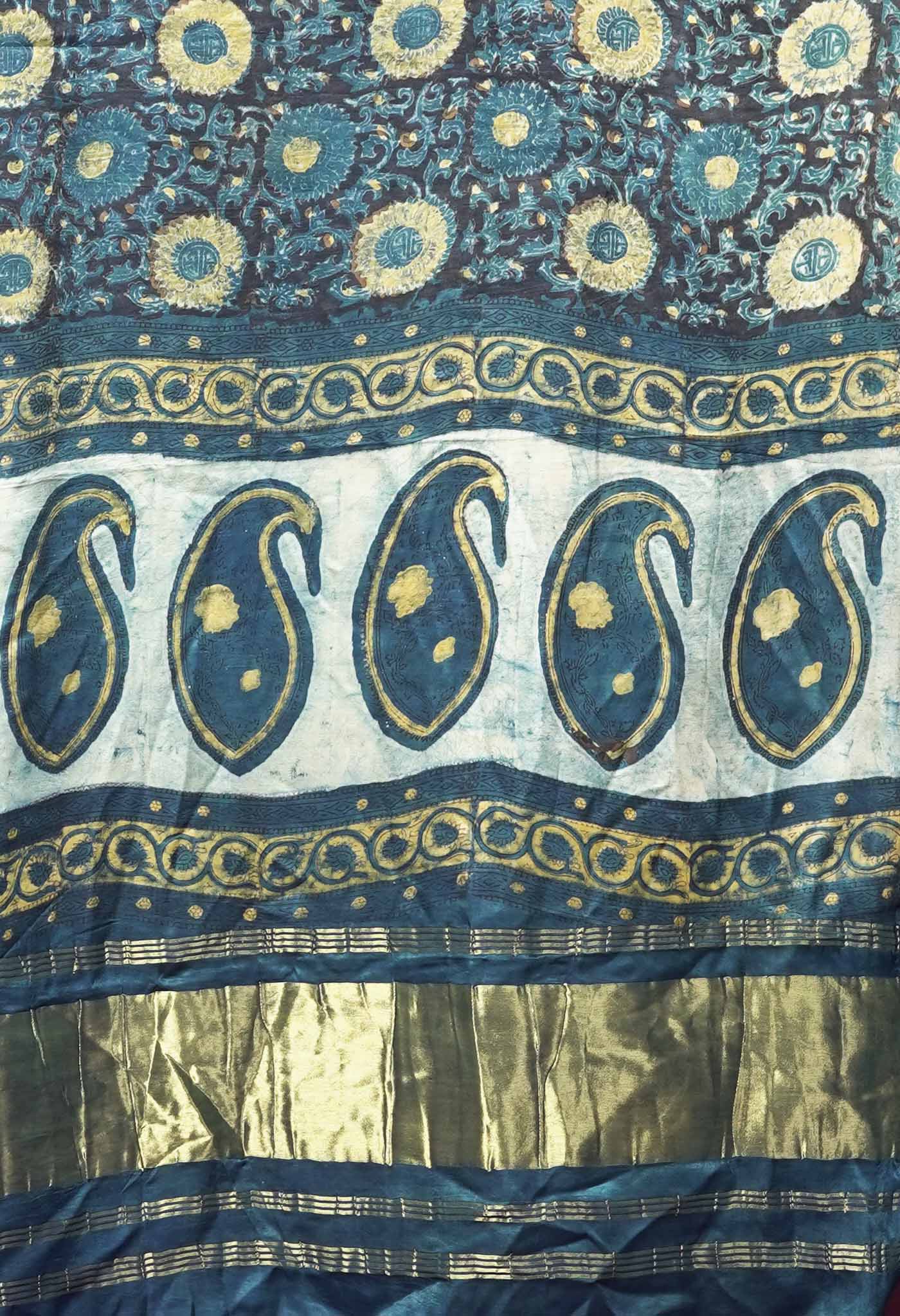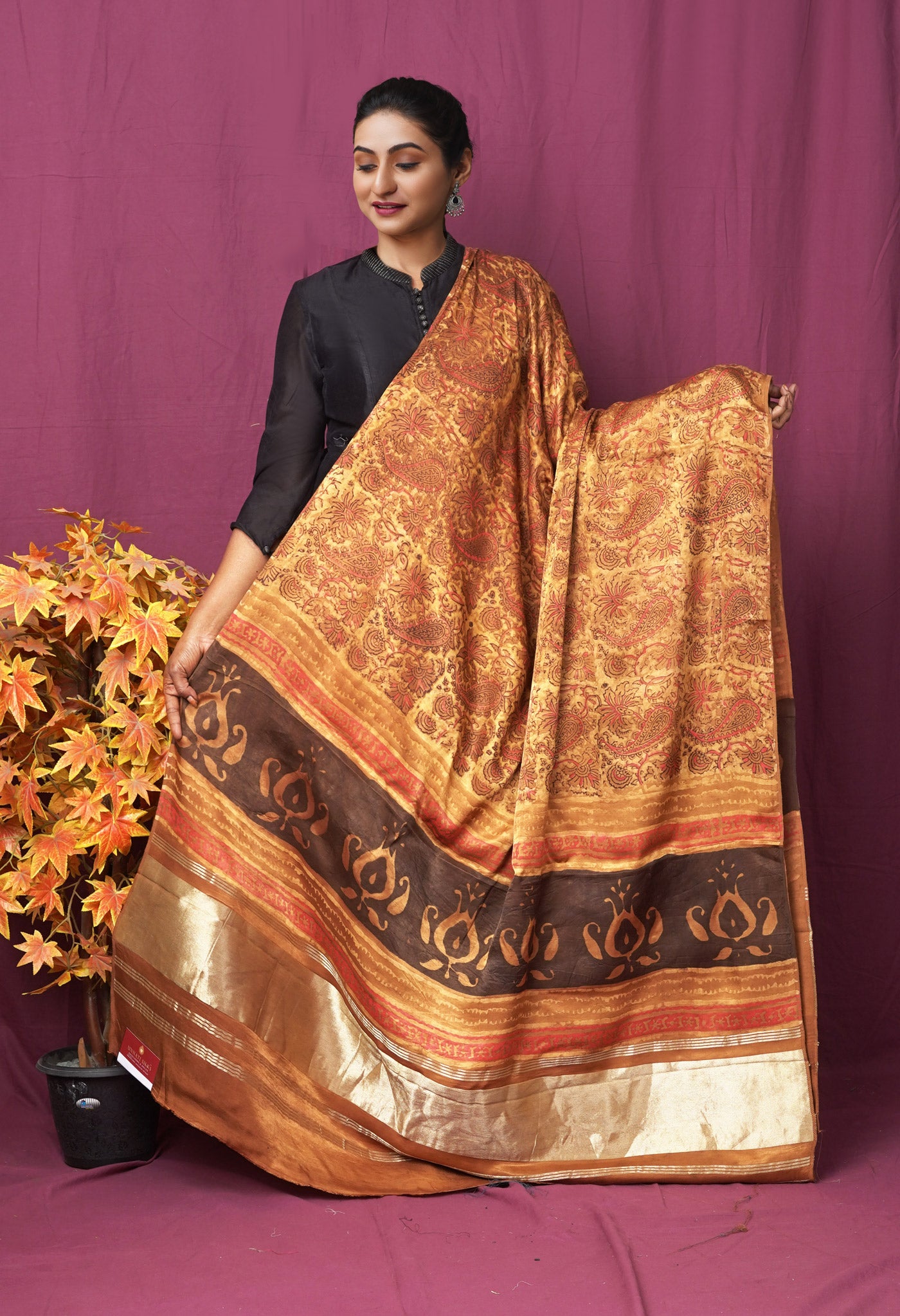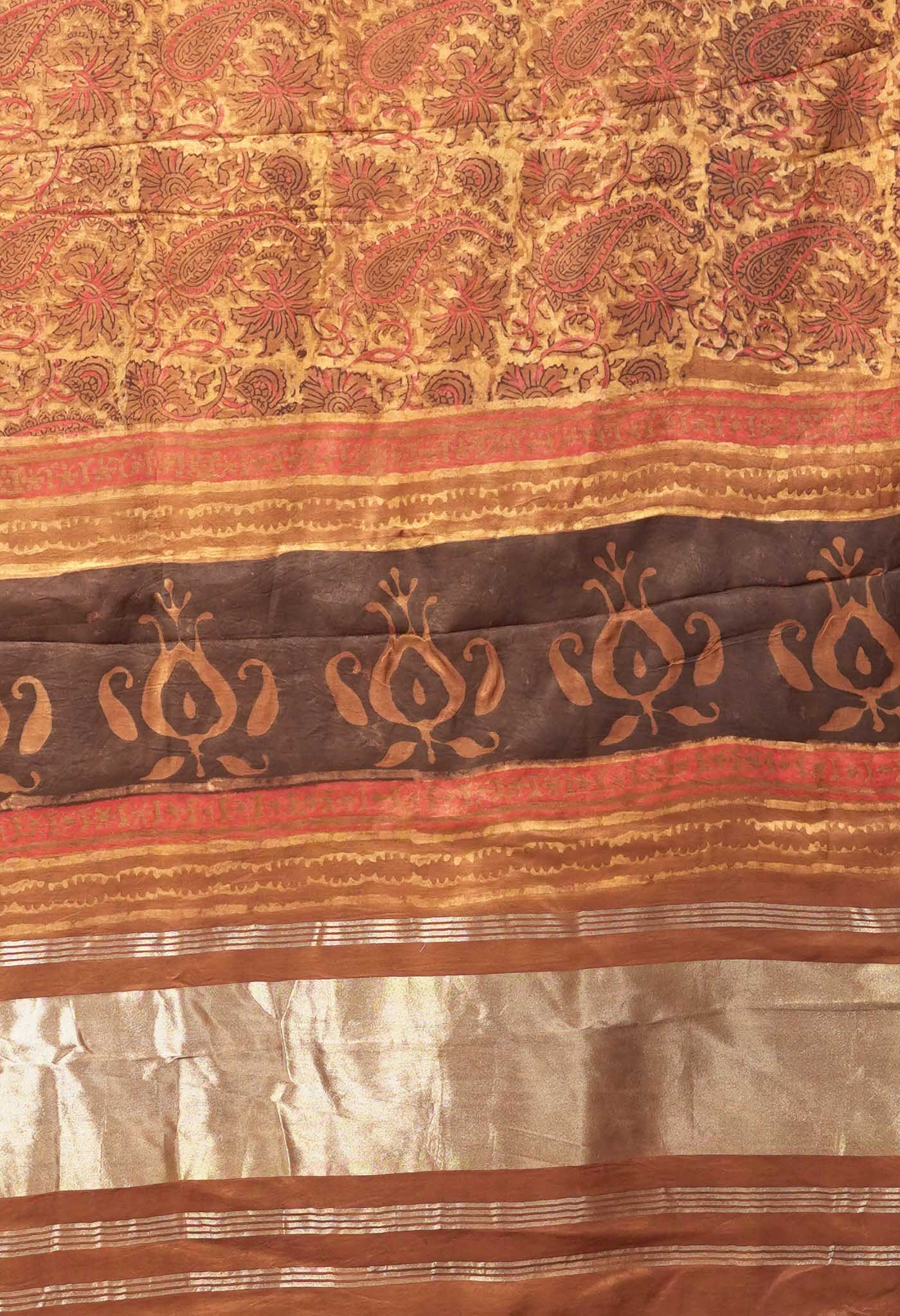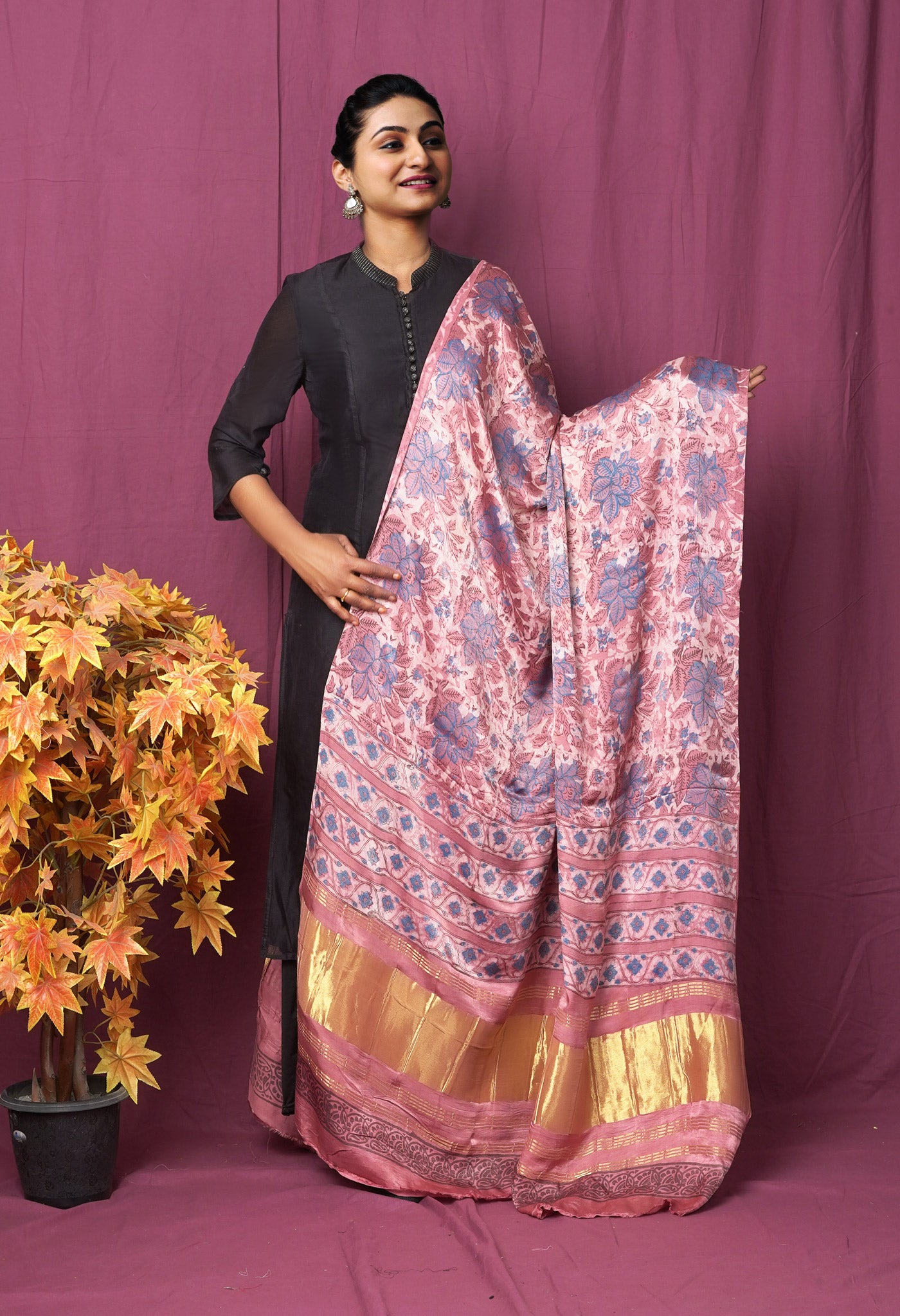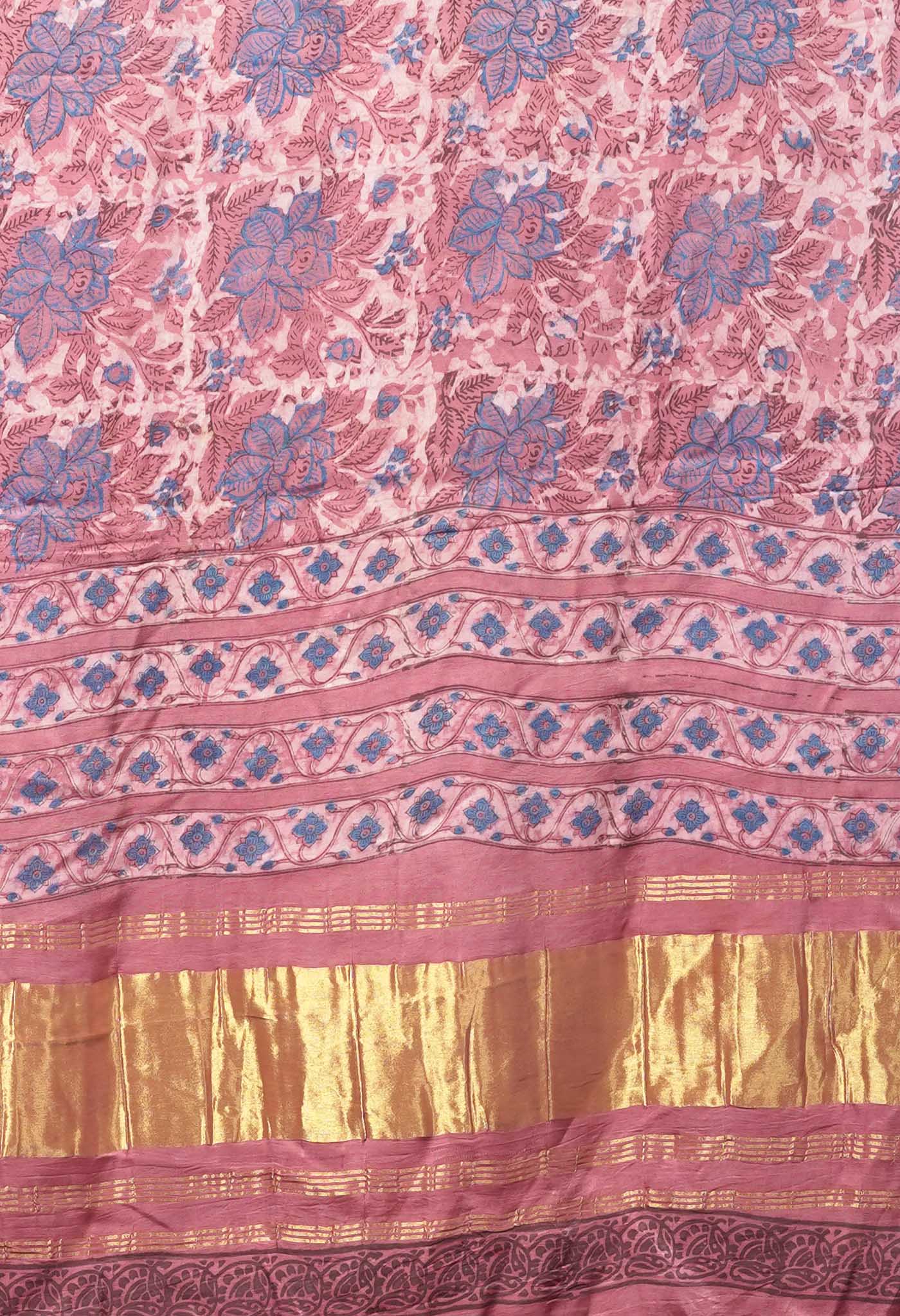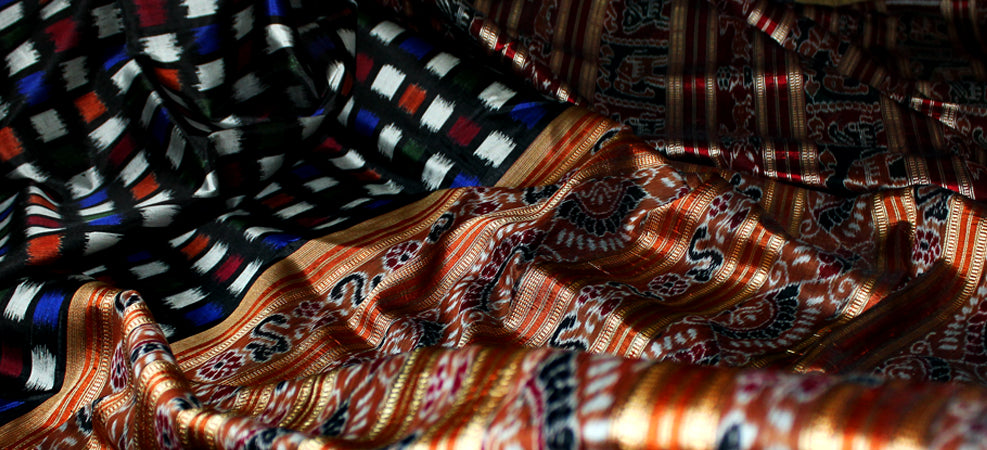
Layman’s guide to ikkat dyeing and weaving
[vc_row][vc_column][vc_column_text]Ikkat or Ikat is a dyeing technique for fabrics, especially sarees.
Threads to be dyed have bindings or substances resisting dye penetration applied on them arranged in a pre-determined pattern. The dye is applied on the threads, the bindings or resists removed after it has dried and the pattern becomes visible on the exposed threads.When more than one colour is to be used in a pattern, then resist bindings have to be used time and again for all the colours to be applied one after the other.
Ikkat is classified into single-ikkat and double-ikat styles.
Single Ikat fabrics are created by interweaving tied and dyed warp with plain weft or resisted weft yarns is inserted in plain weft. Double ikat involves the process of resisting on both warp and weft and then interlacing them to form intricate yet well composed patterns.
When the threads of the warp only are dyed then it is known as warp ikkat. In weft ikat it would be vice versa. In double ikat both the warp threads and the weft threads would be dyed separately and then woven together.
In warp ikat the patterns are evident on the warp lay even before the weft is introduced. Ikat created by dyeing the warp is simple as compared to the making of either weft ikat or double ikat.
In the dyeing process, the yarn is tied in bundles. The yarn could be silk, silk, cotton, jute or any other fibre. The resist bindings in the form of wax or any other dye resistant material, is then applied over the yarn. The dye is applied carefully and systematically and according to the desired shade.
The procedure of application of resist bindings afresh for different colours is repeated till the dyeing process of all colours used is complete. Washed and dried in shade, the coloured threads are laid out on the loom and the weft on small spindles is used to interweave along the warp threads to create the fabric. Important is the pattern that has to surface accurately on the warp for which the alignment of the warp threads is a pre-requisite. If the alignment is precise, the resulting motif comes out as a fine print rather than as a weave.
In weft ikat the weaving proceeds much slower than in warp ikat as the weft feed must be carefully adjusted to maintain the clarity of the patterns.
Double Ikat is a technique in which both warp and the weft are resist-dyed prior to putting them on the loom. The double ikat is predominantly woven in Gujarat, India and is called patola.
Double Ikat is created by tying both the warp and weft prior to weaving or more specifically, employs a variety of tie-dye resist techniques. This form of weaving requires the most skill for precise patterns to be woven and is considered the premiere form of ikat. The amount of labour and skill required also make it the most expensive.
Pochampally Sari, a variety from a small village in Andhra Pradesh, India is known for its exquisite silk sarees woven in the double Ikat “tie and dye” style. There is also the Orissa handloom silks which are woven along similar lines. But the finest and most exquisite heirloom tradition in double ikkat weave is that of the Patan Patola of Gujarat. It is said that the front and back sides of the same fabric are mirror images of each other..[/vc_column_text][/vc_column][/vc_row][vc_row][vc_column width="1/1"][vc_gallery type="image_grid" interval="15" images="4054,4055,4049,4057,4050,4048,4051,4052,4053,4056" onclick="link_image" custom_links_target="_self" title="Handcrafted Ikat Silk and Cotton Sarees"][/vc_column][/vc_row][vc_row][vc_column width="1/1"][vc_cta_button call_text="Shop Online the Widest Range of Ikat silk and cotton sarees On Unnati Silks" title="Shop Online" target="_blank" color="btn-danger" icon="none" size="wpb_regularsize" position="cta_align_right" href="https://www.unnatisilks.com/blog/wp-content/uploads/2013/12/ikkat-printed-sarees.html"][/vc_column][/vc_row]

